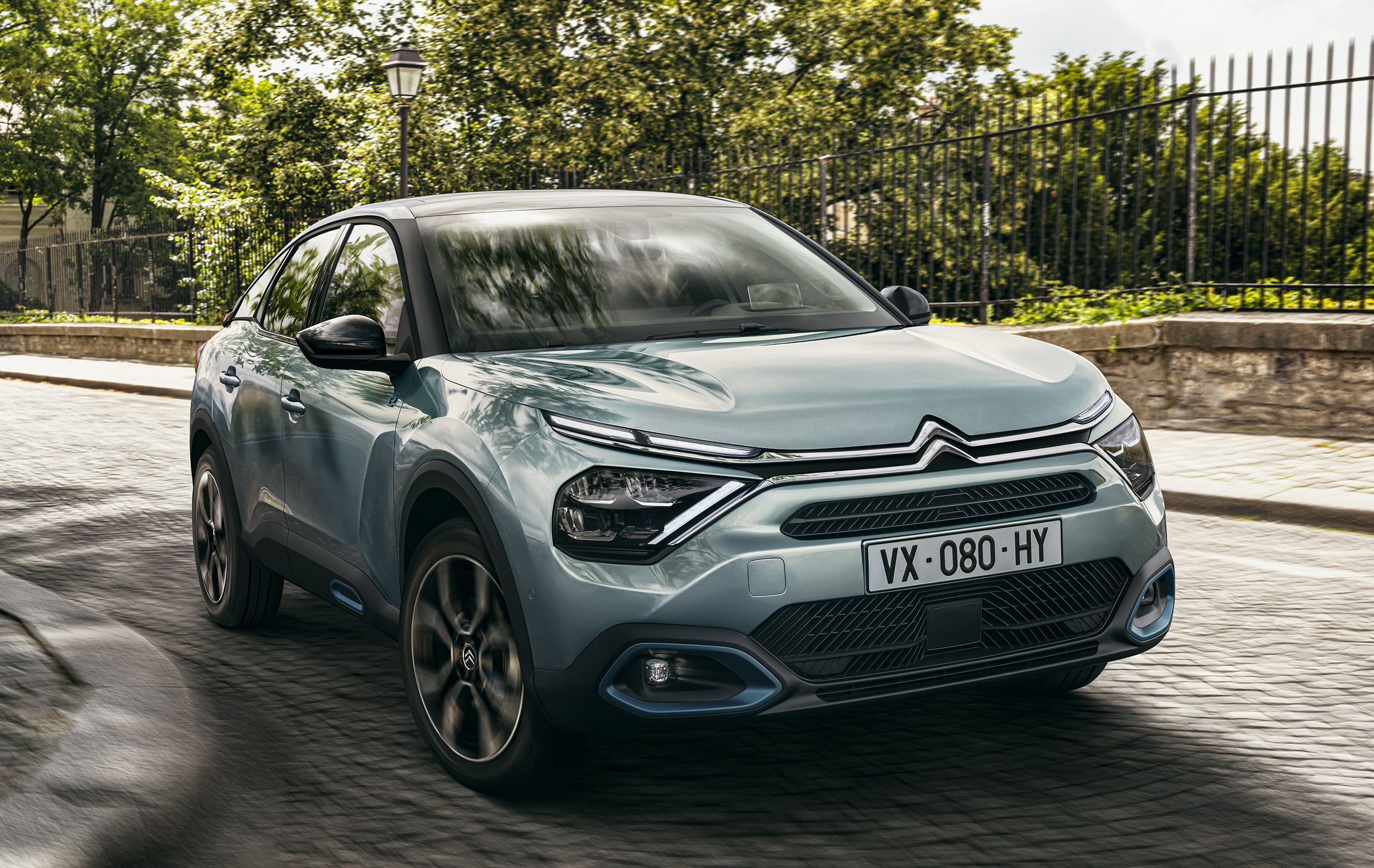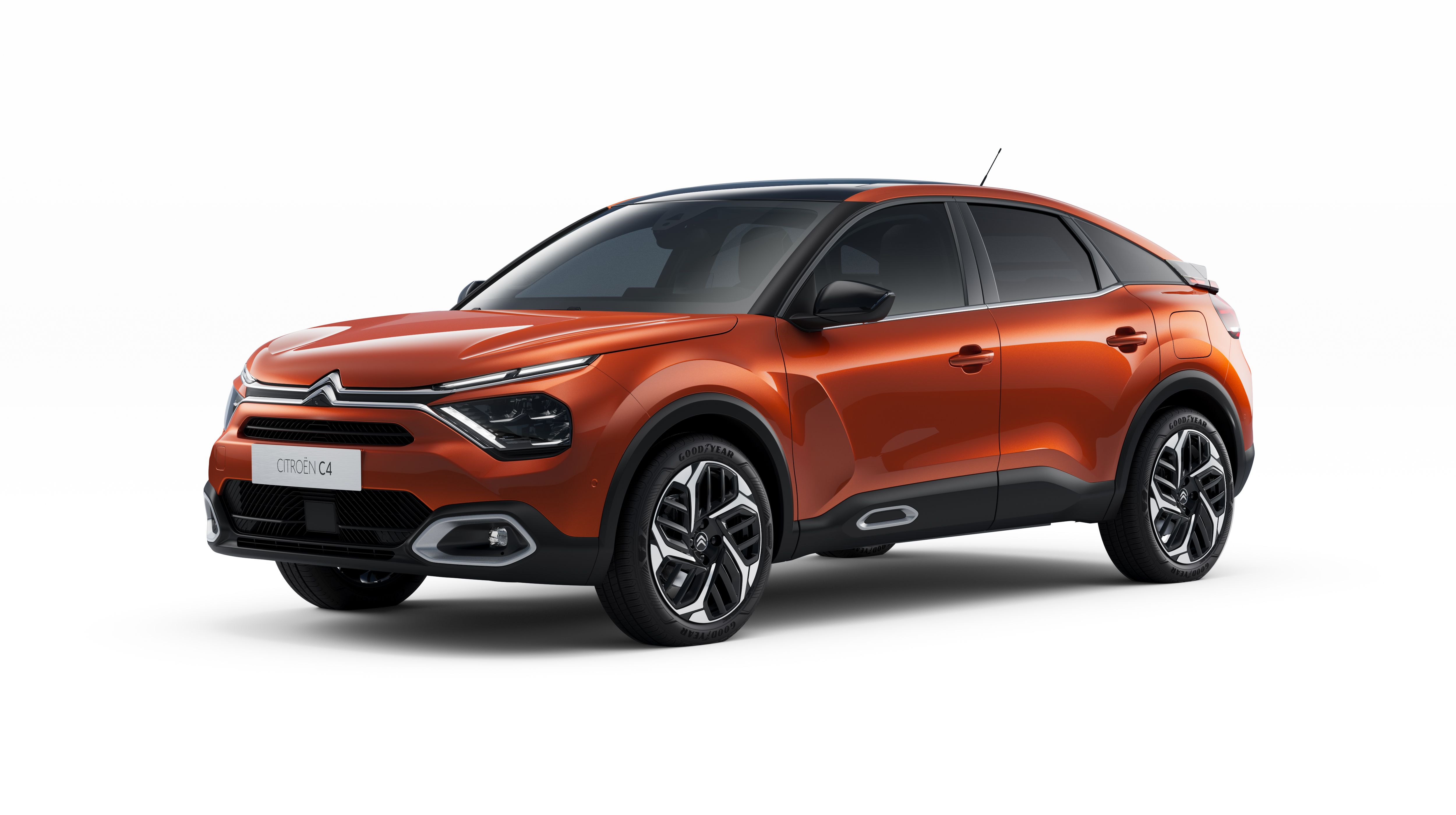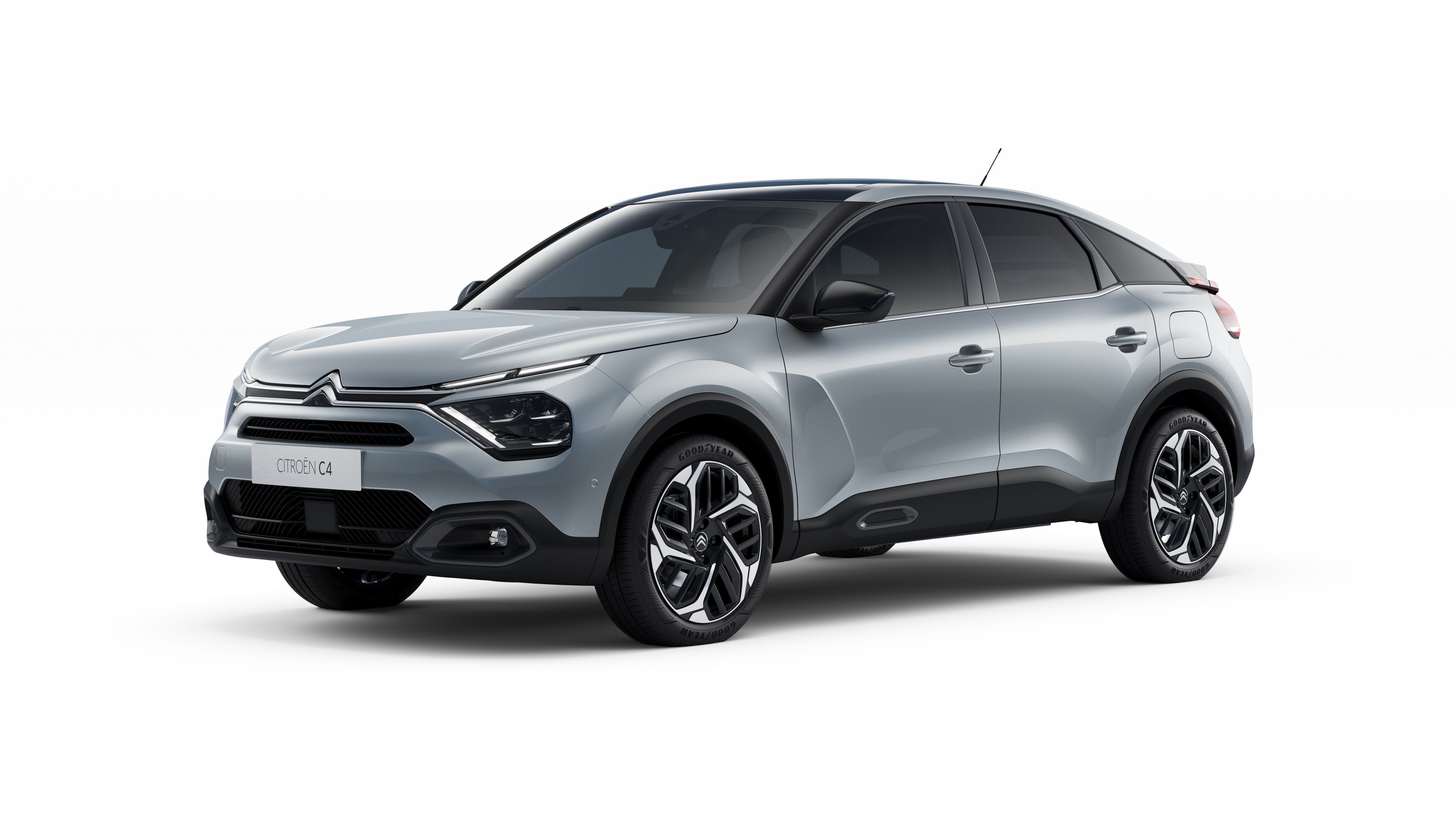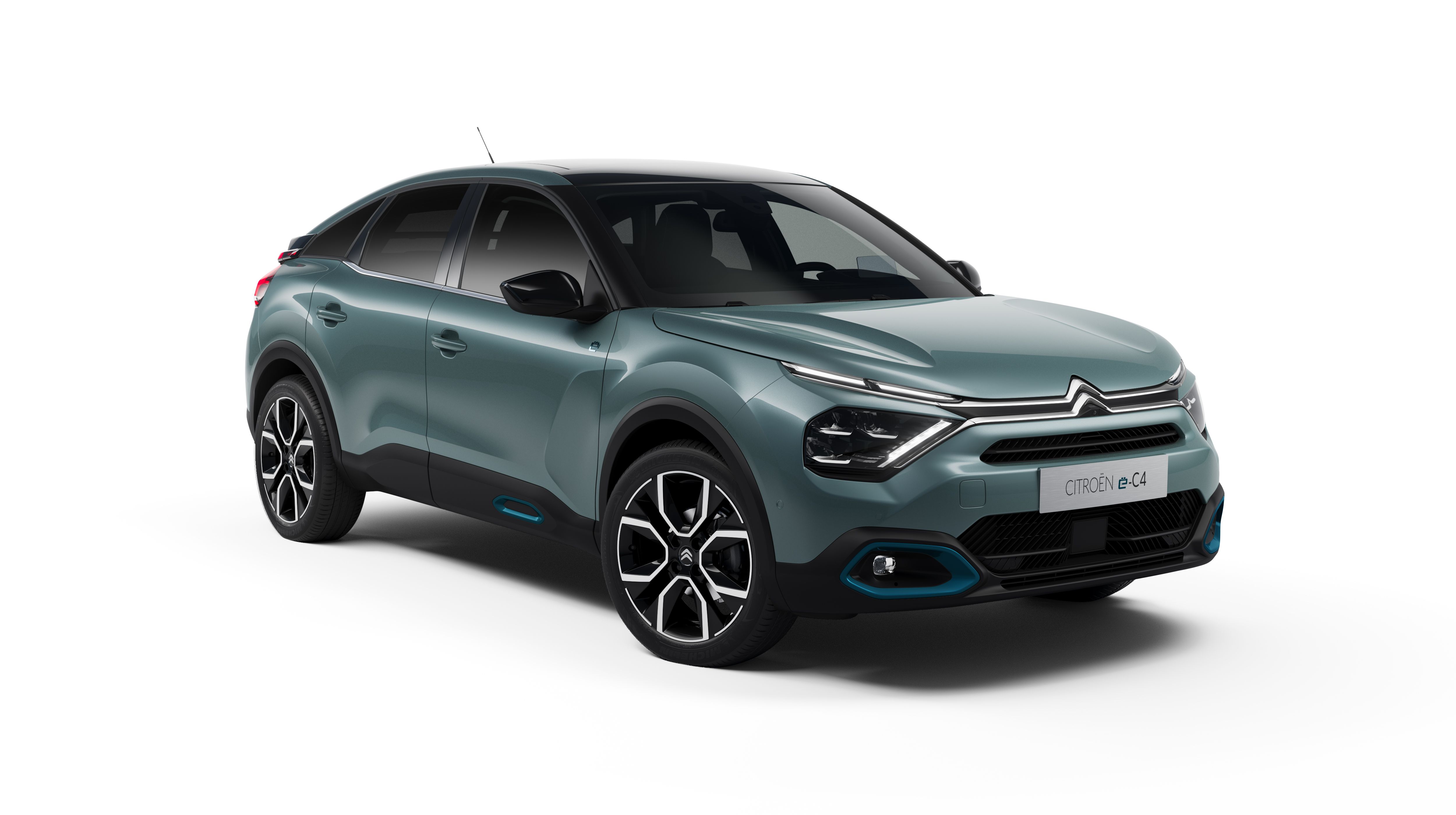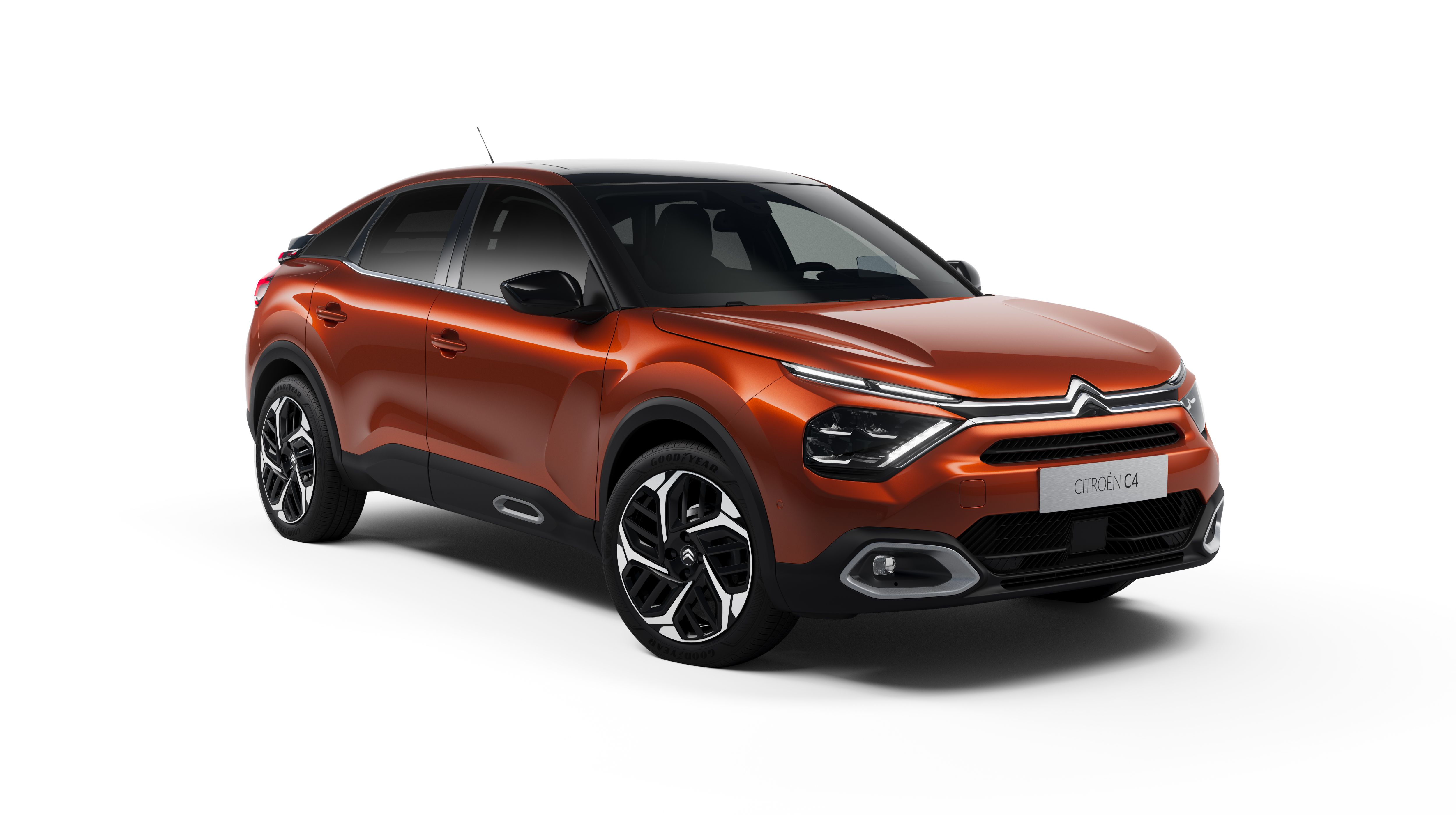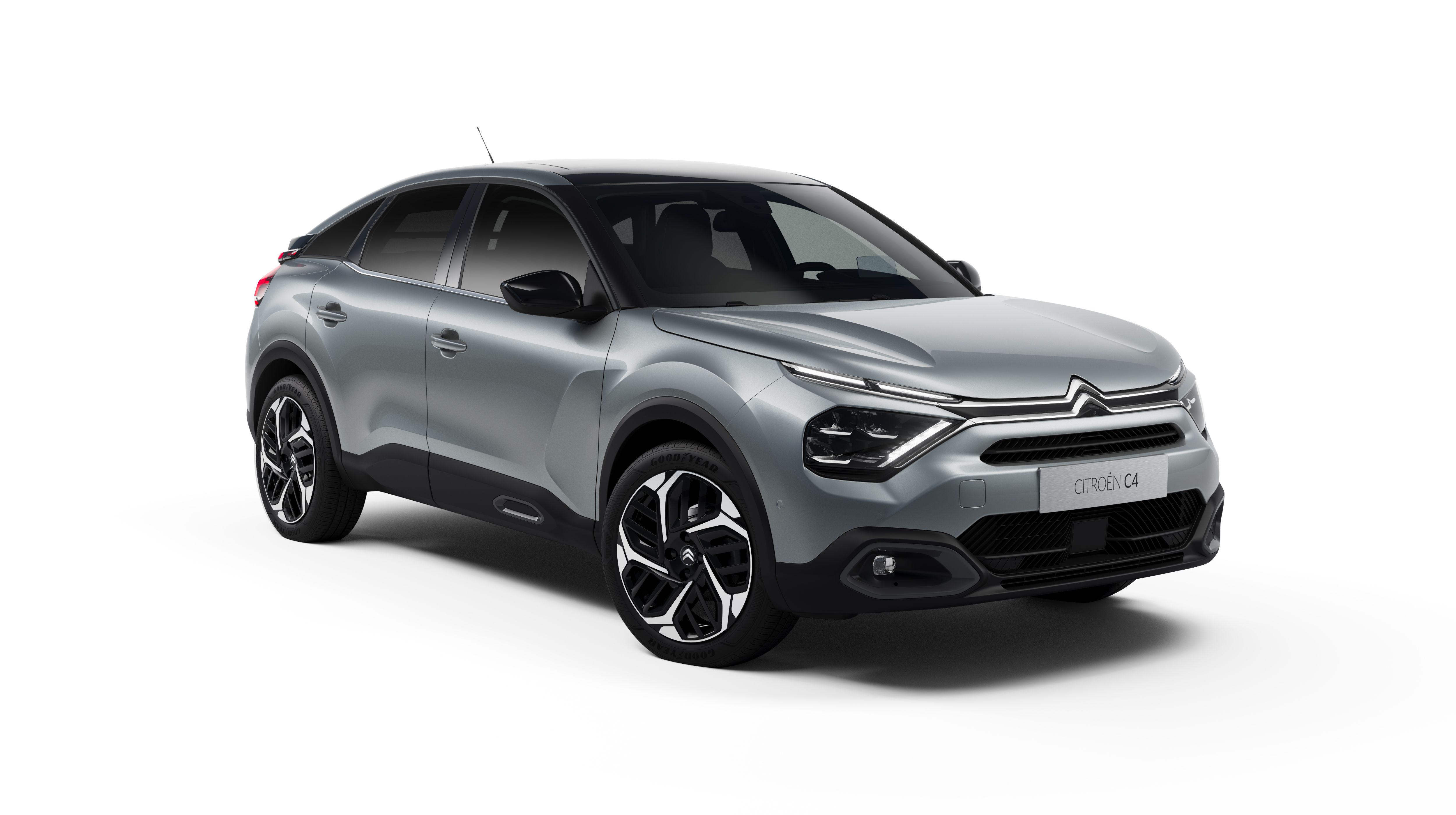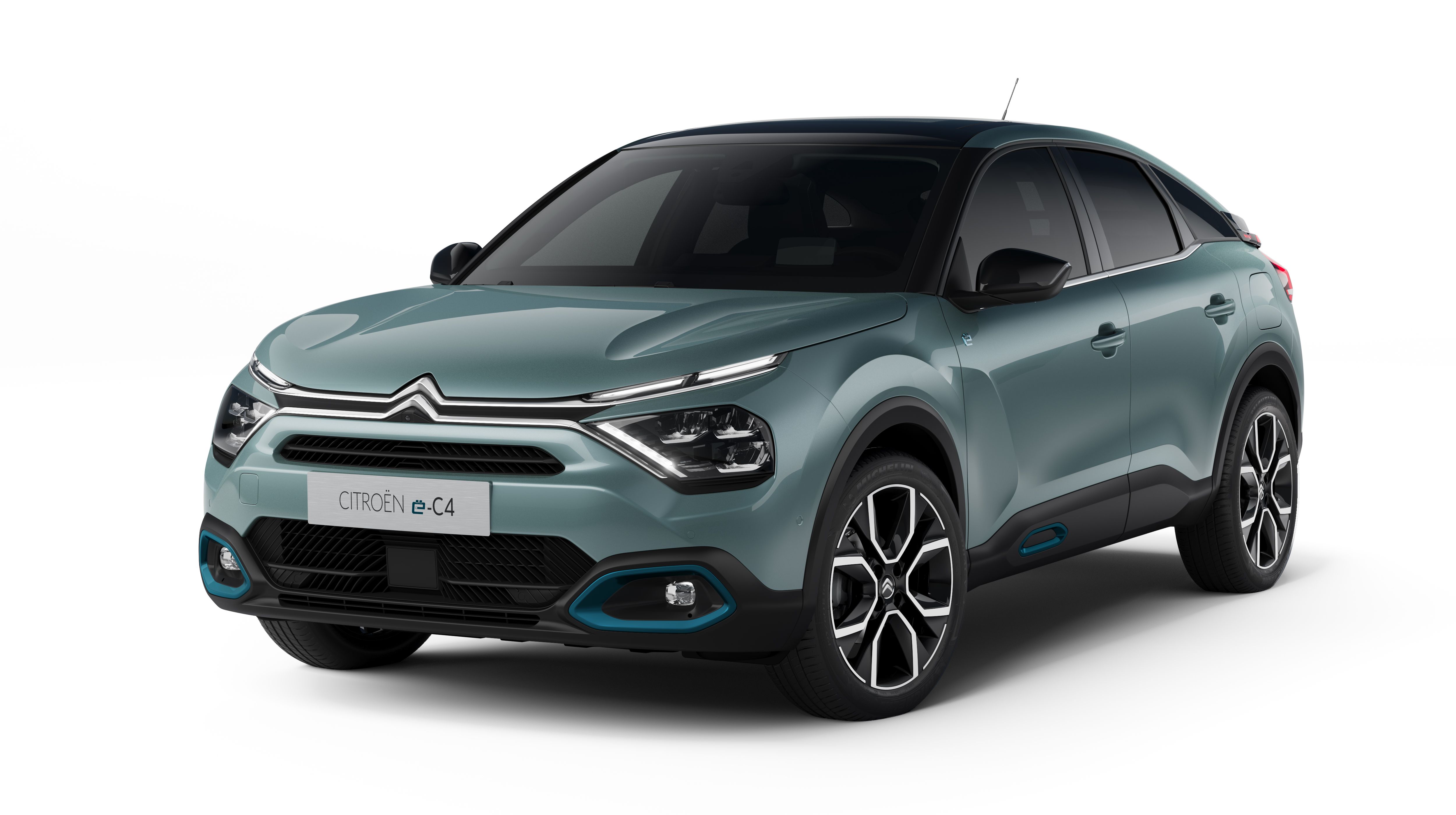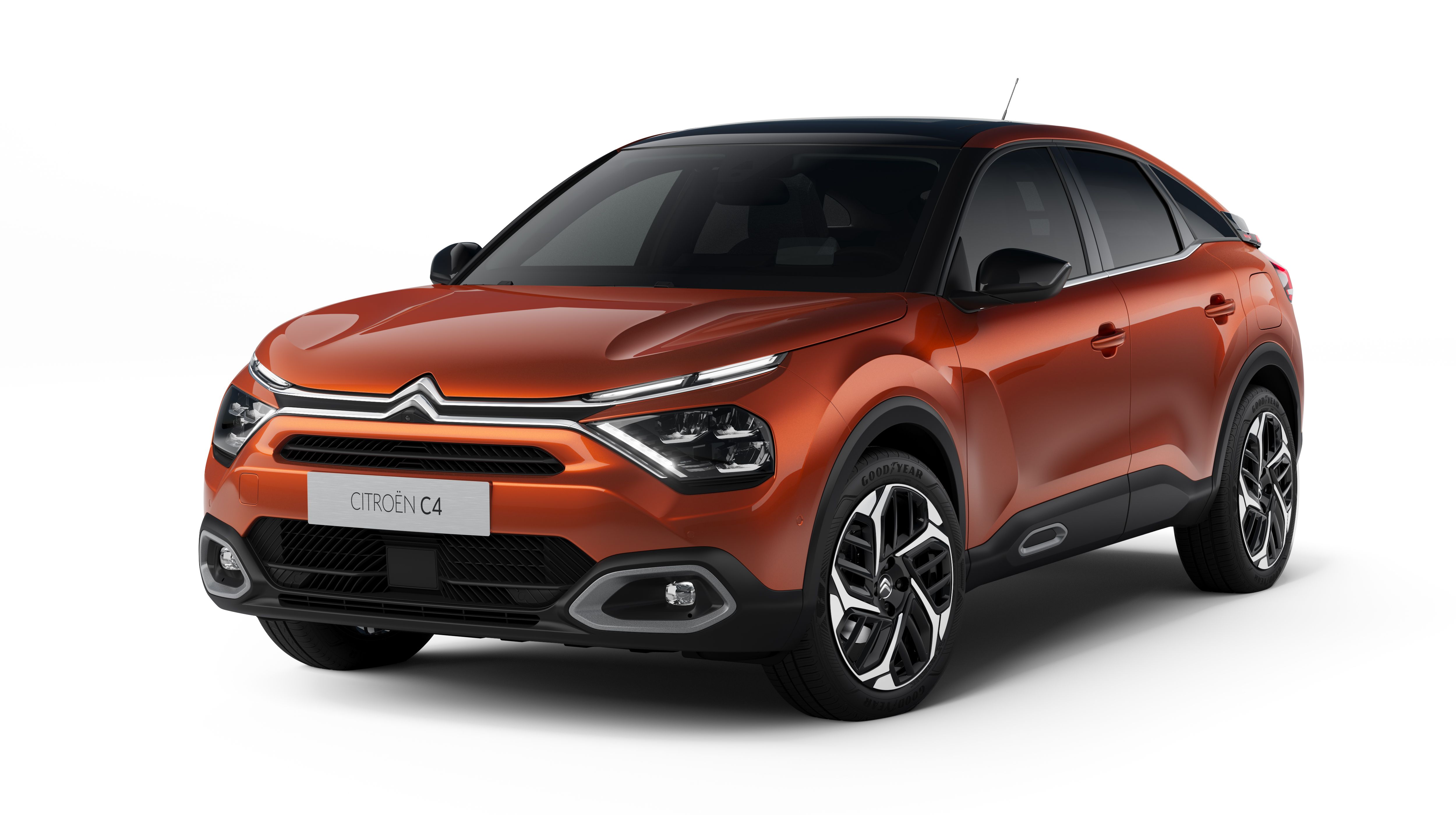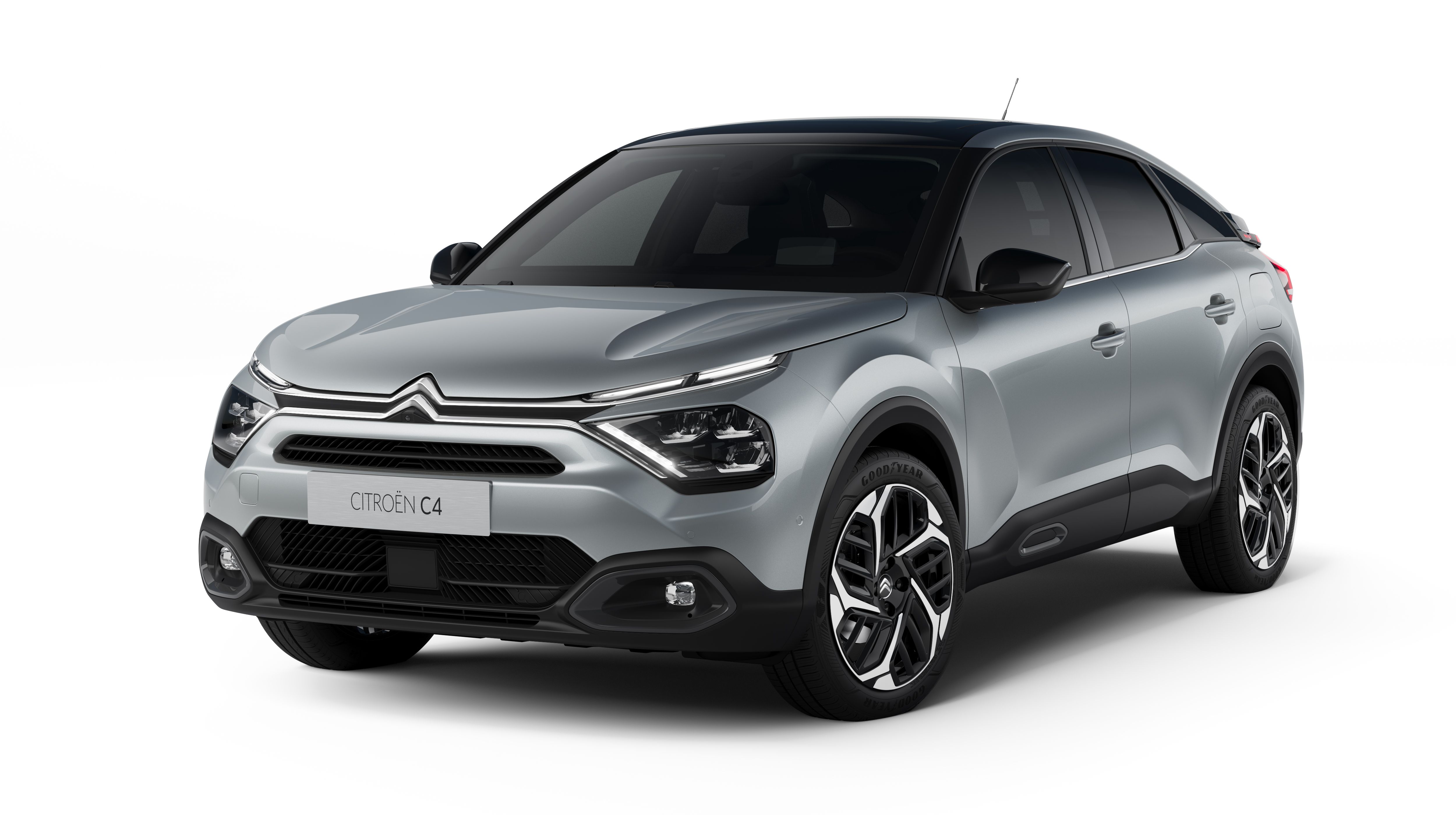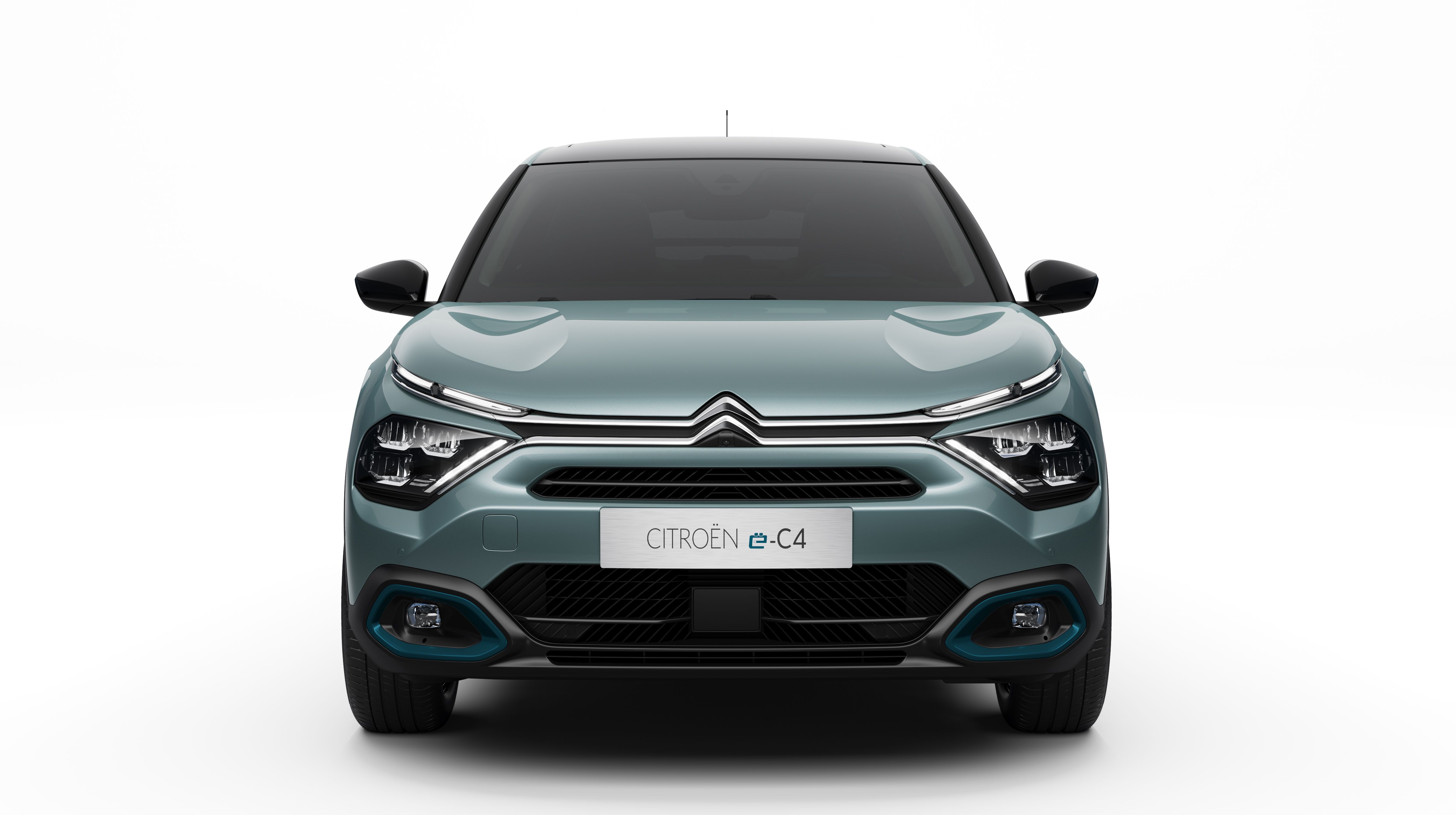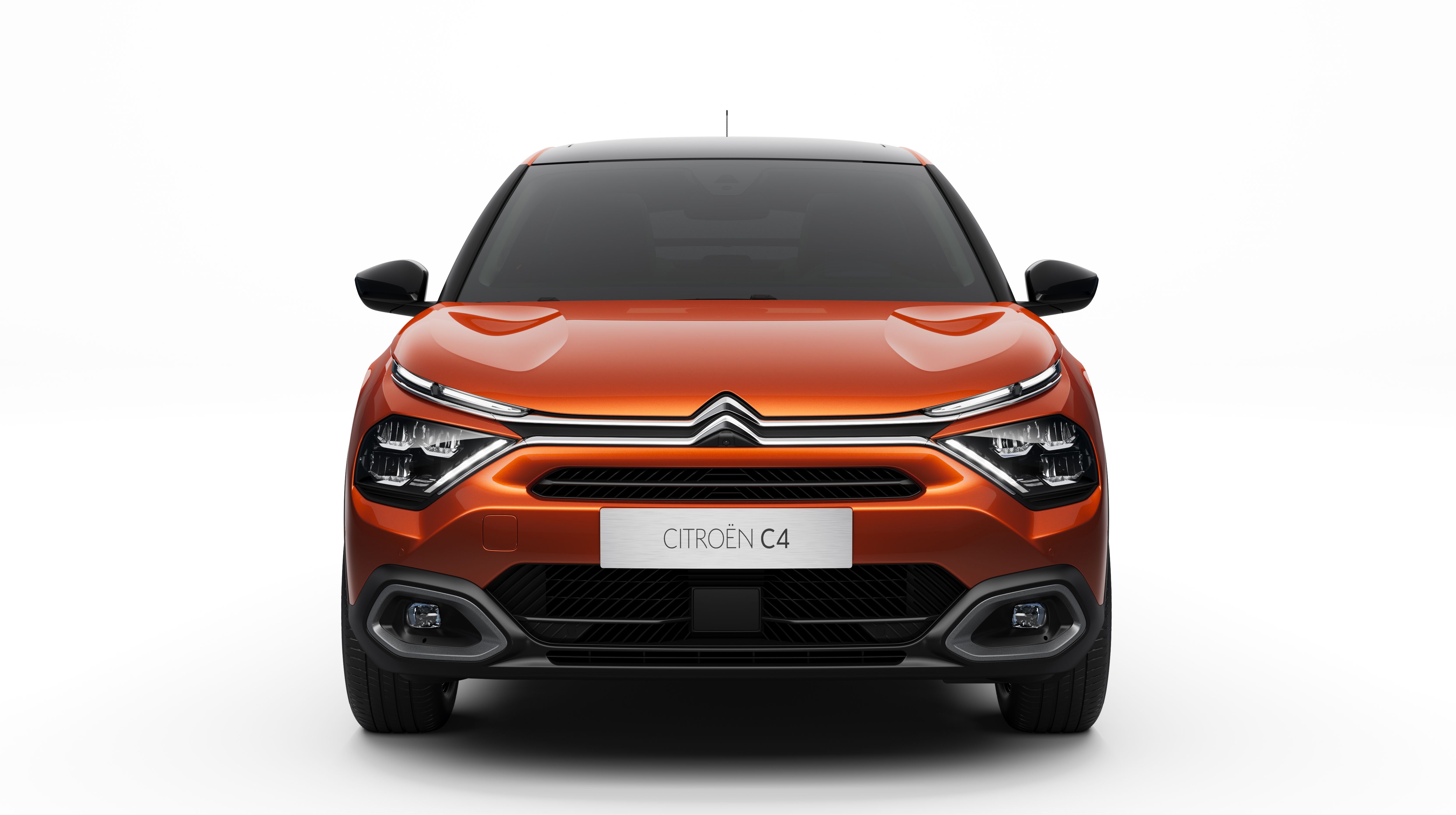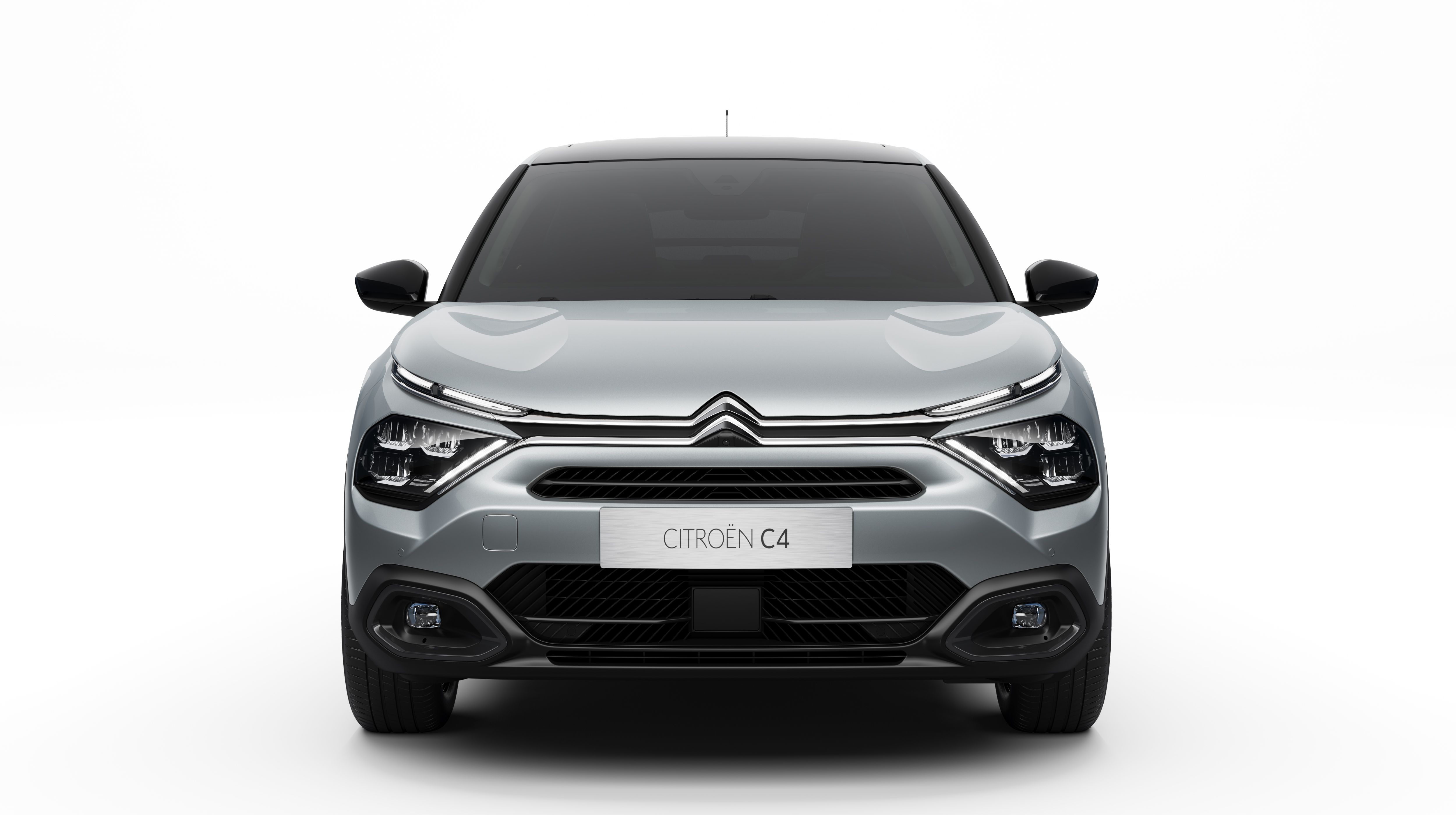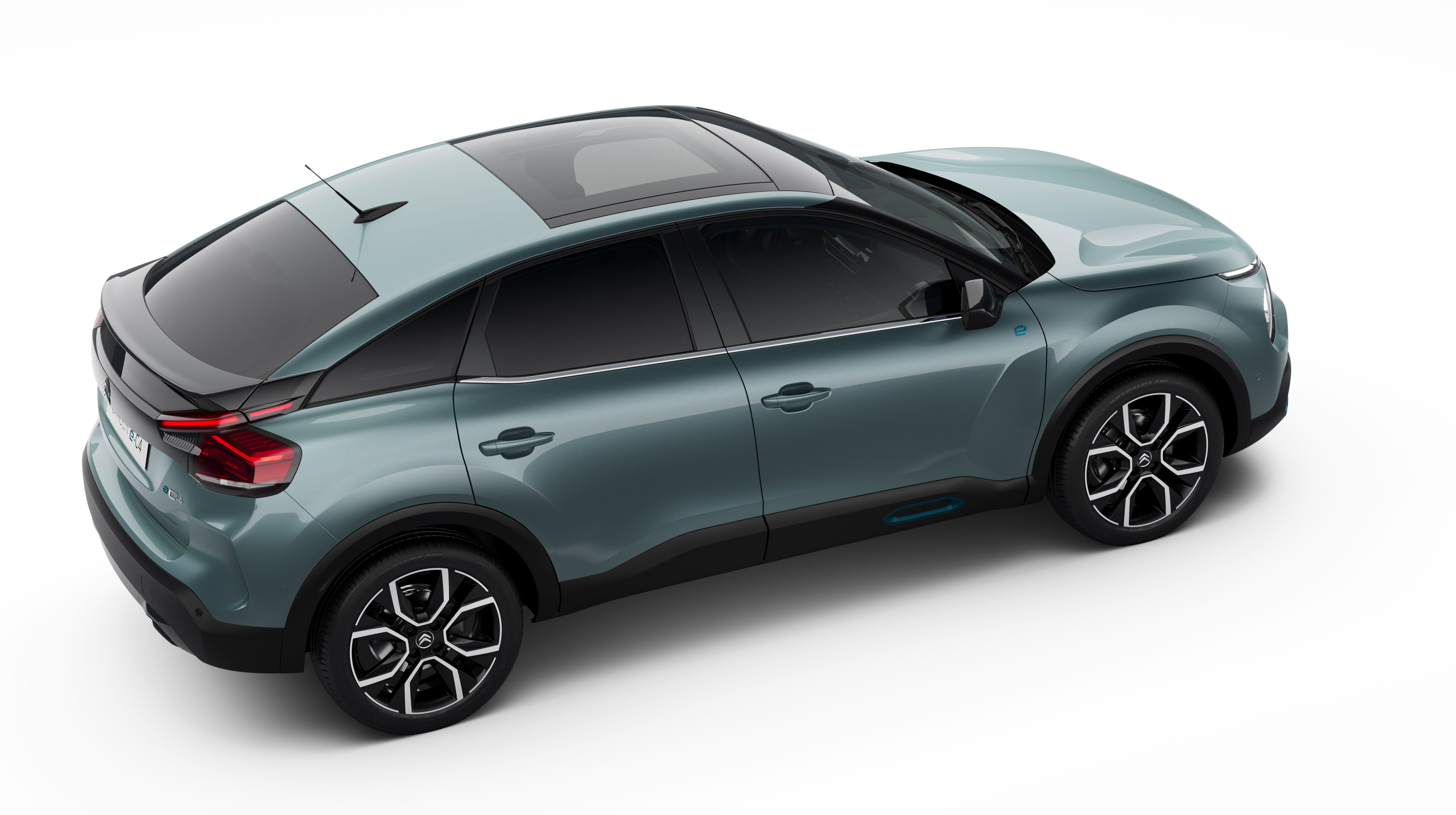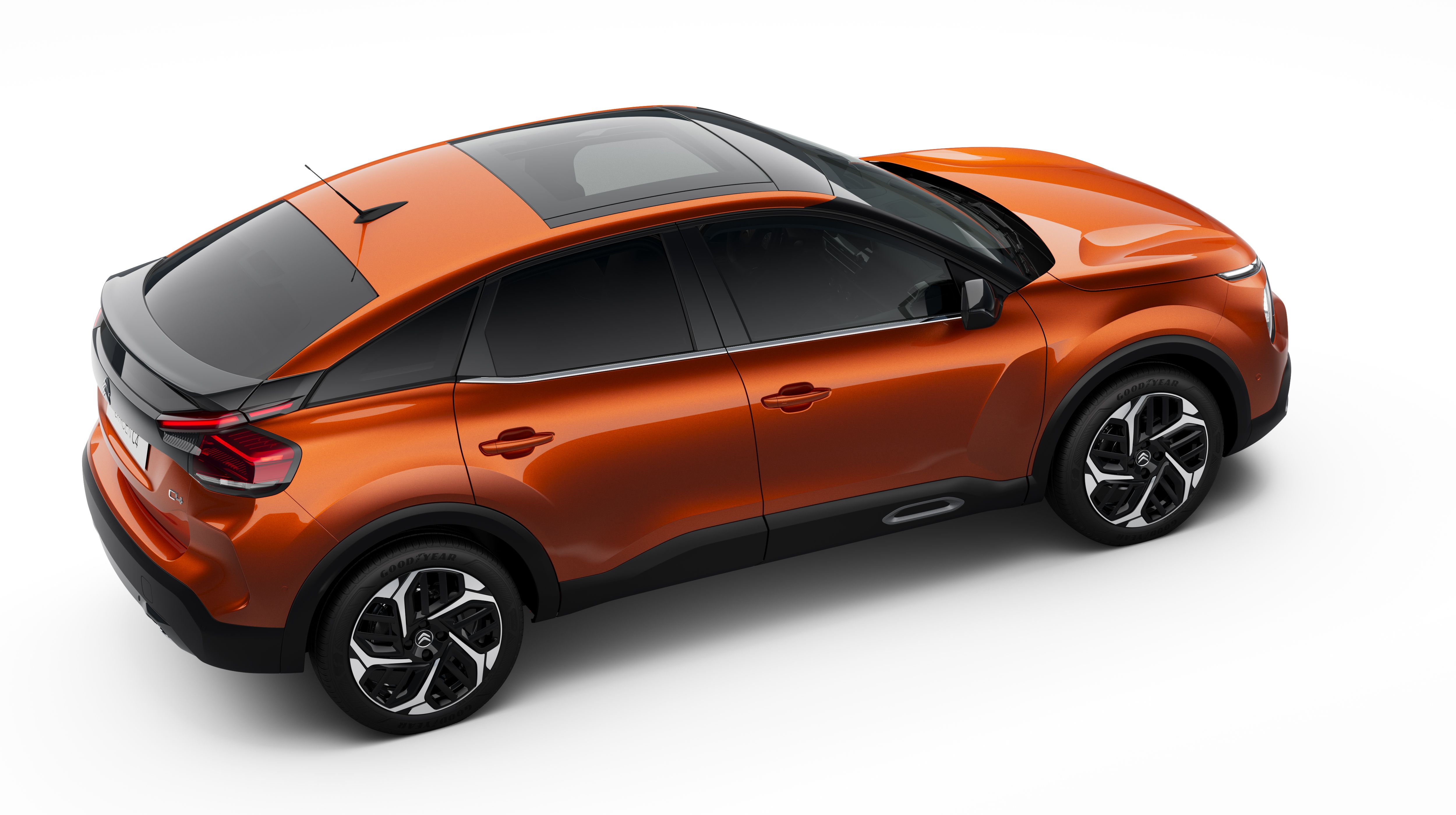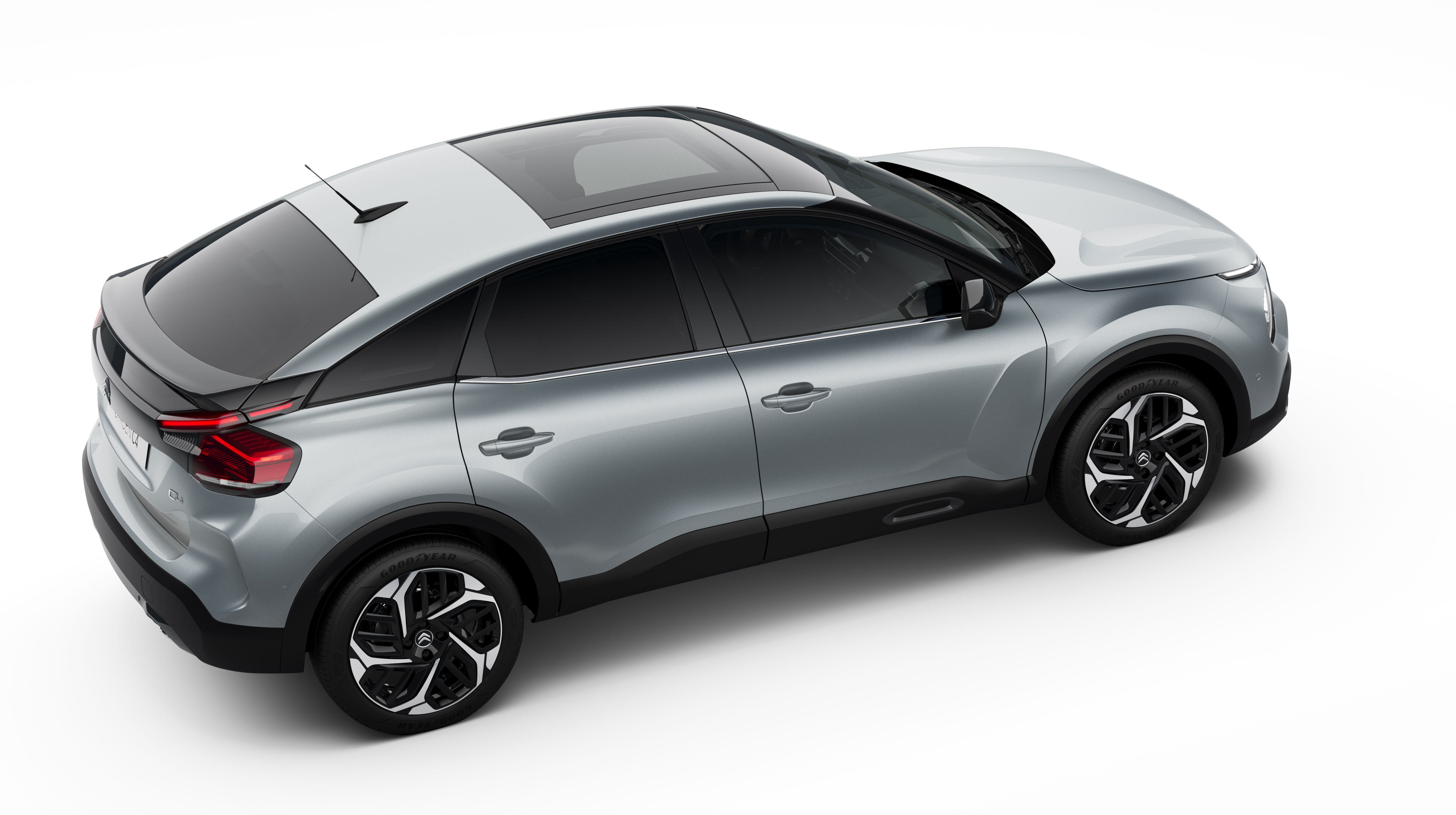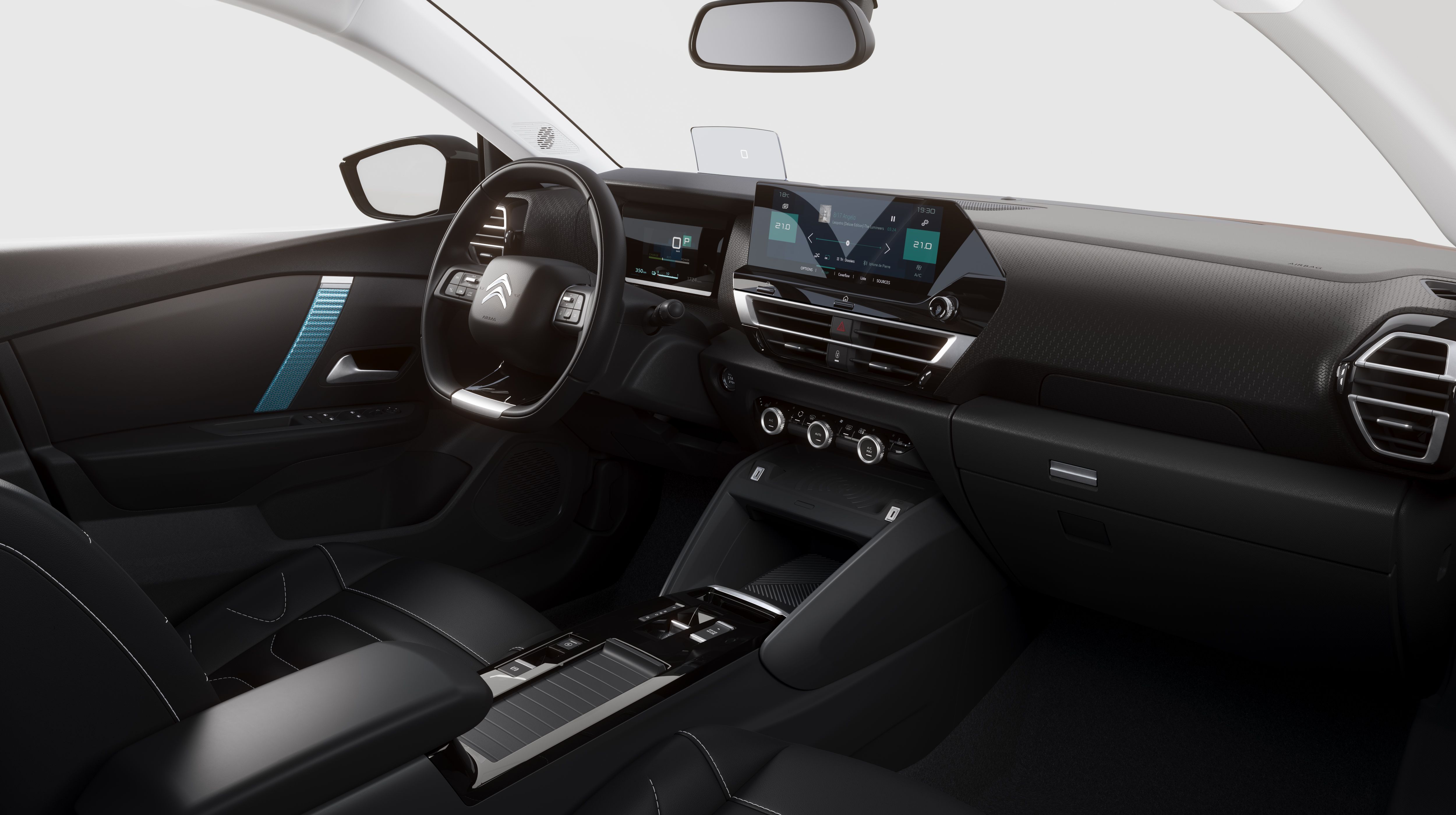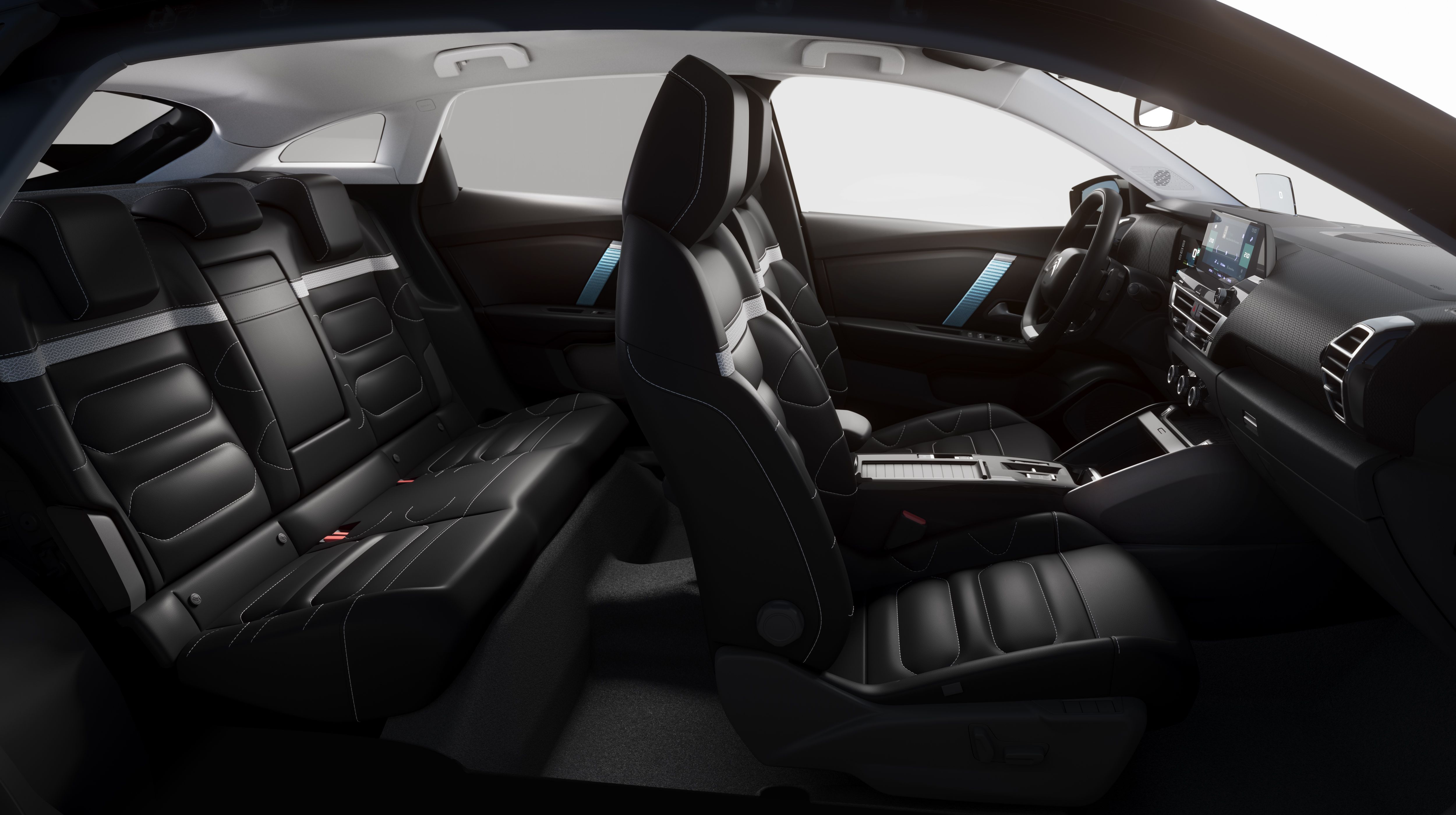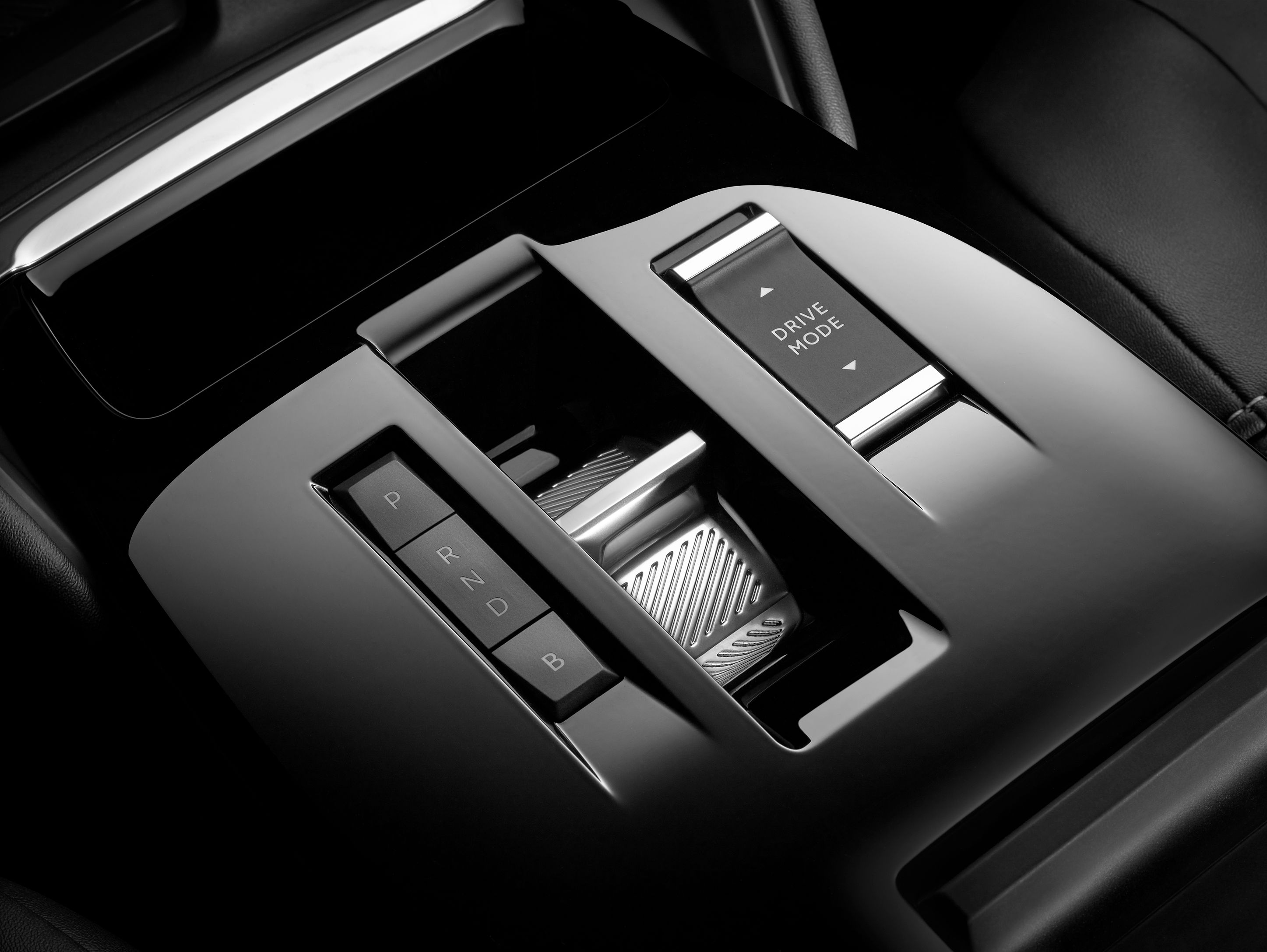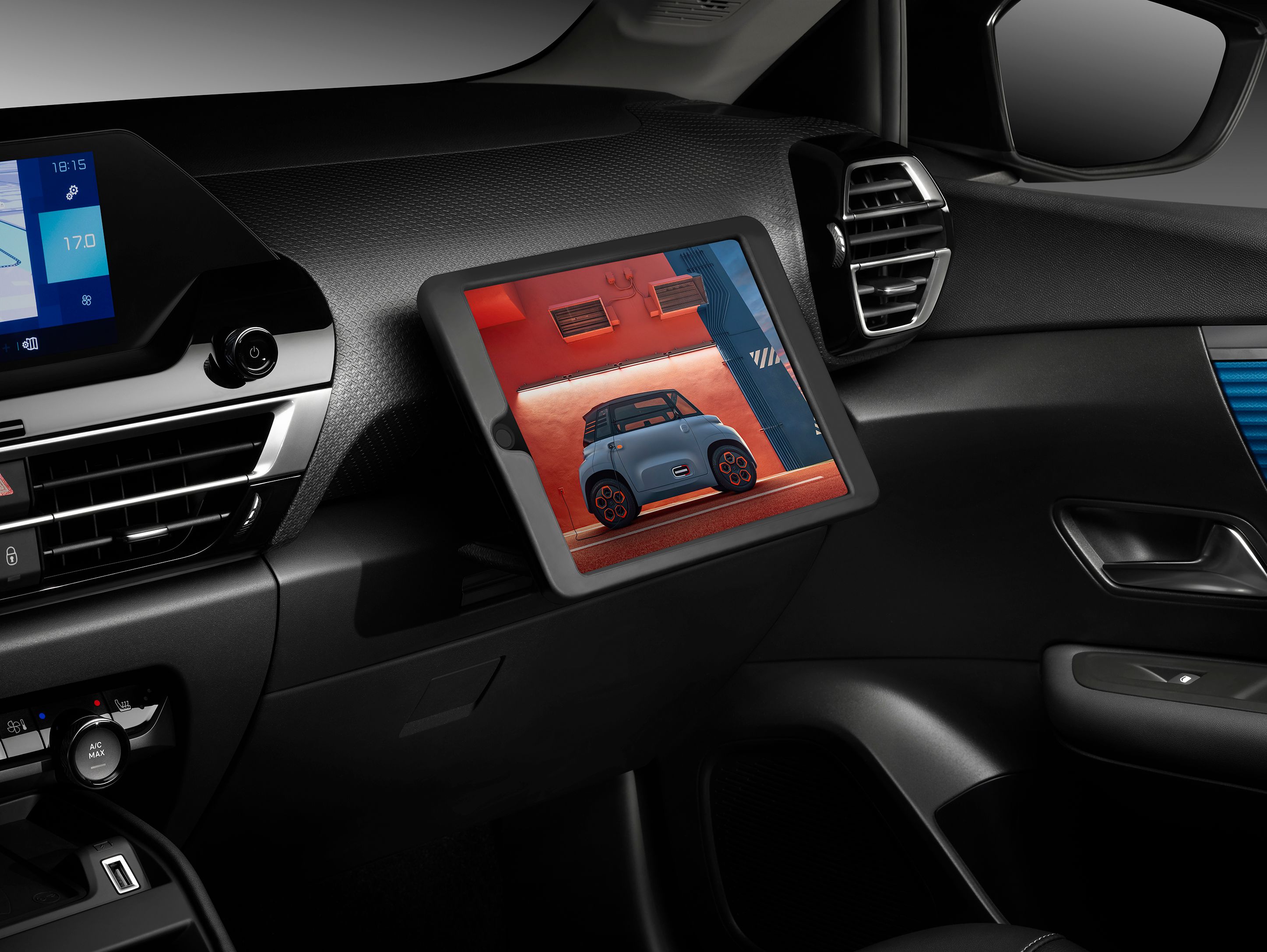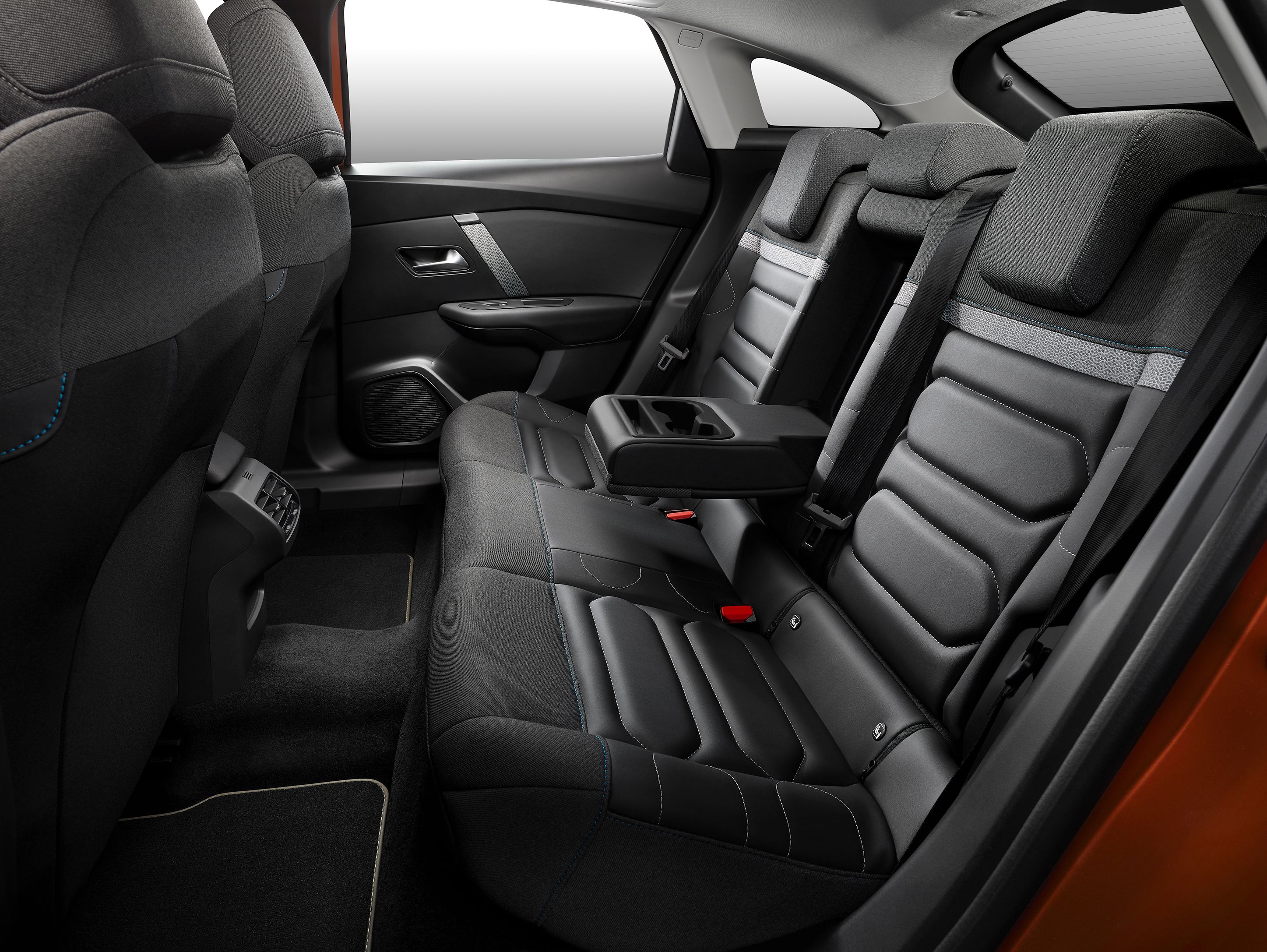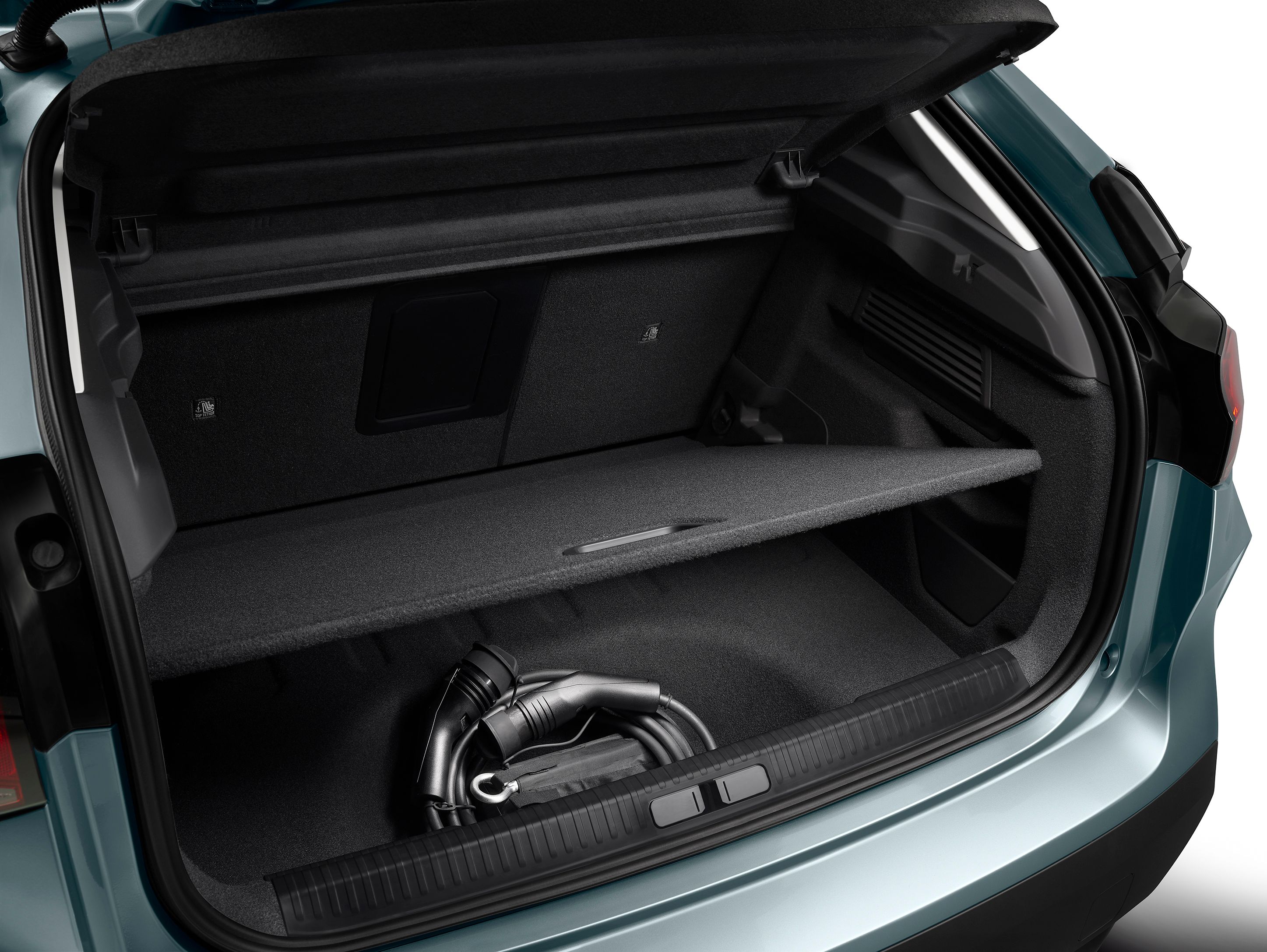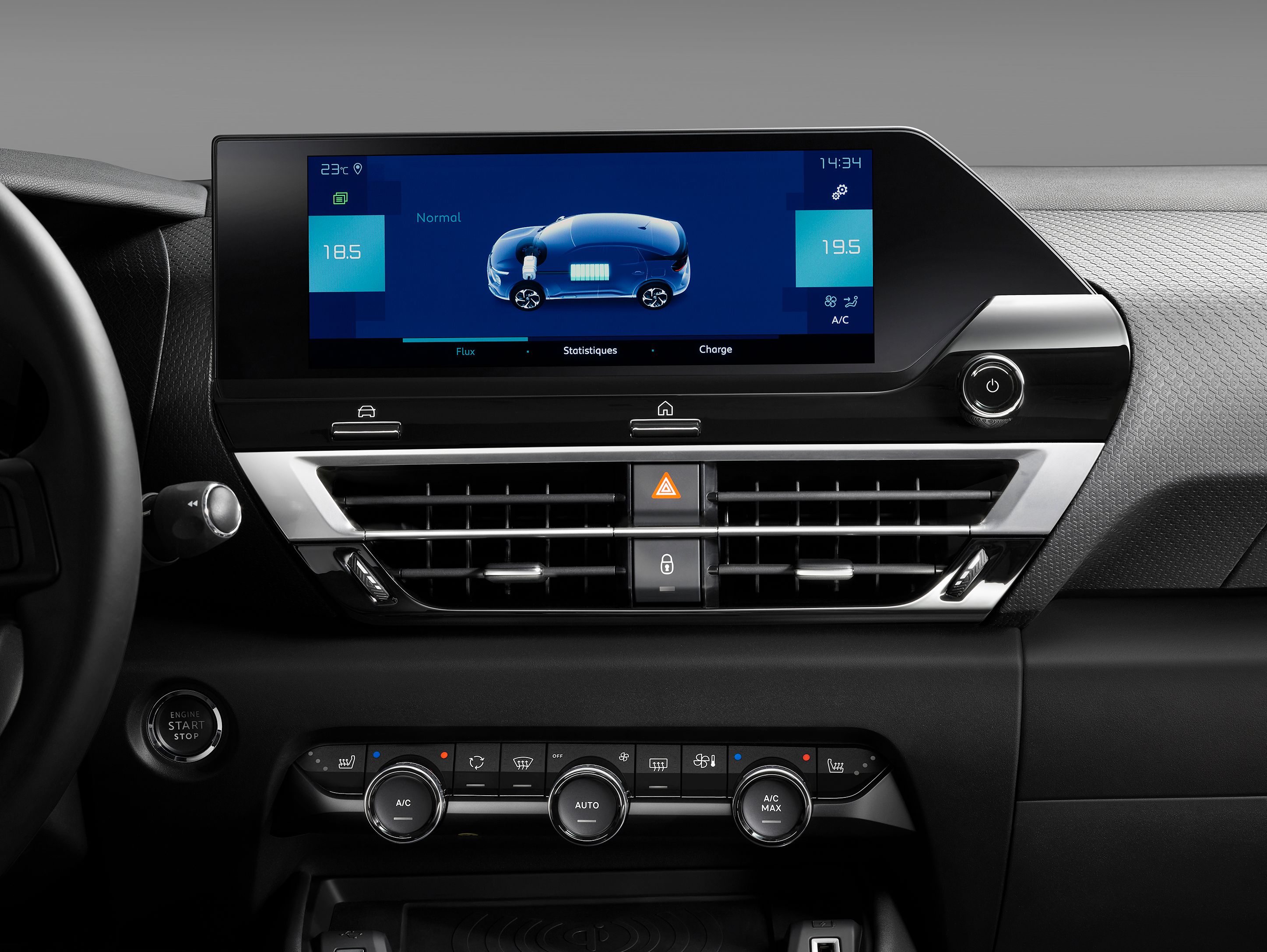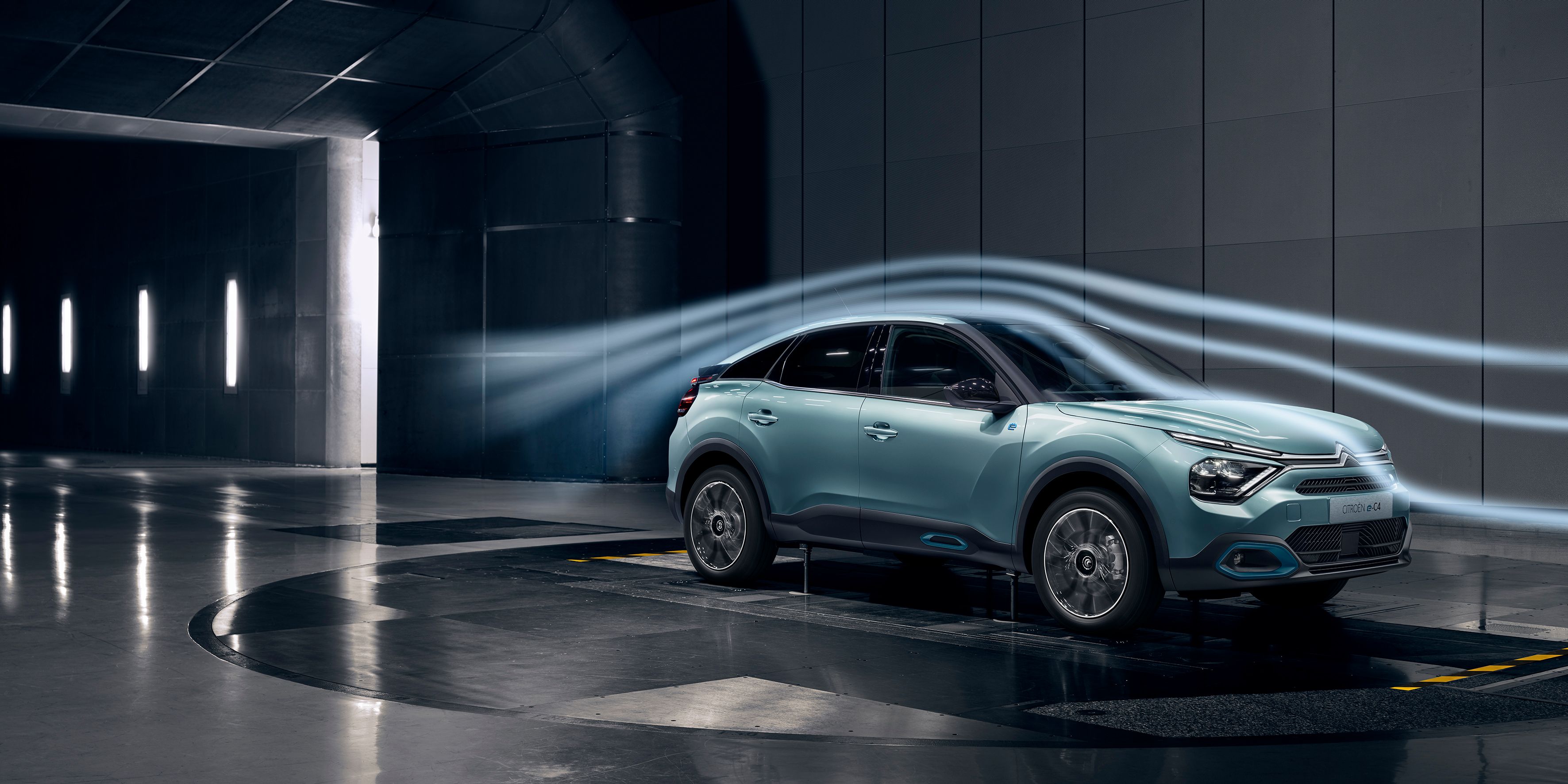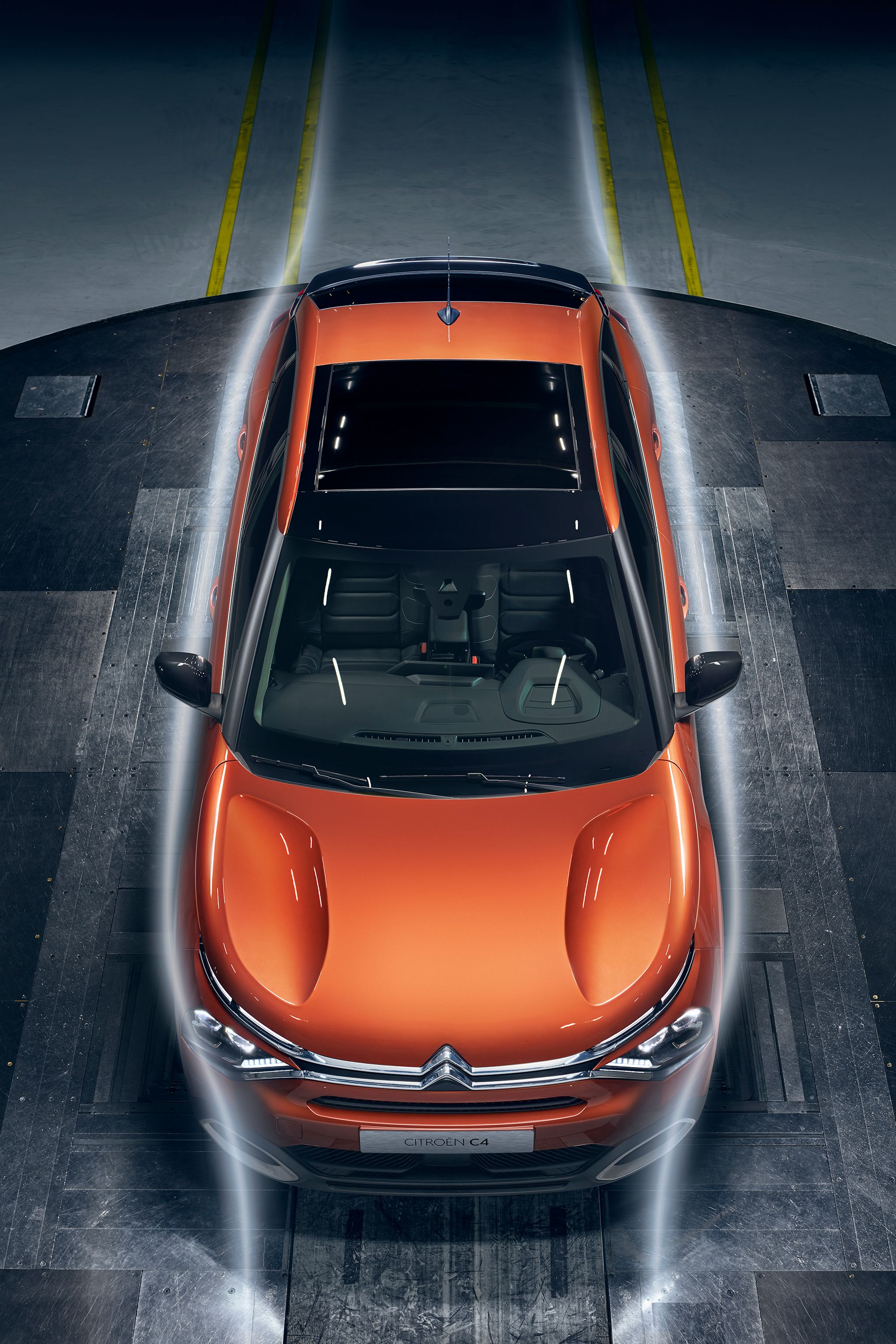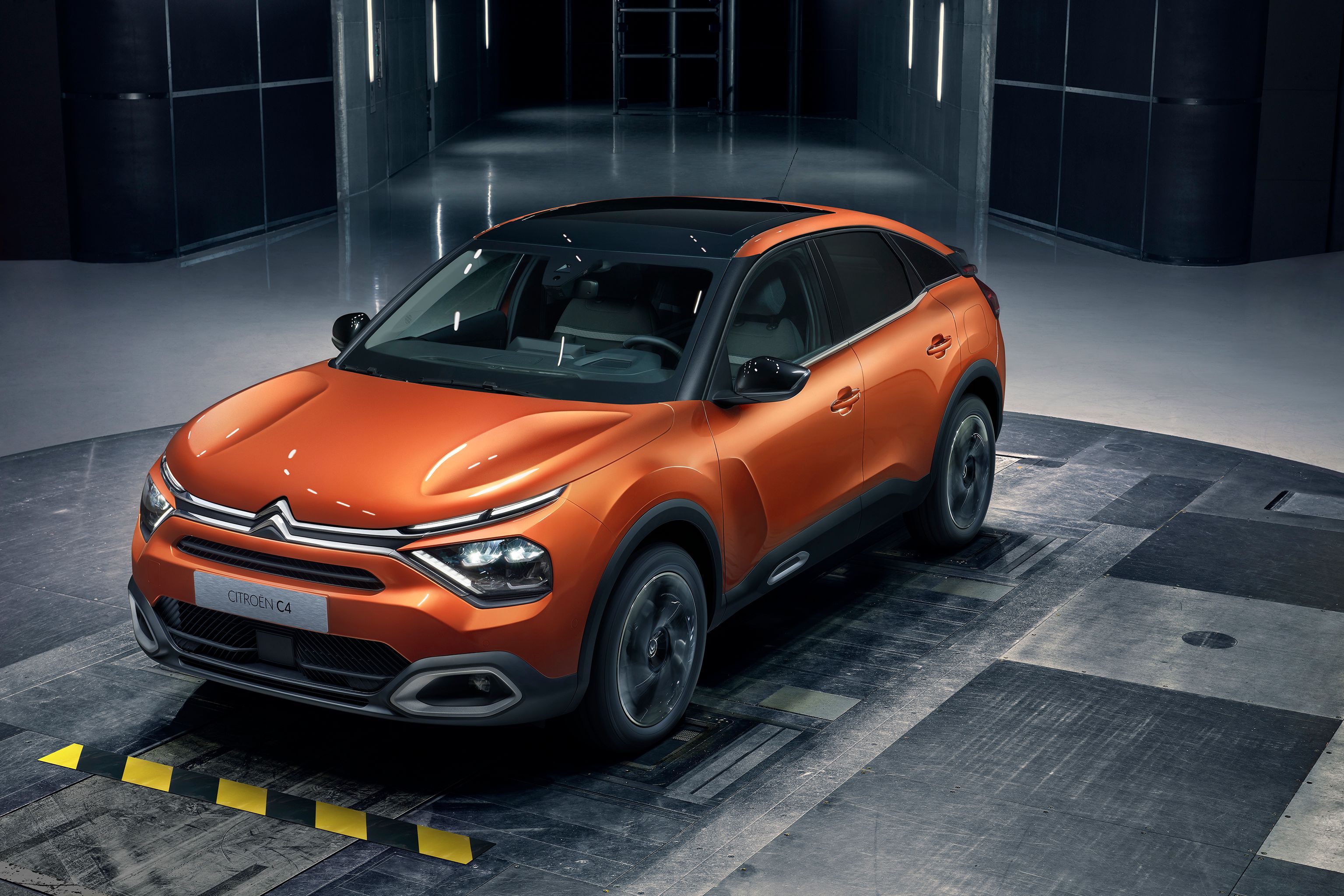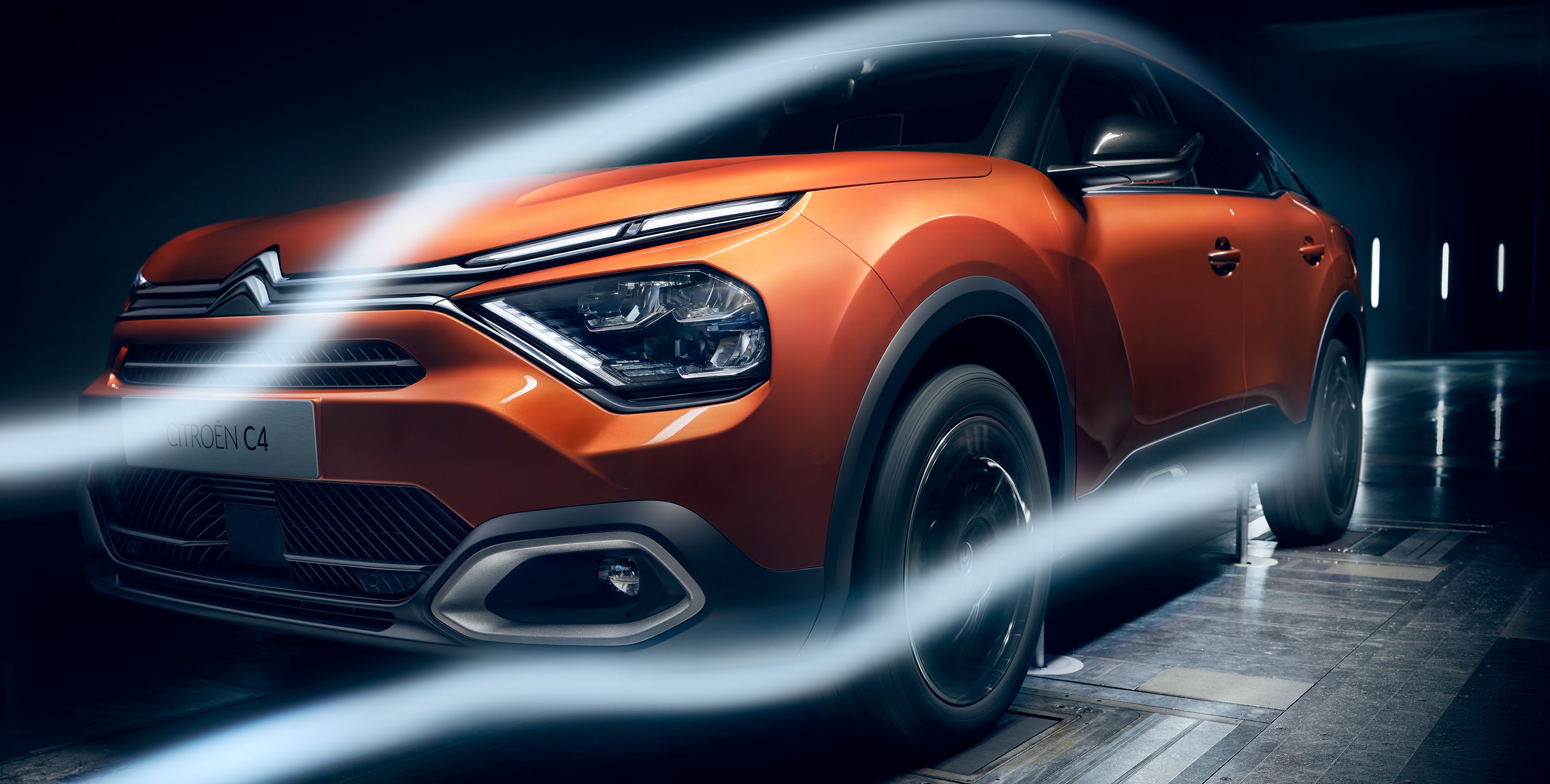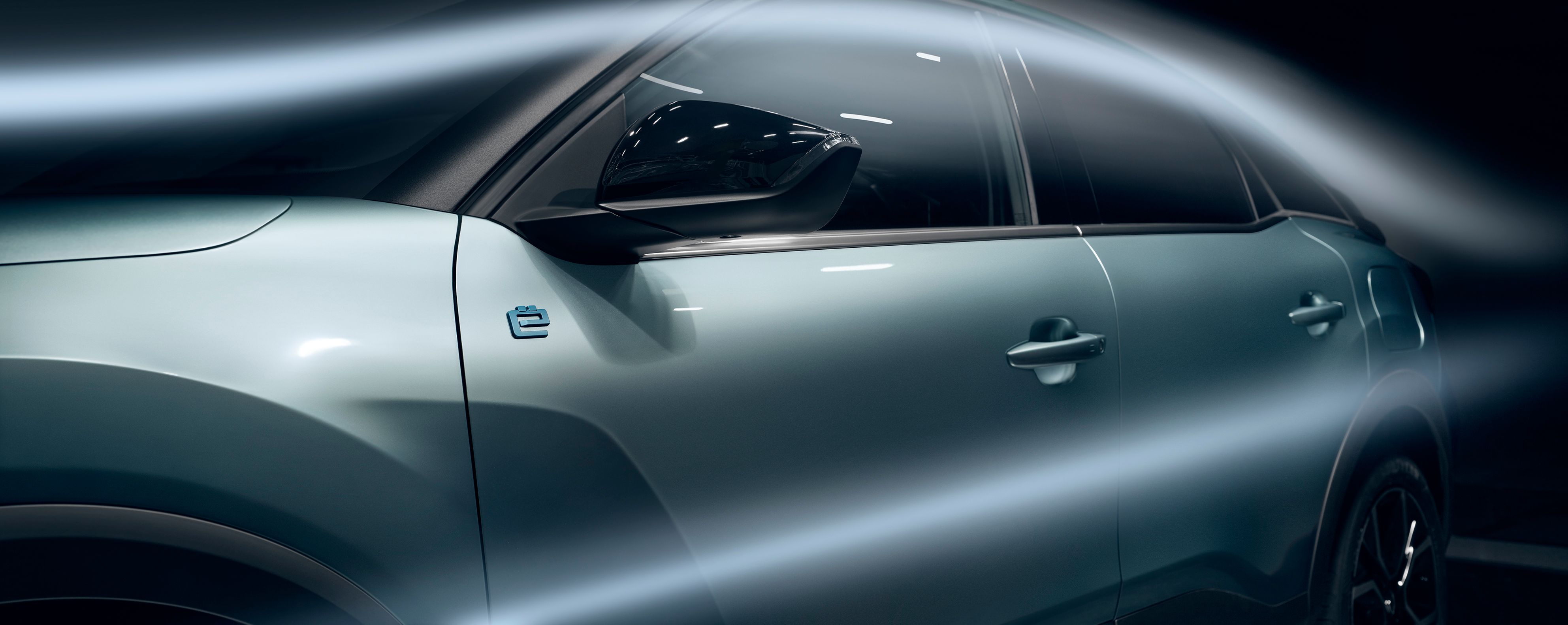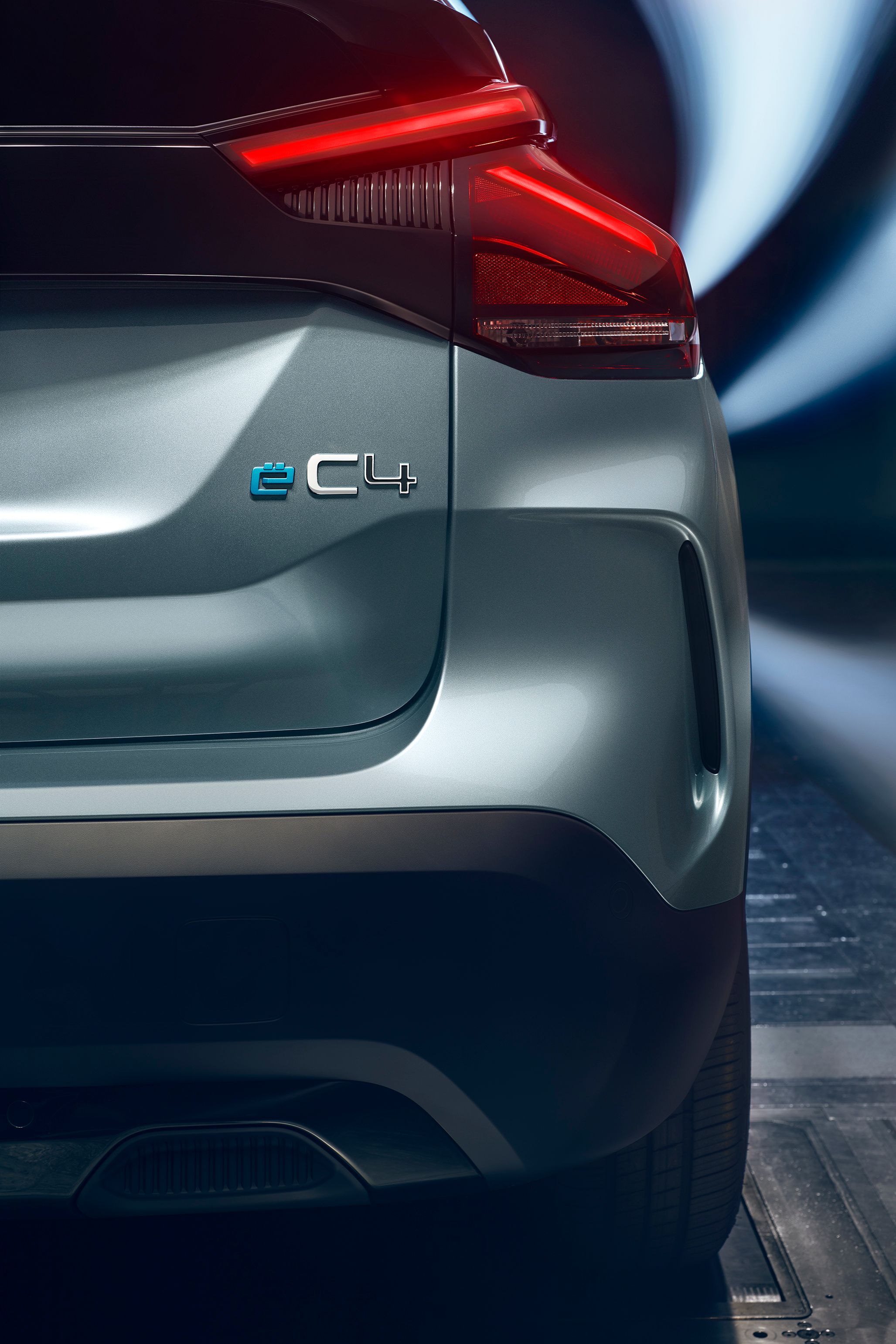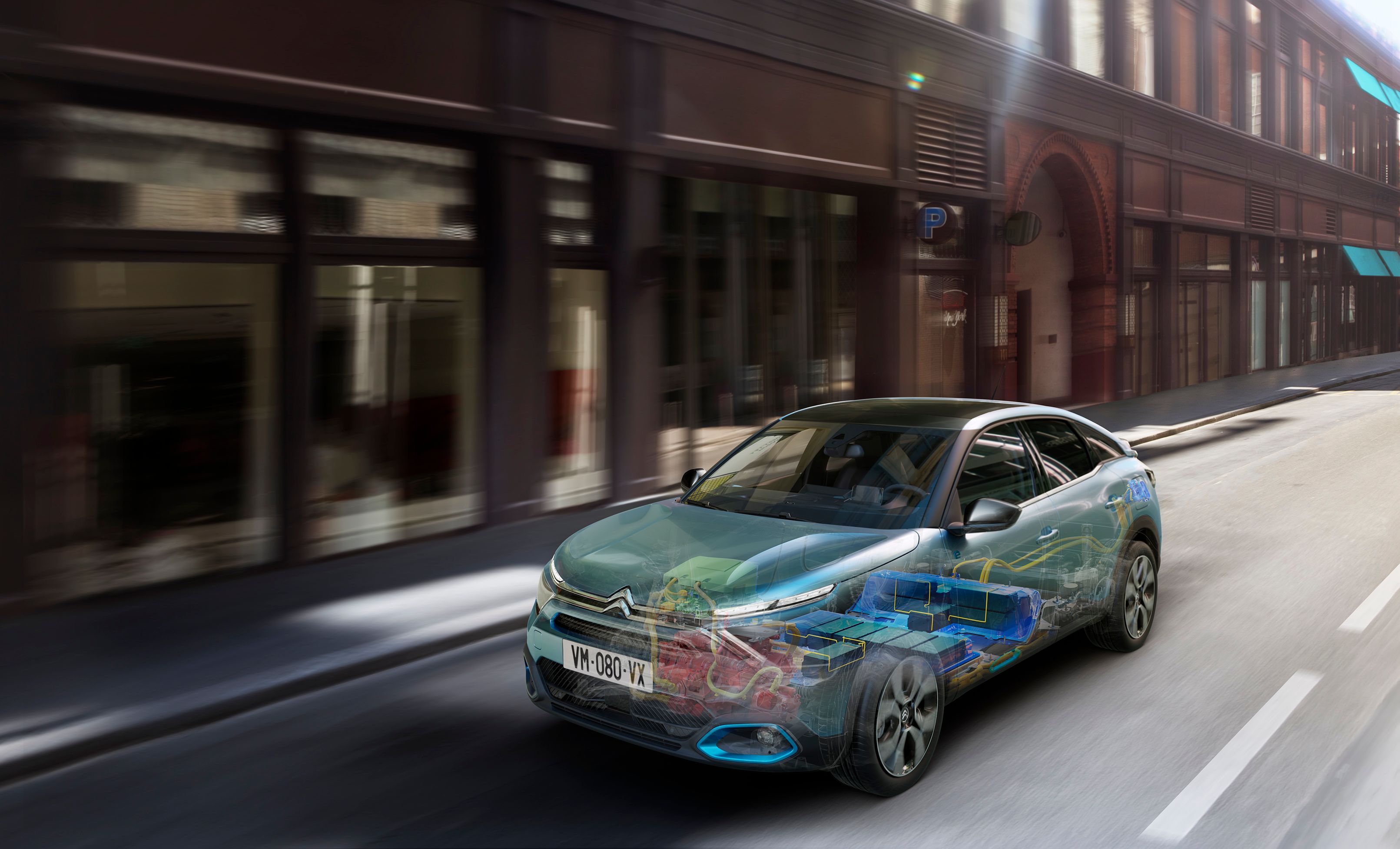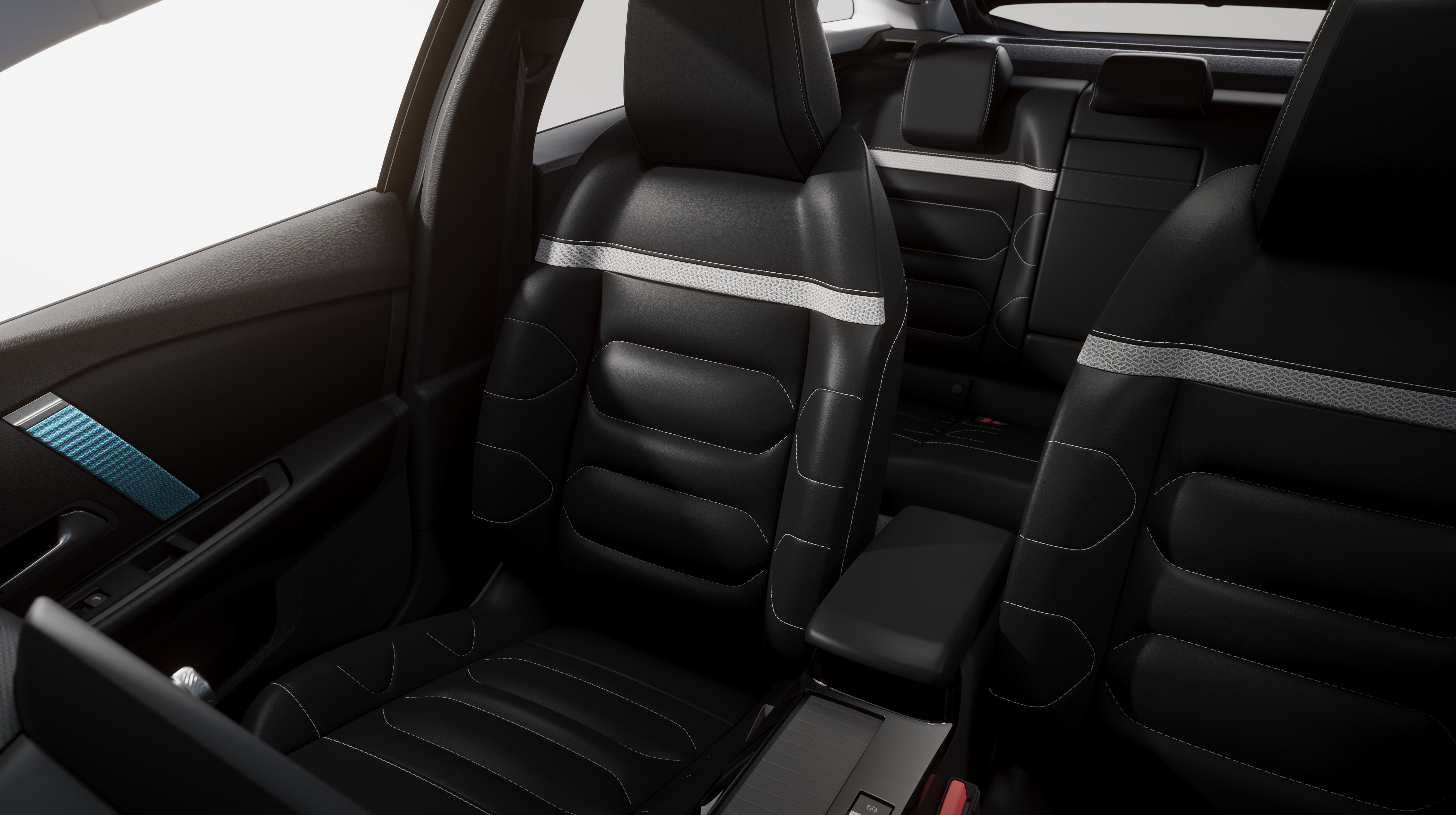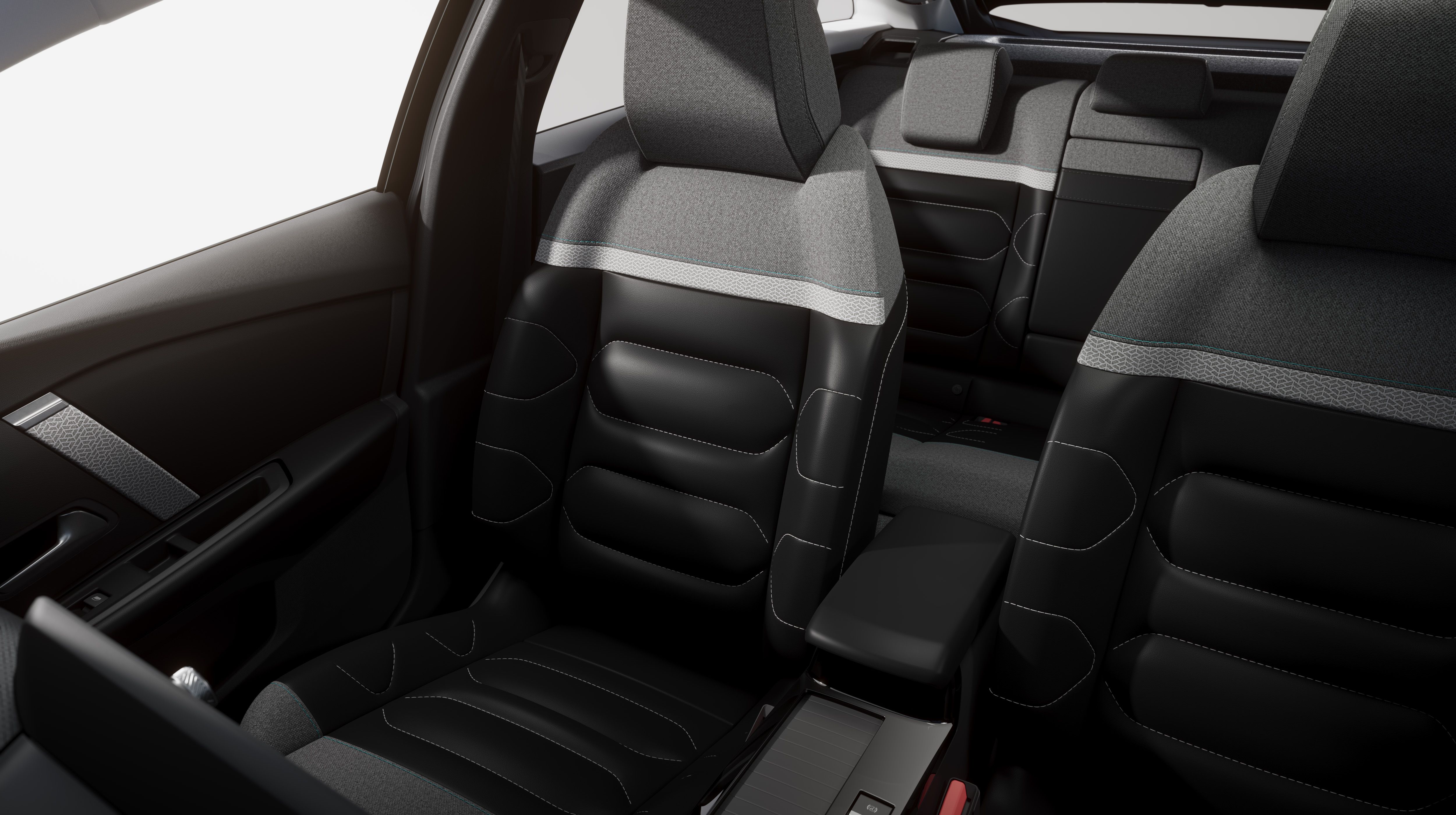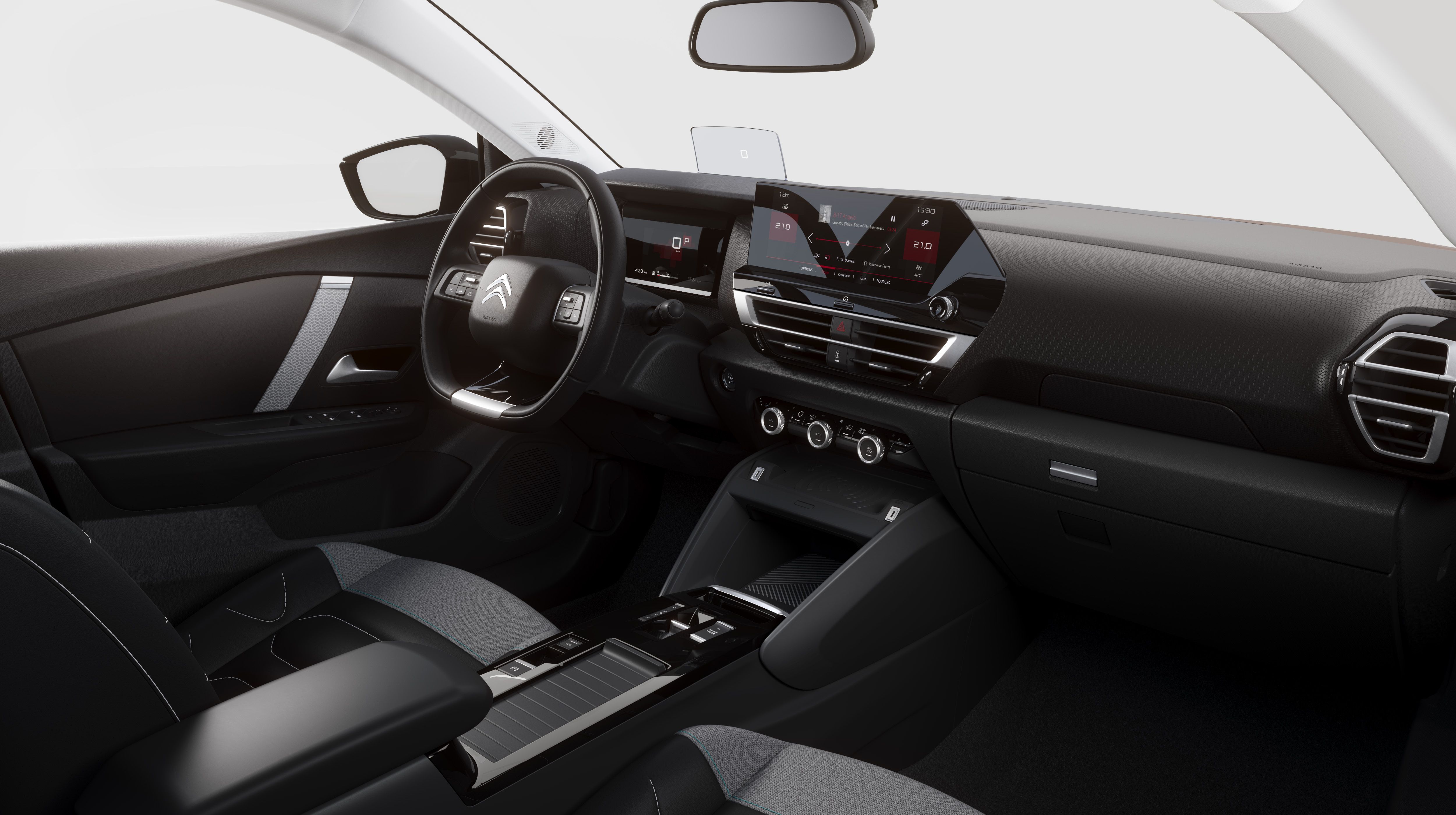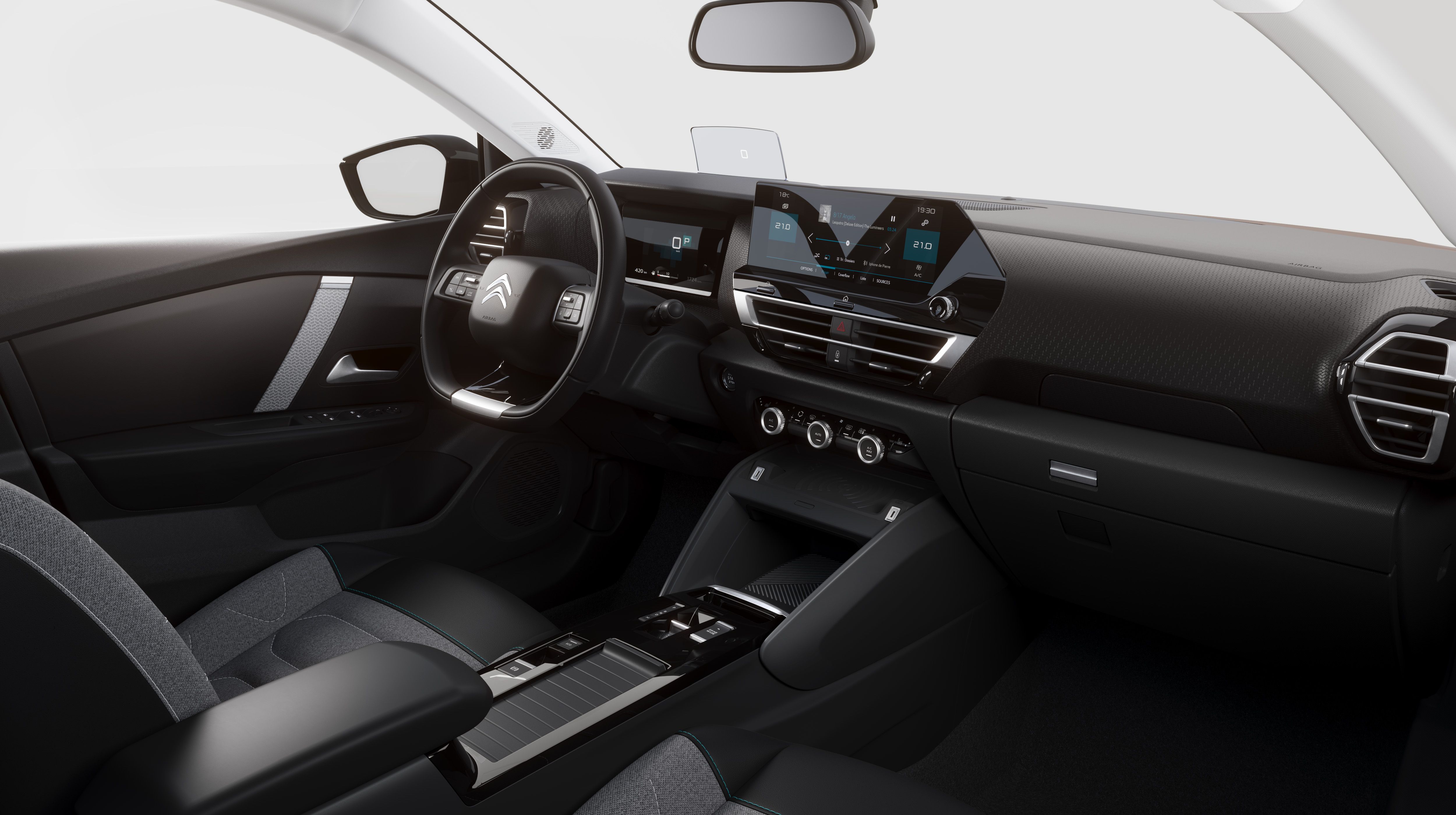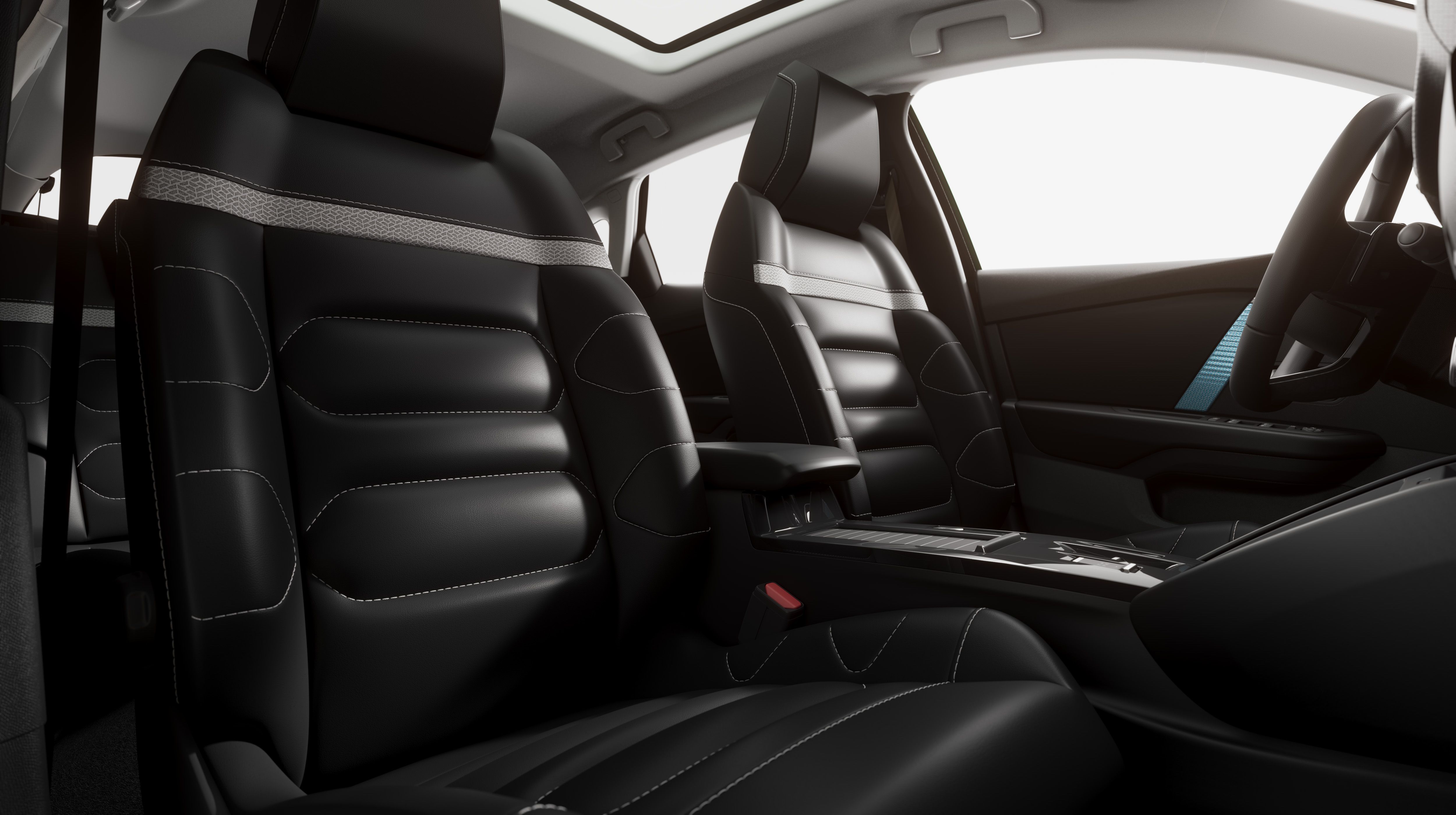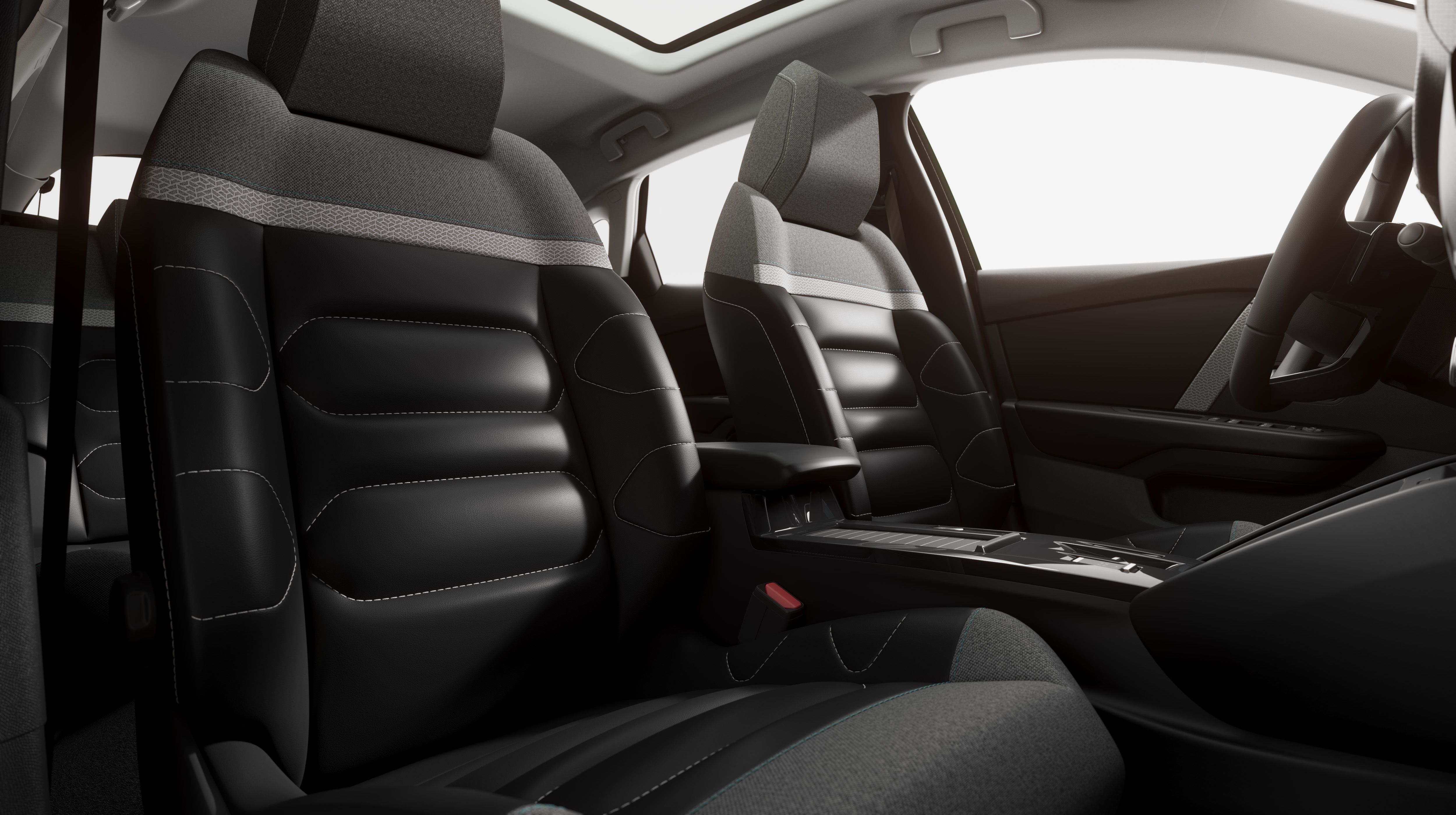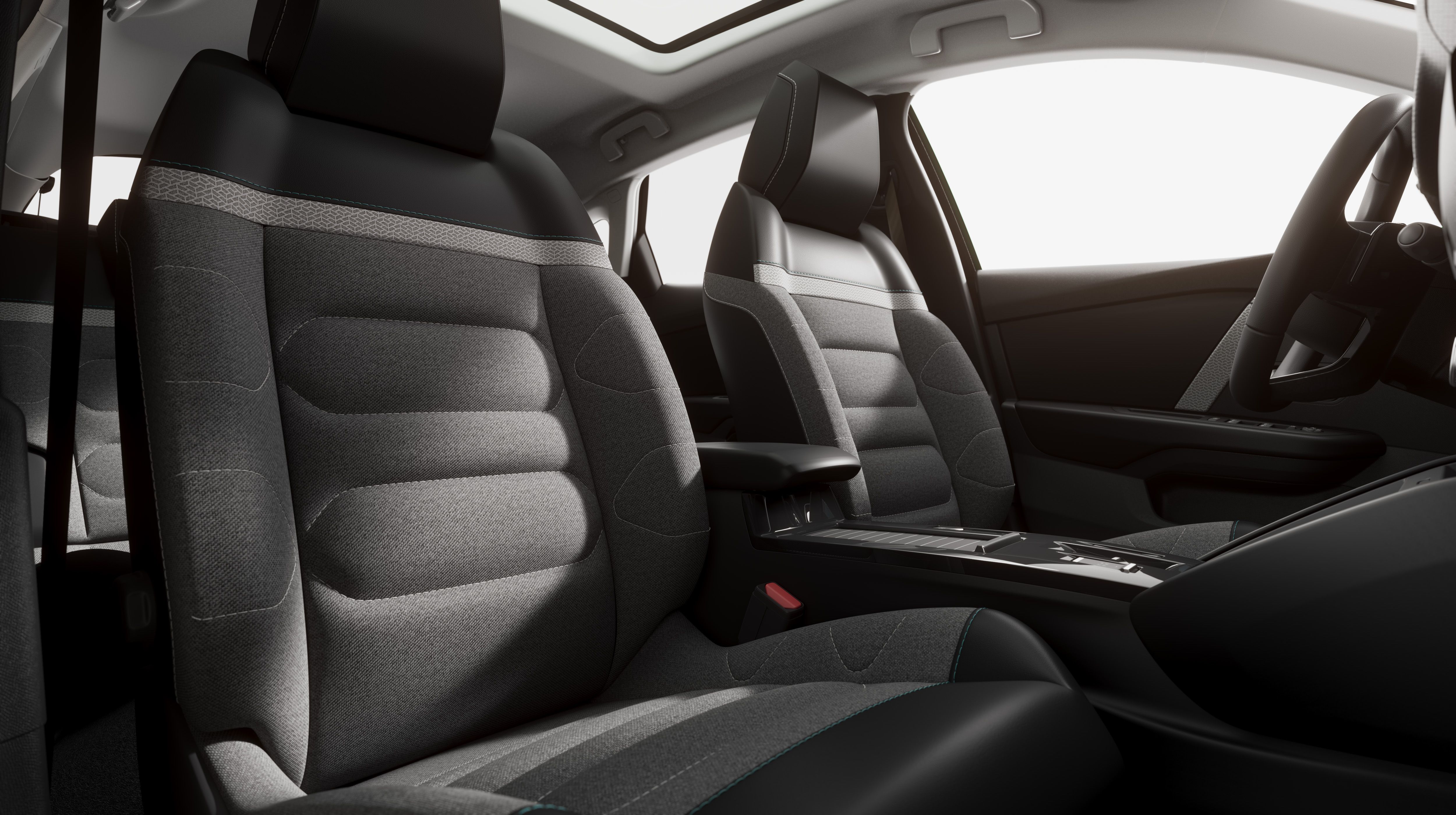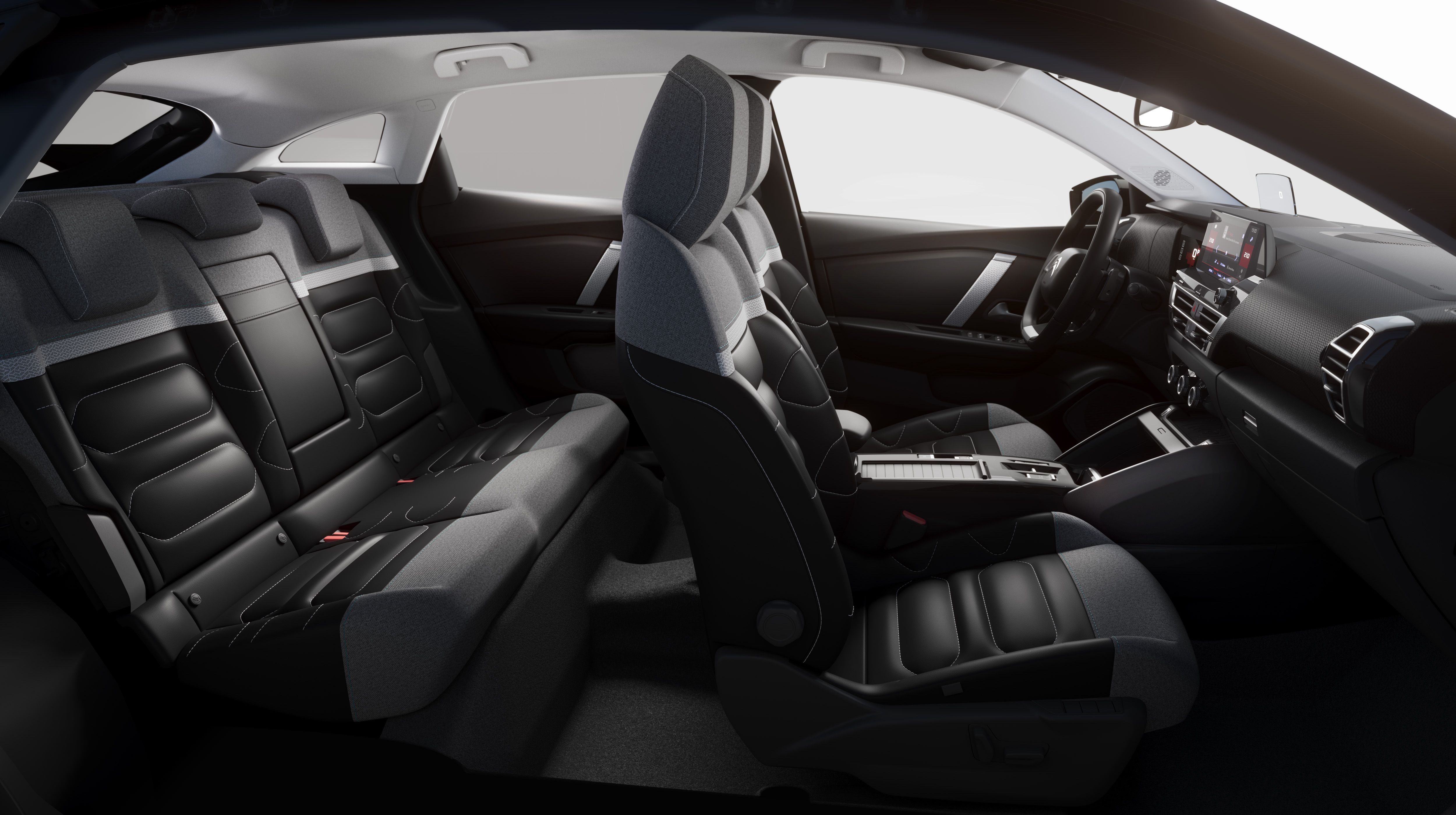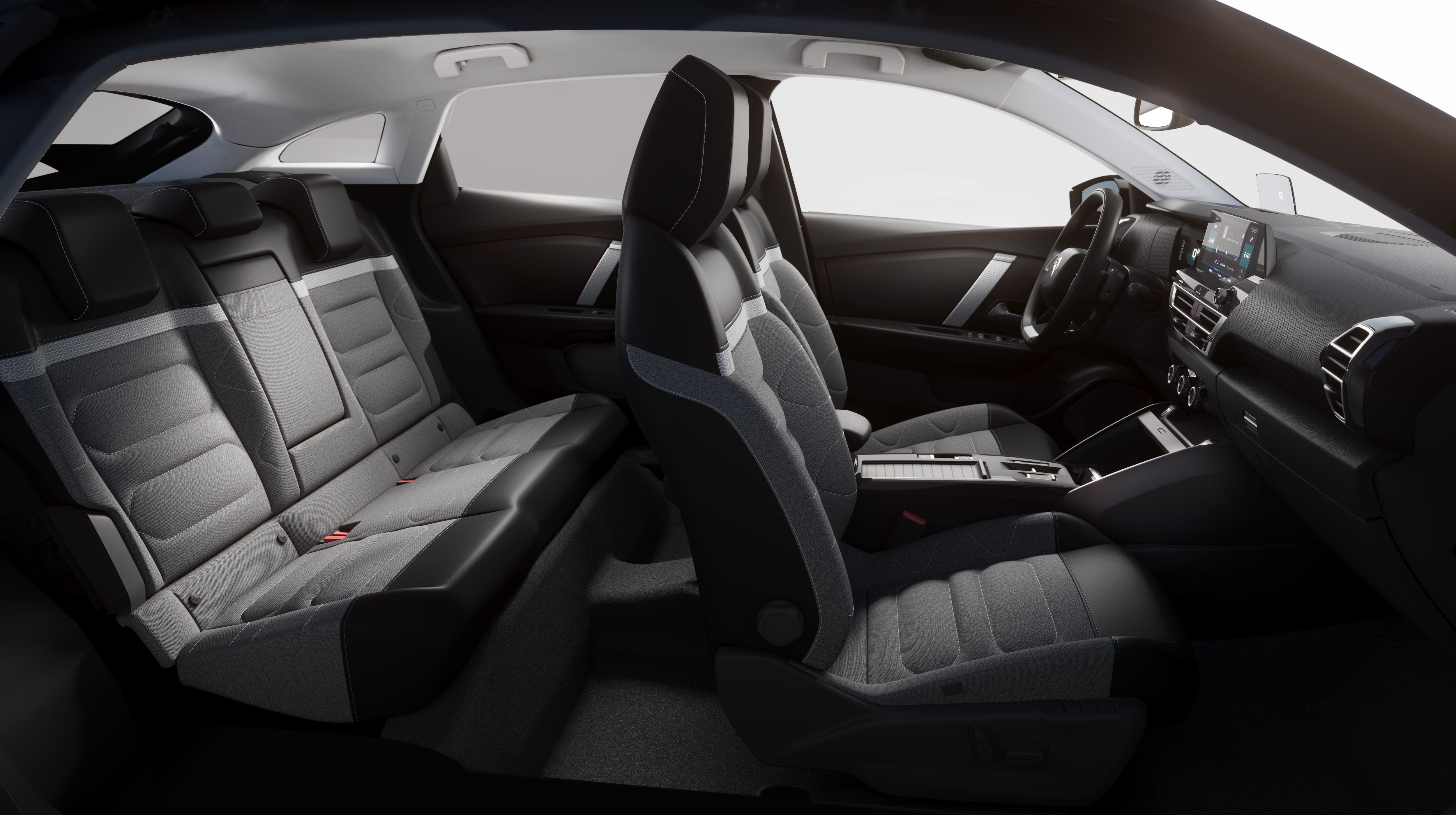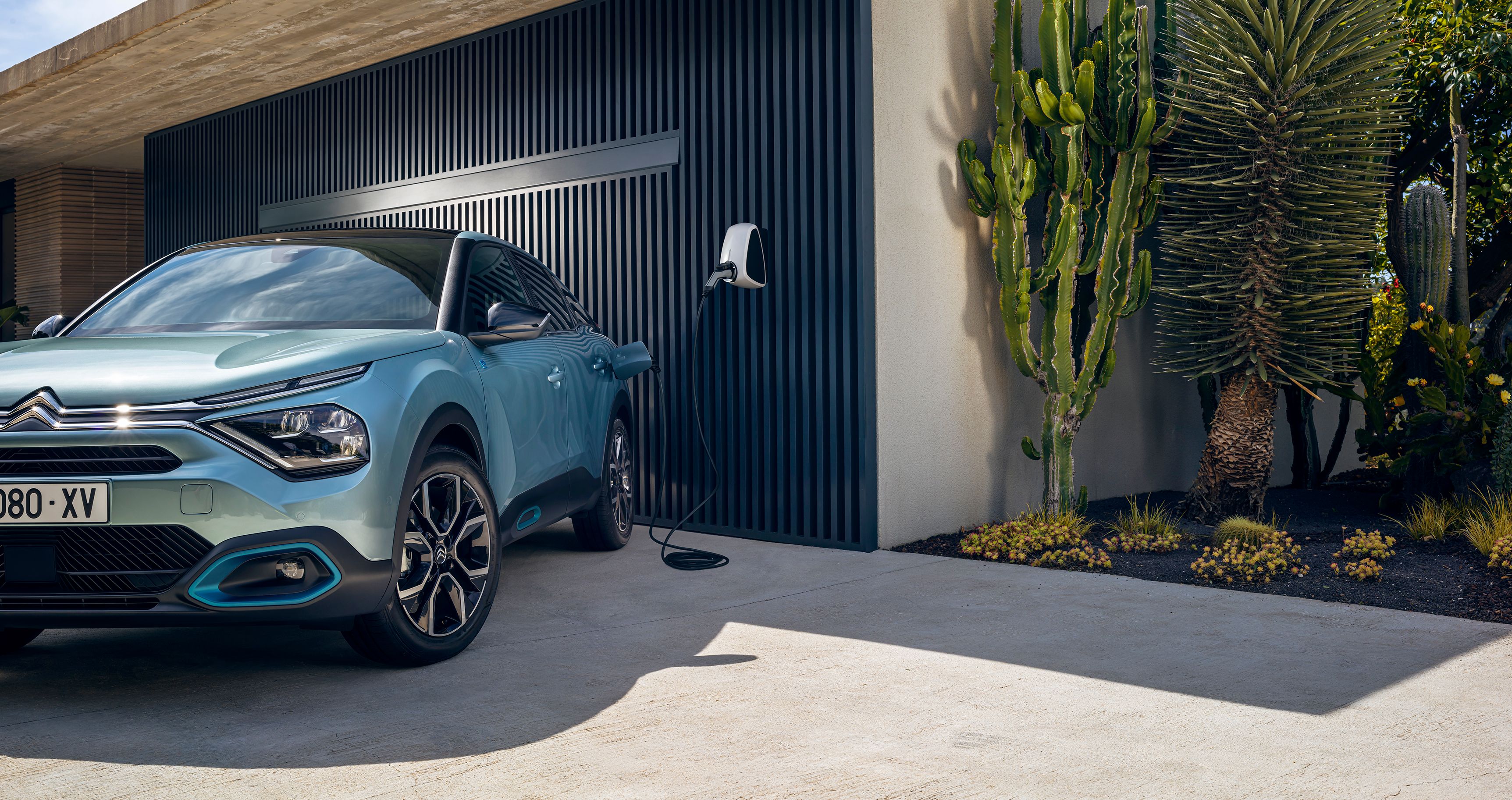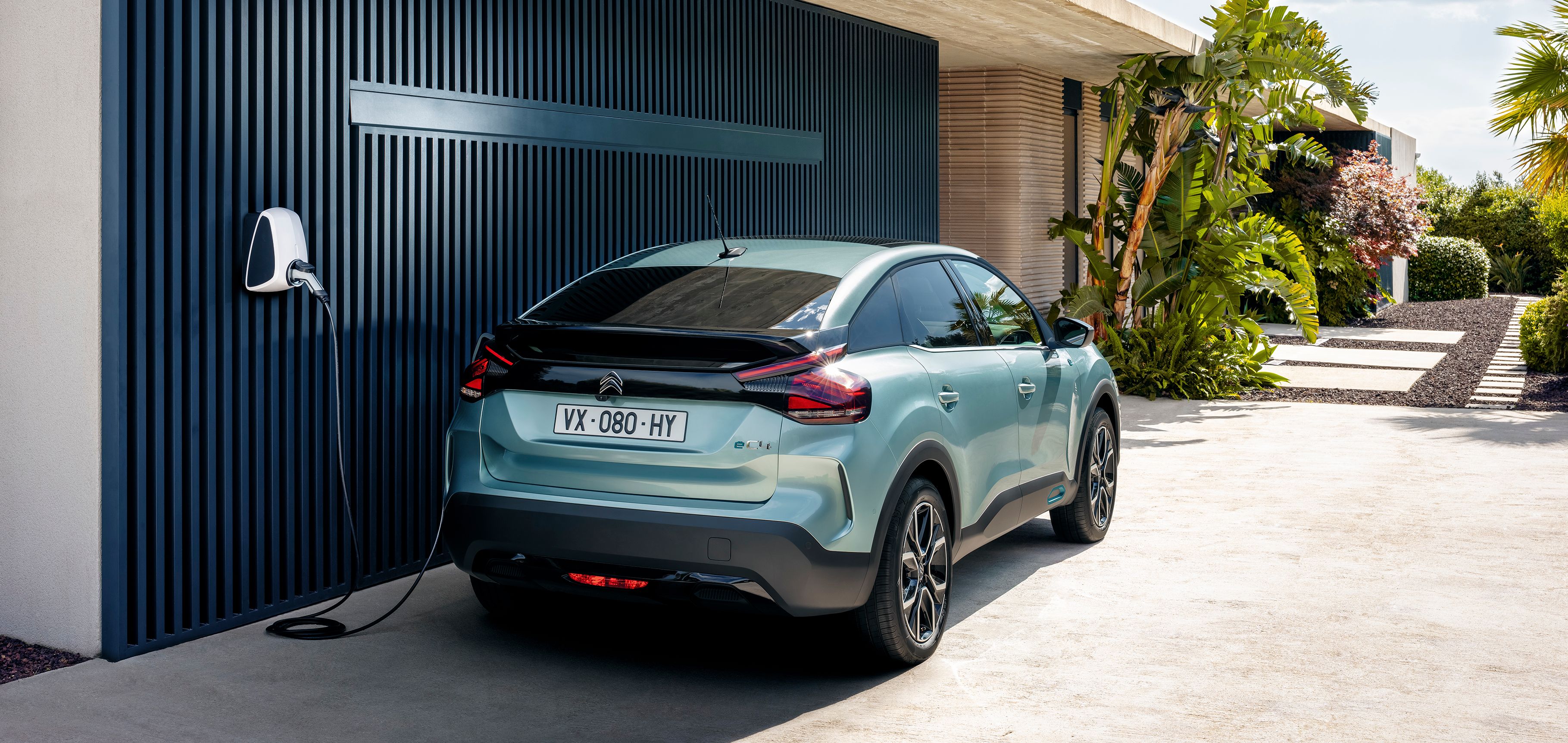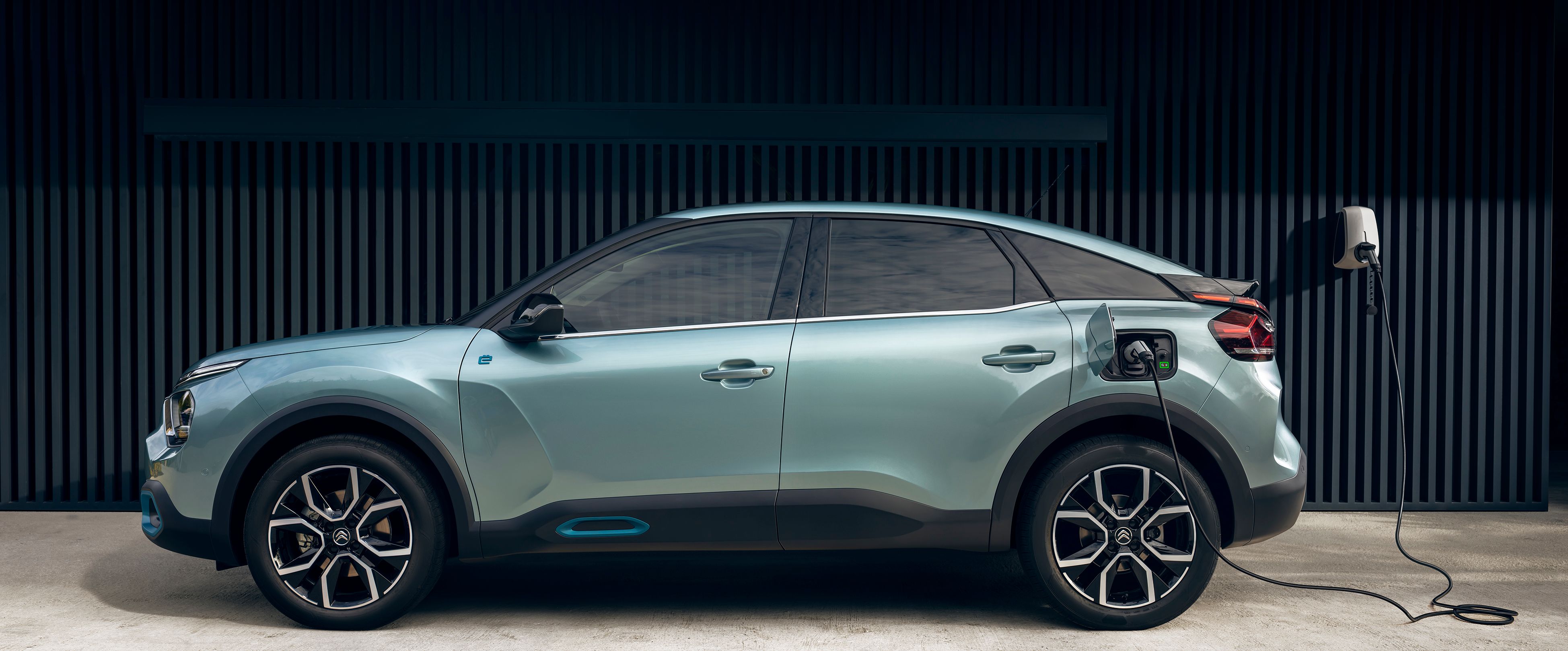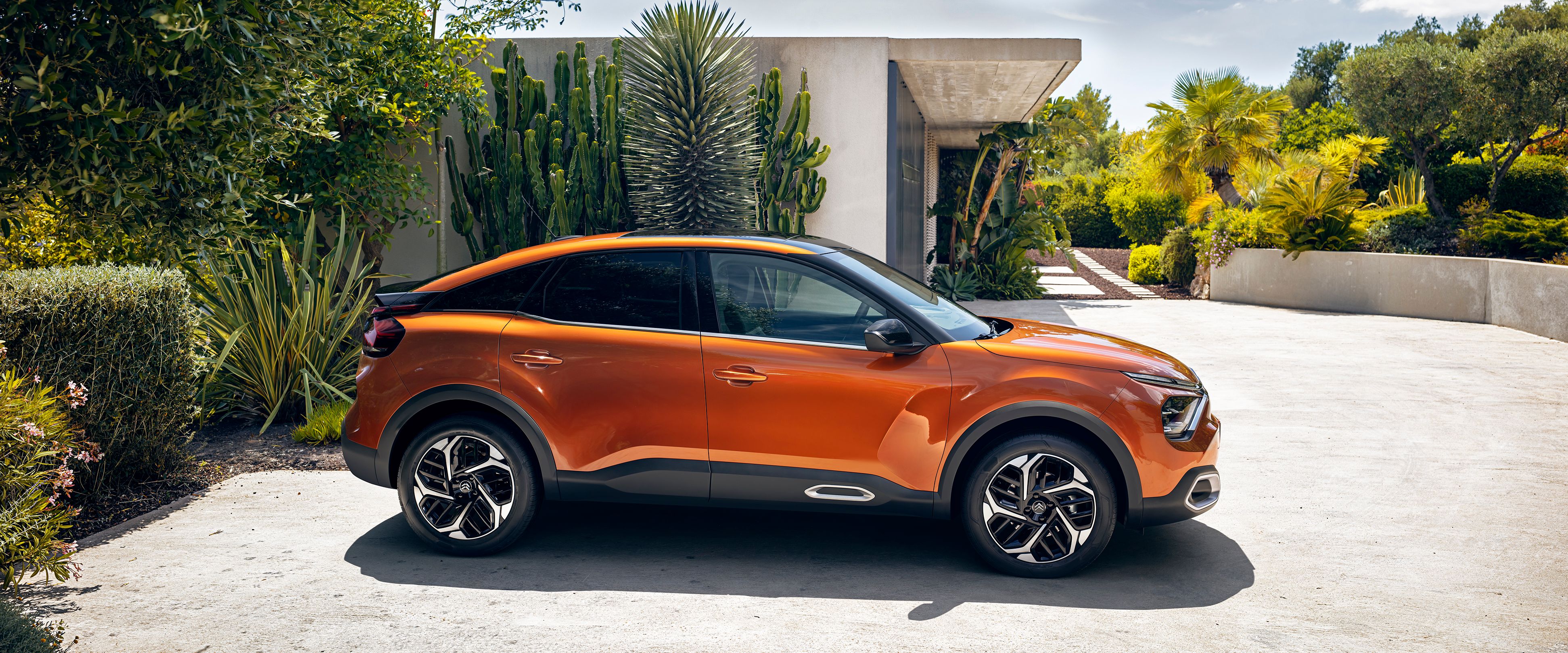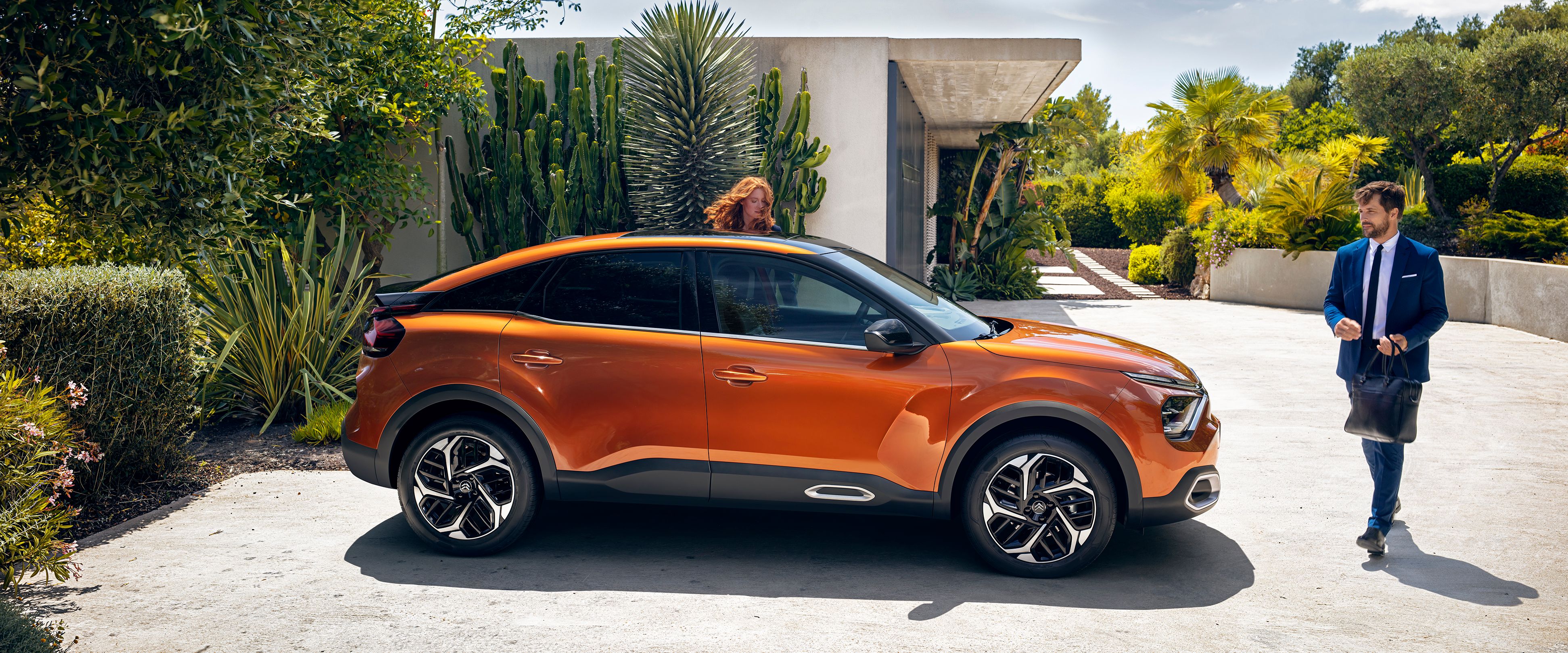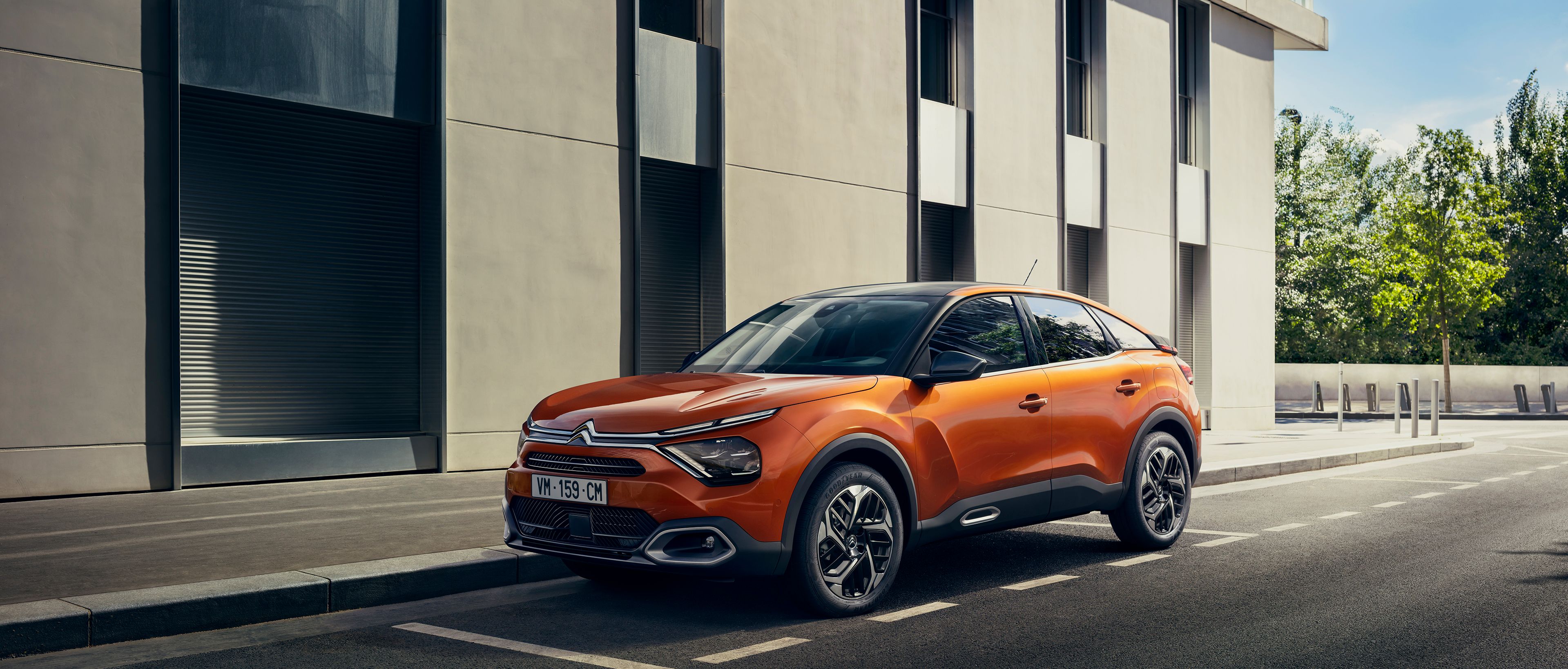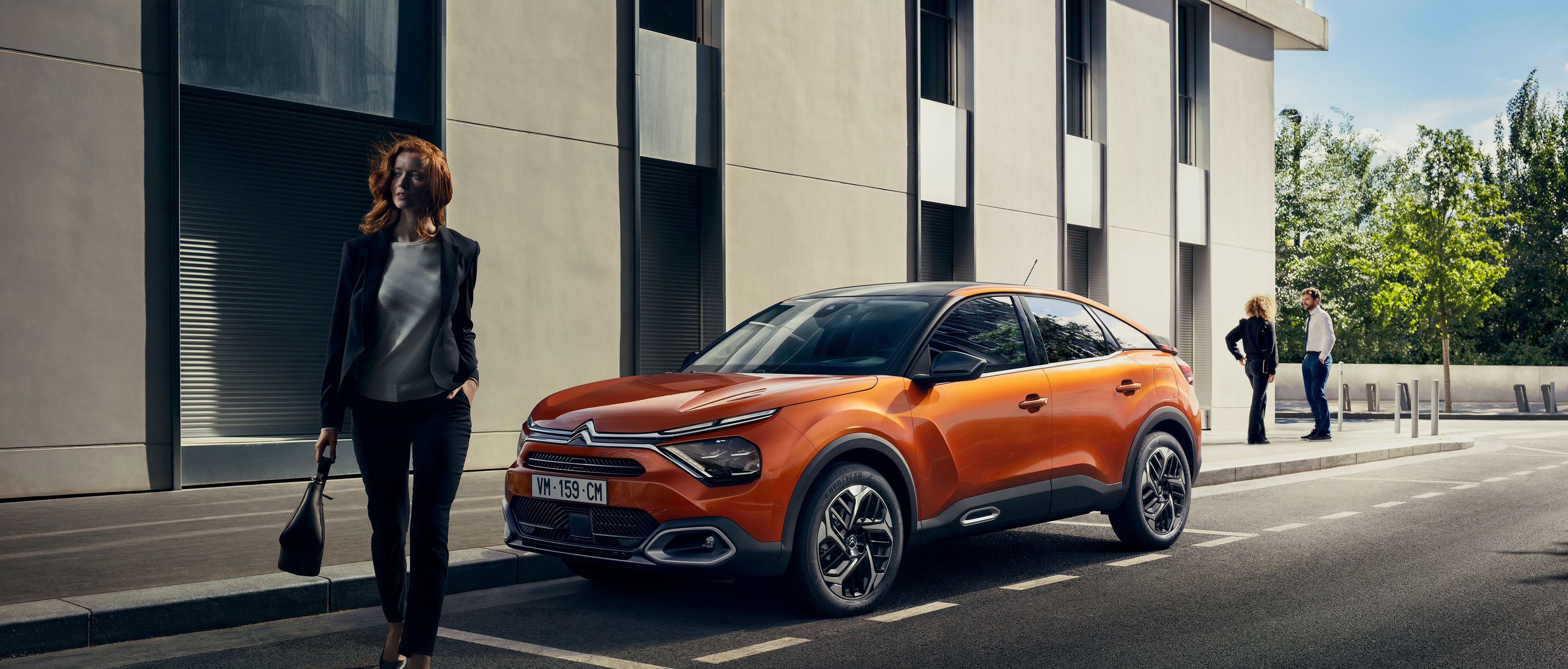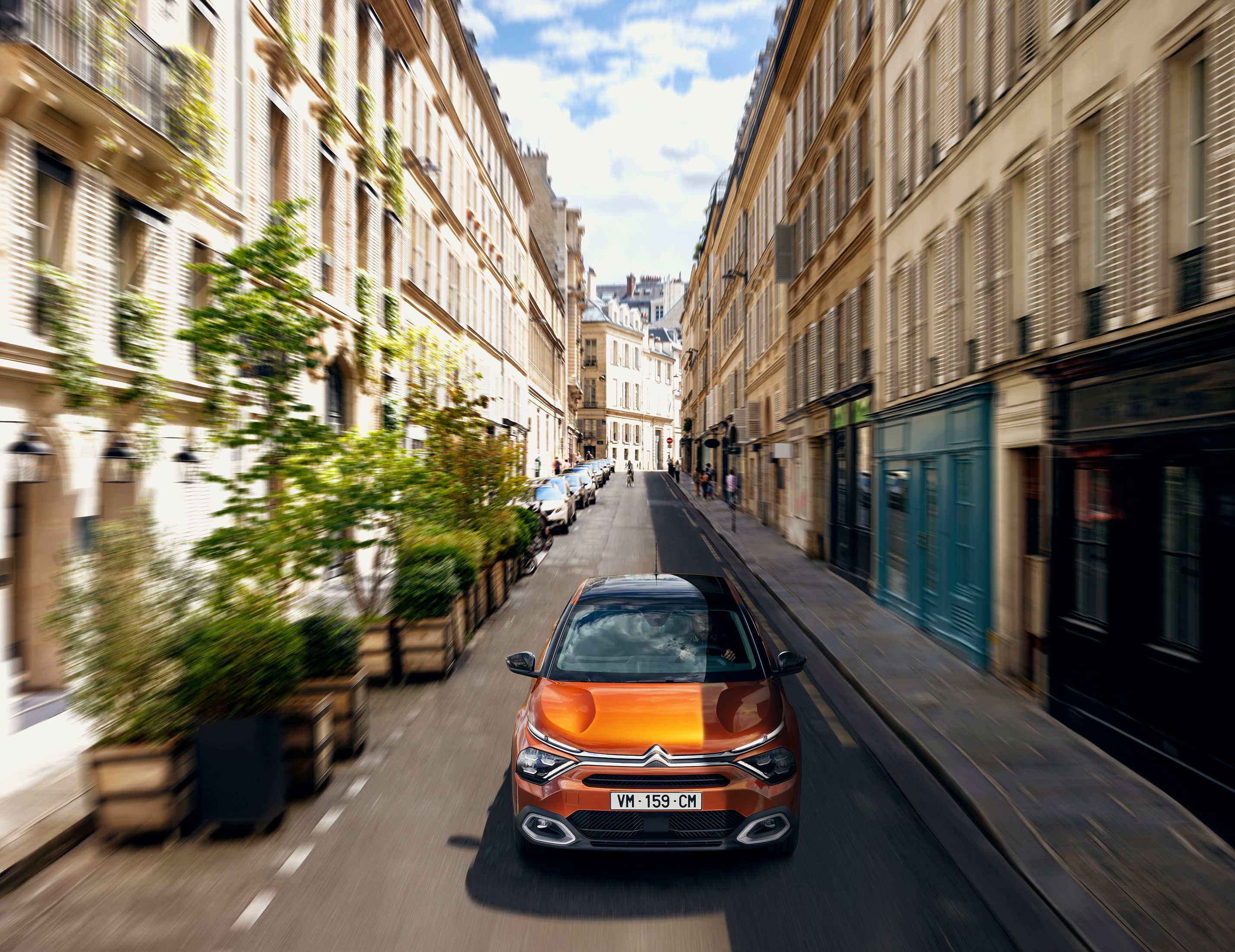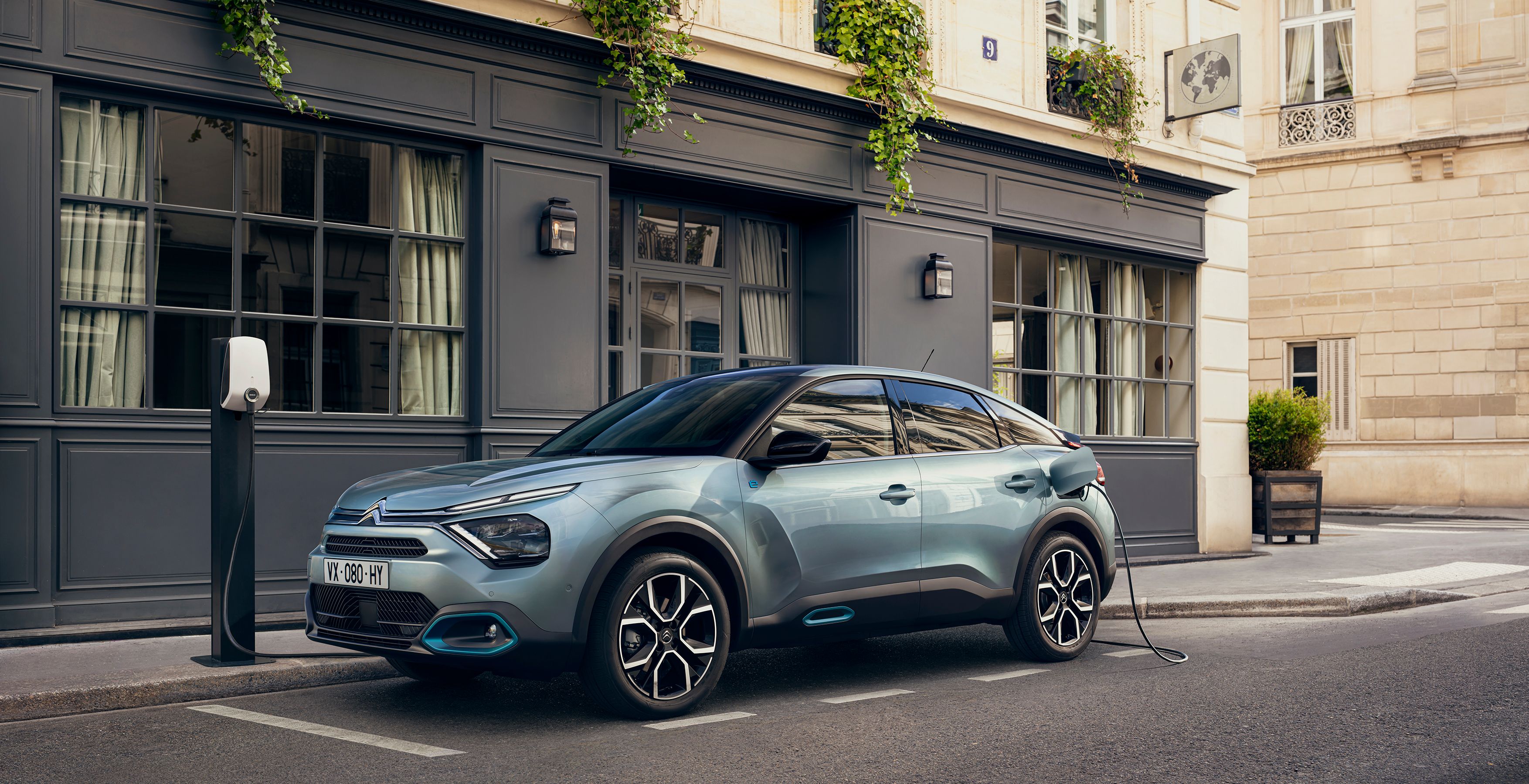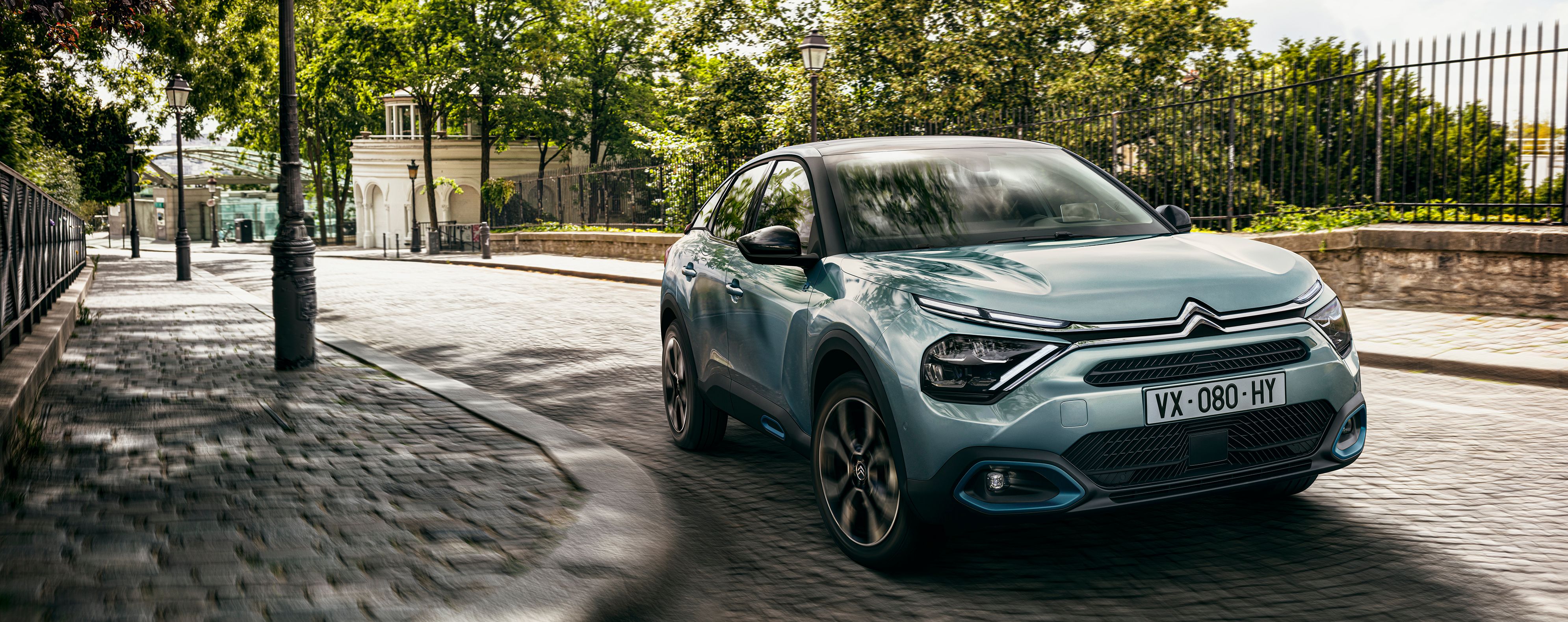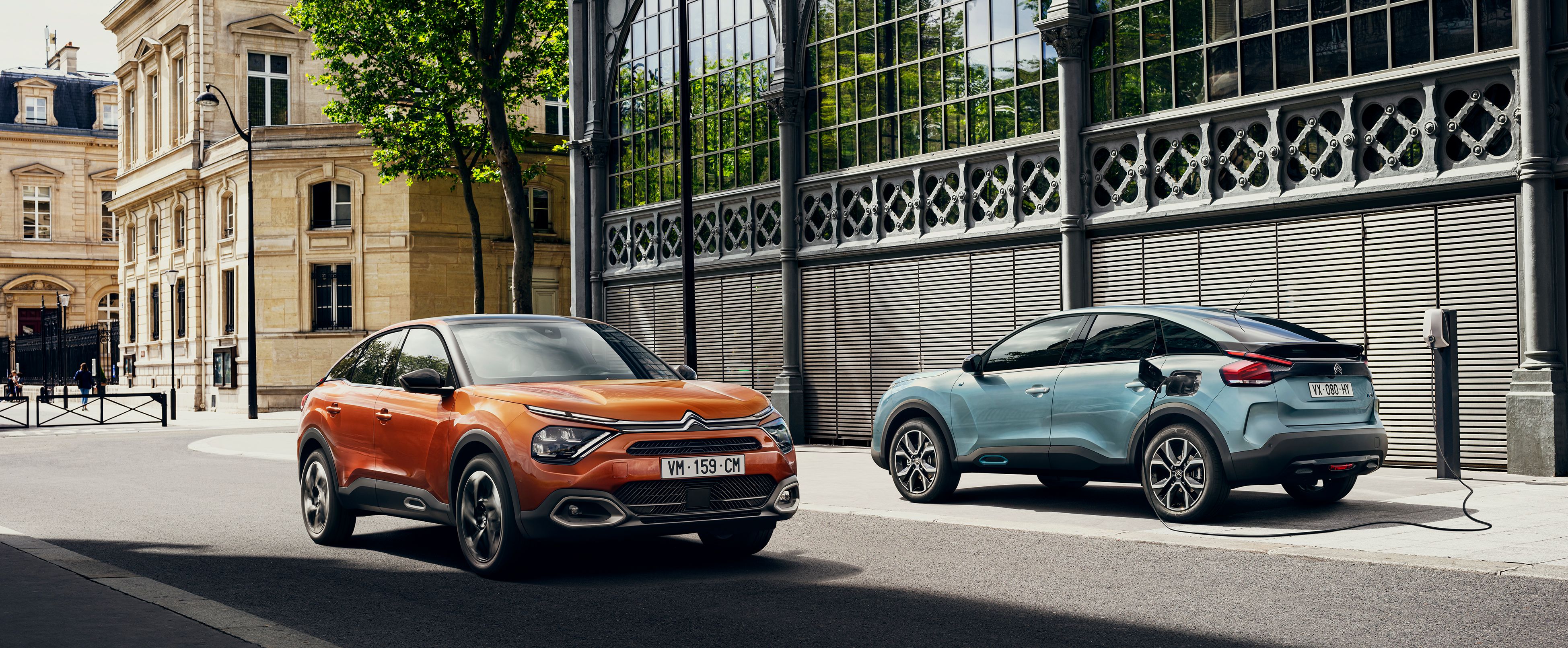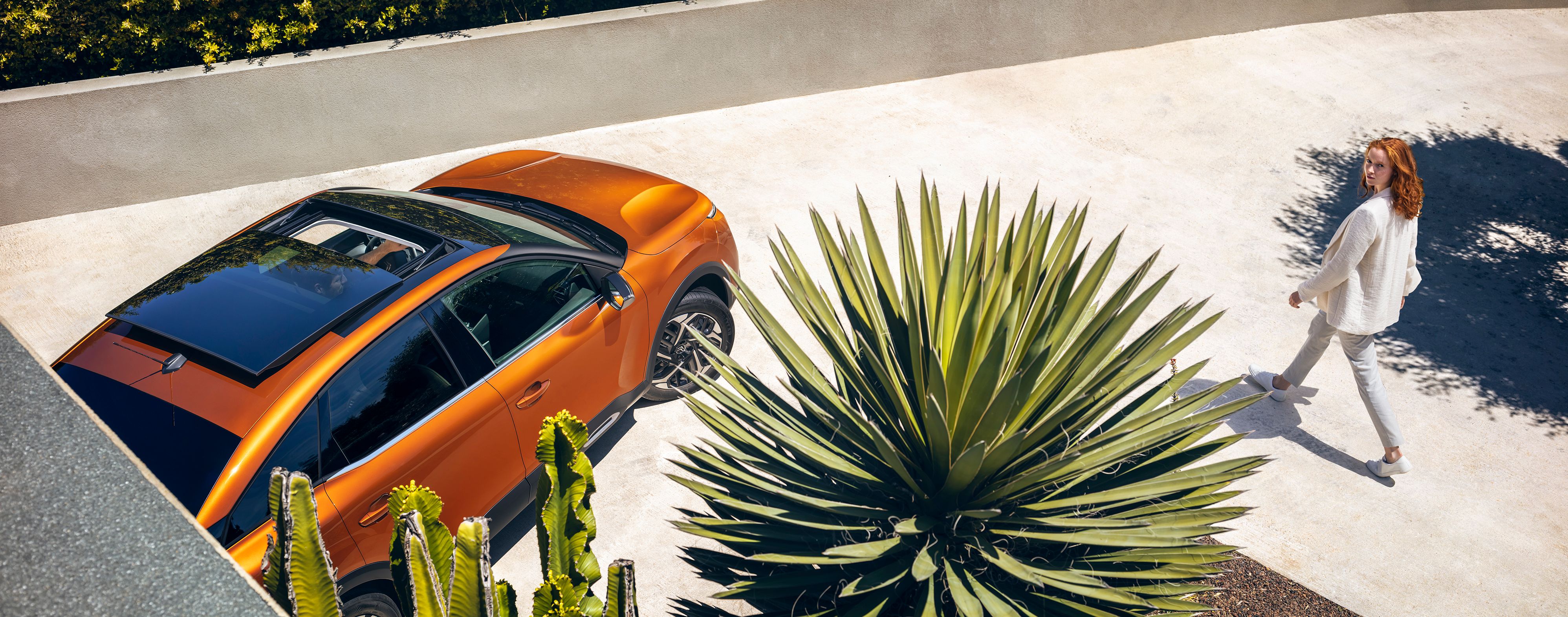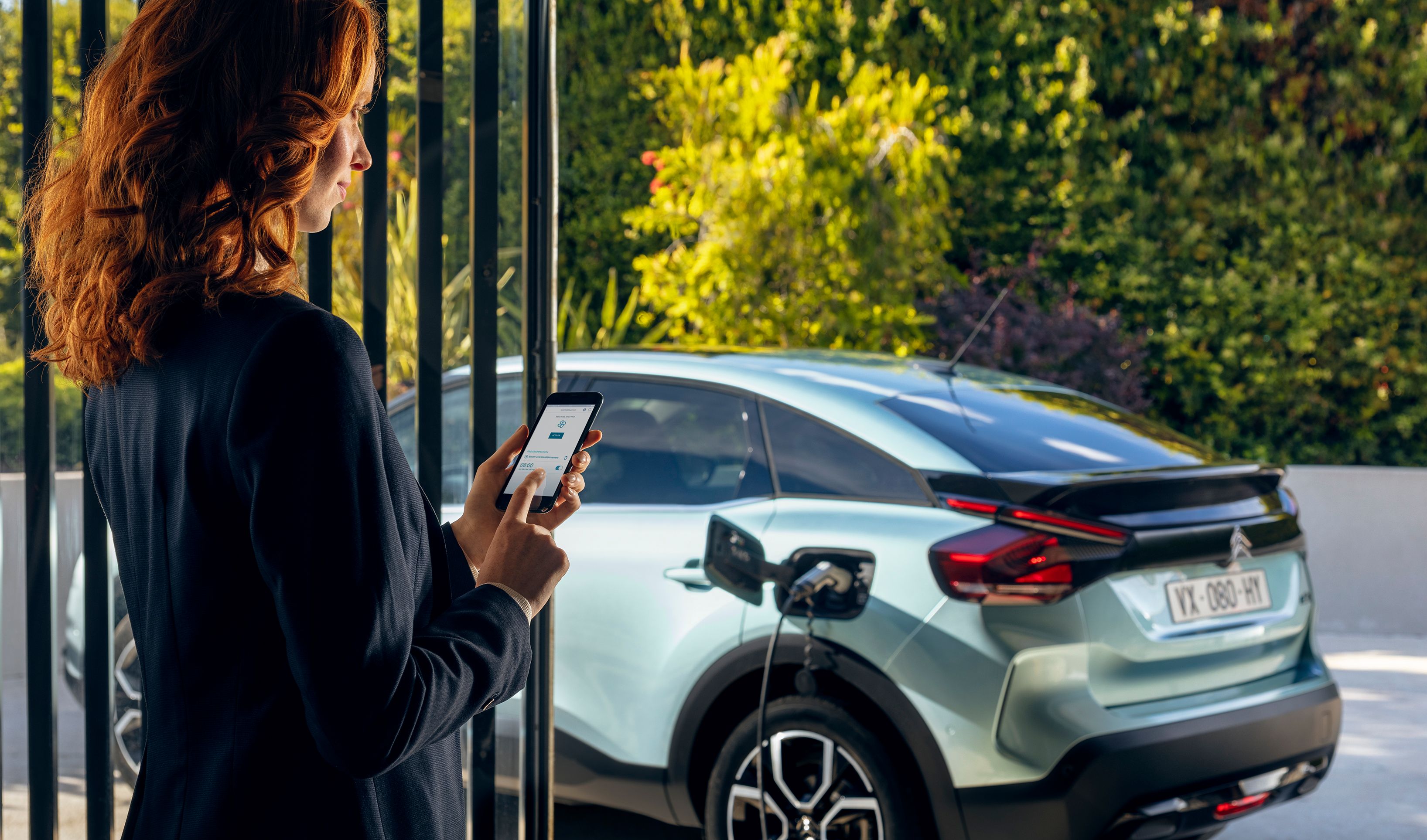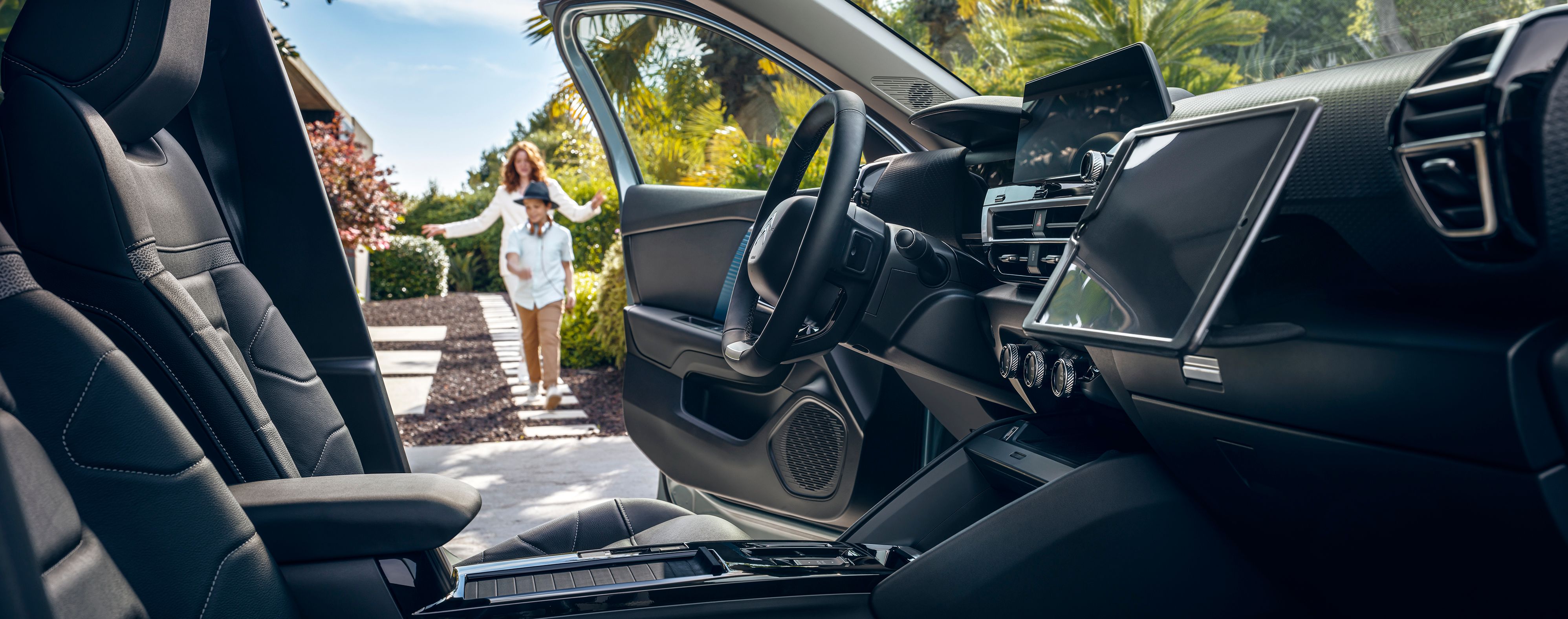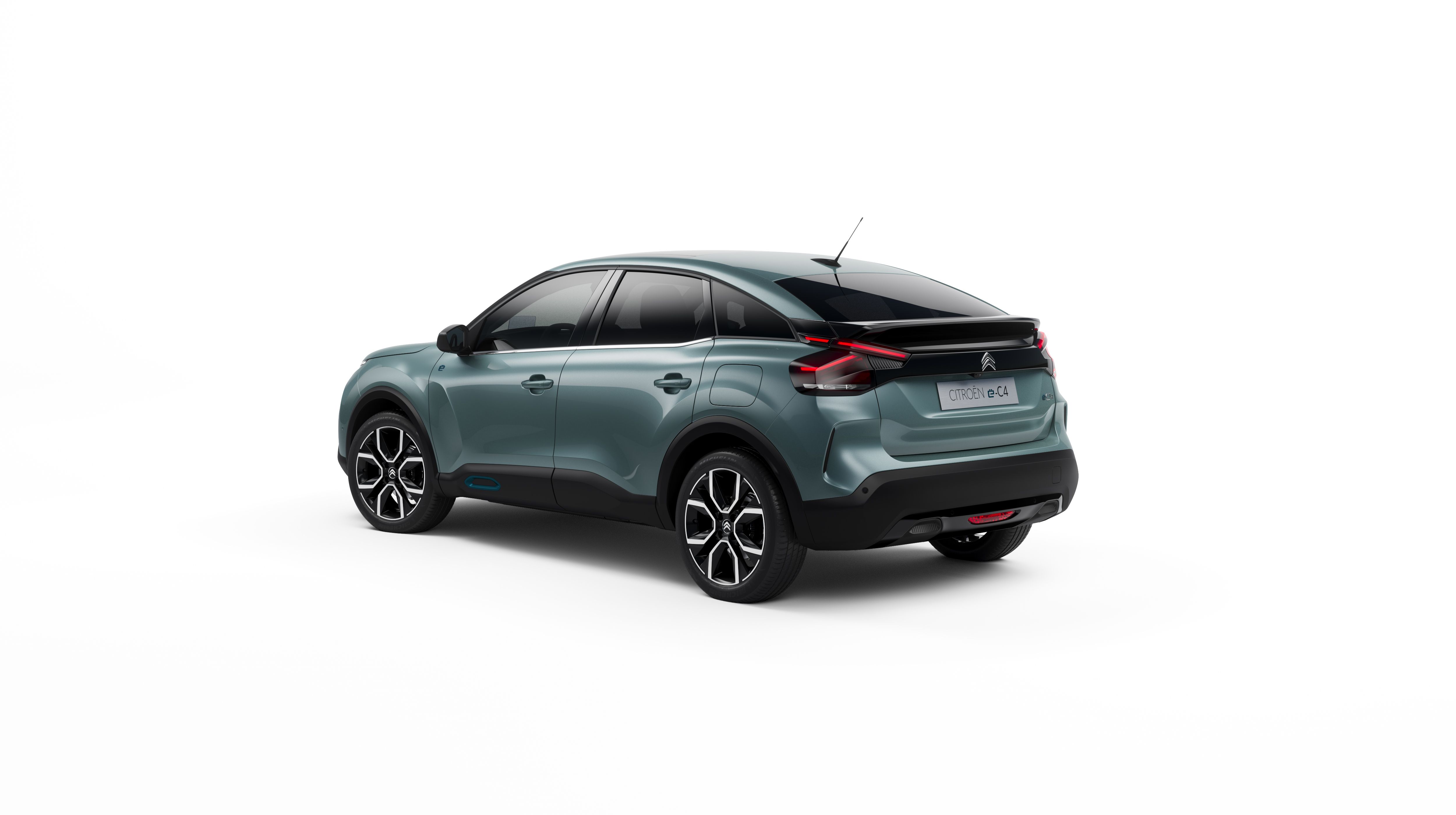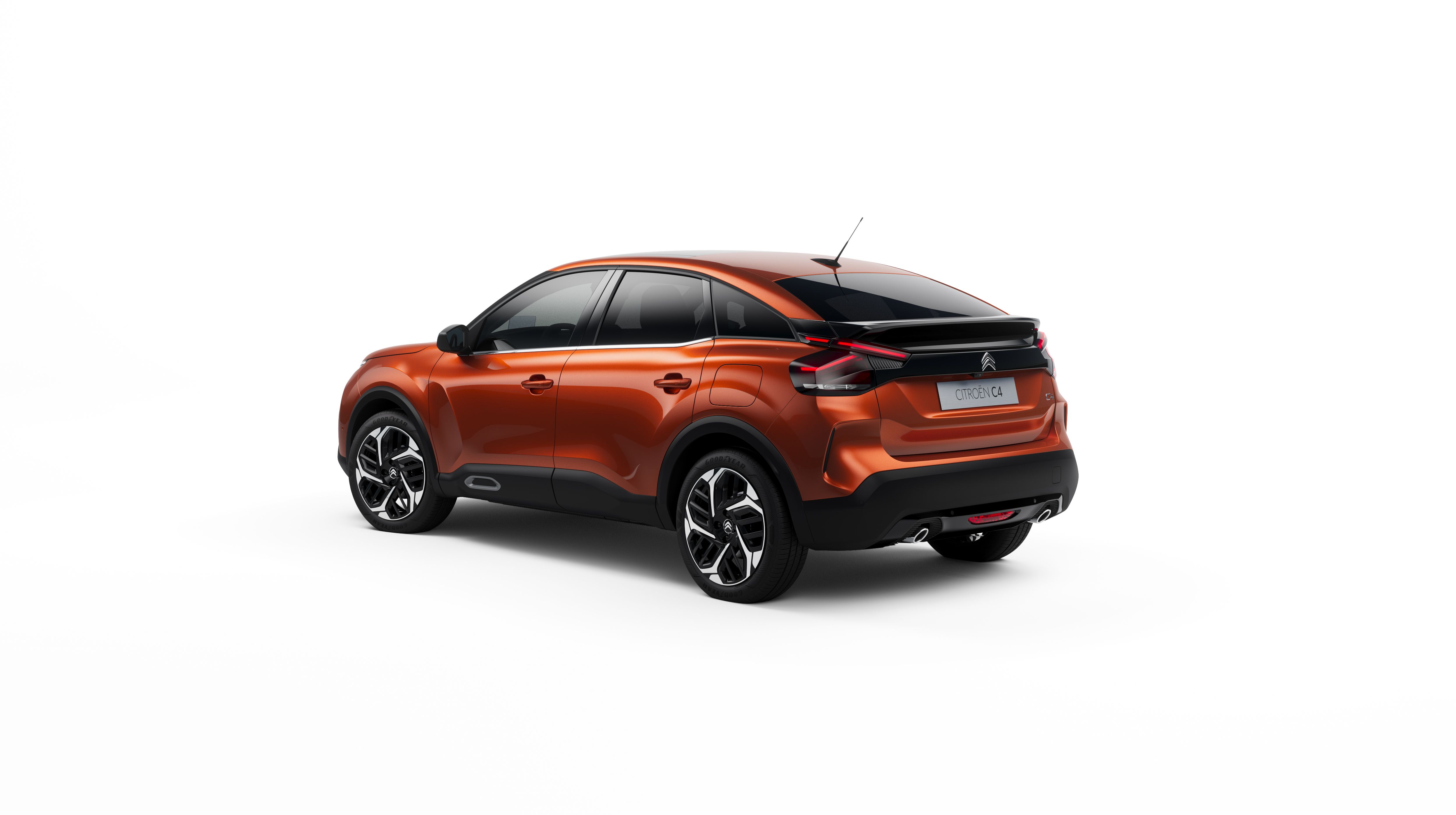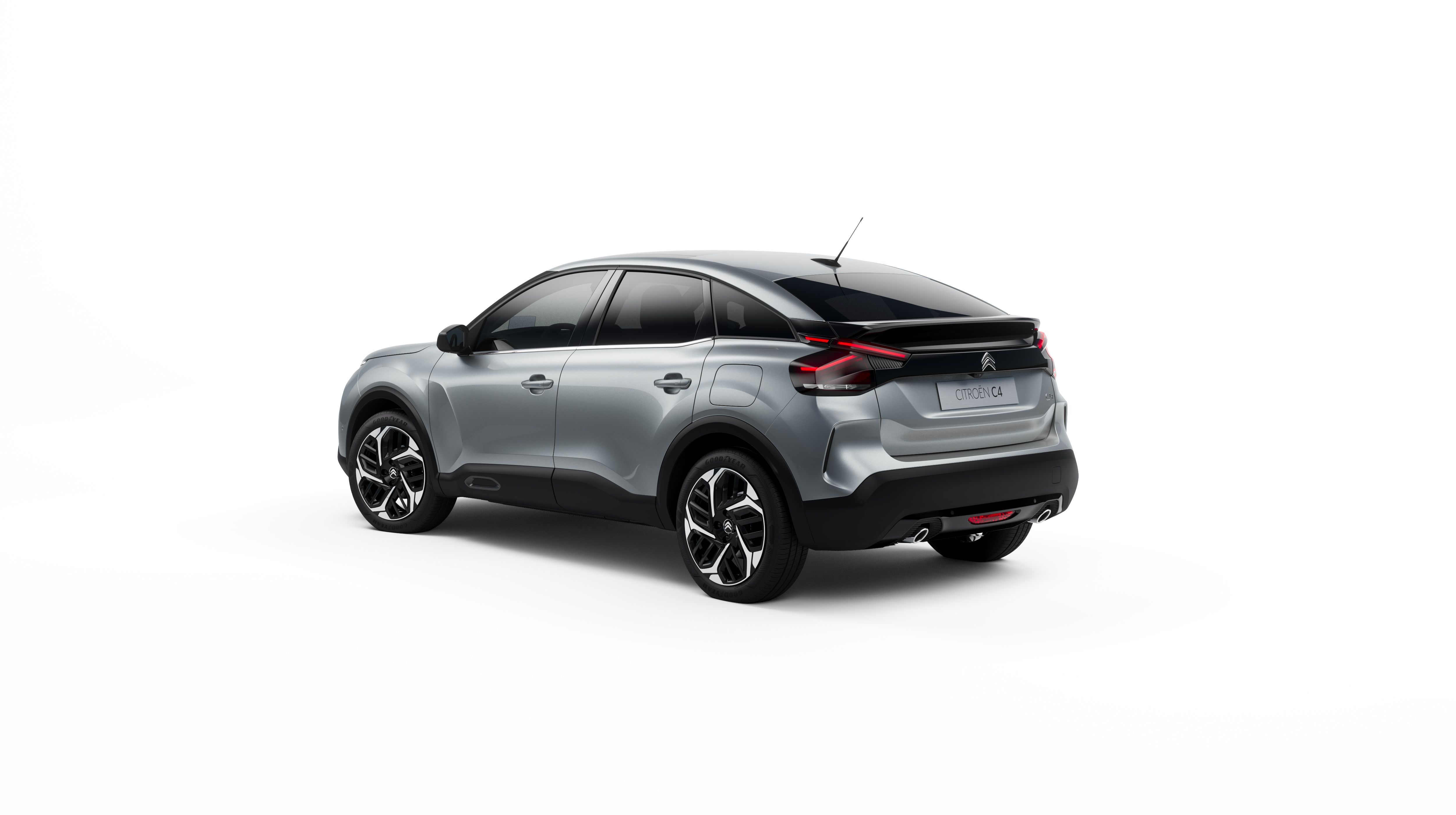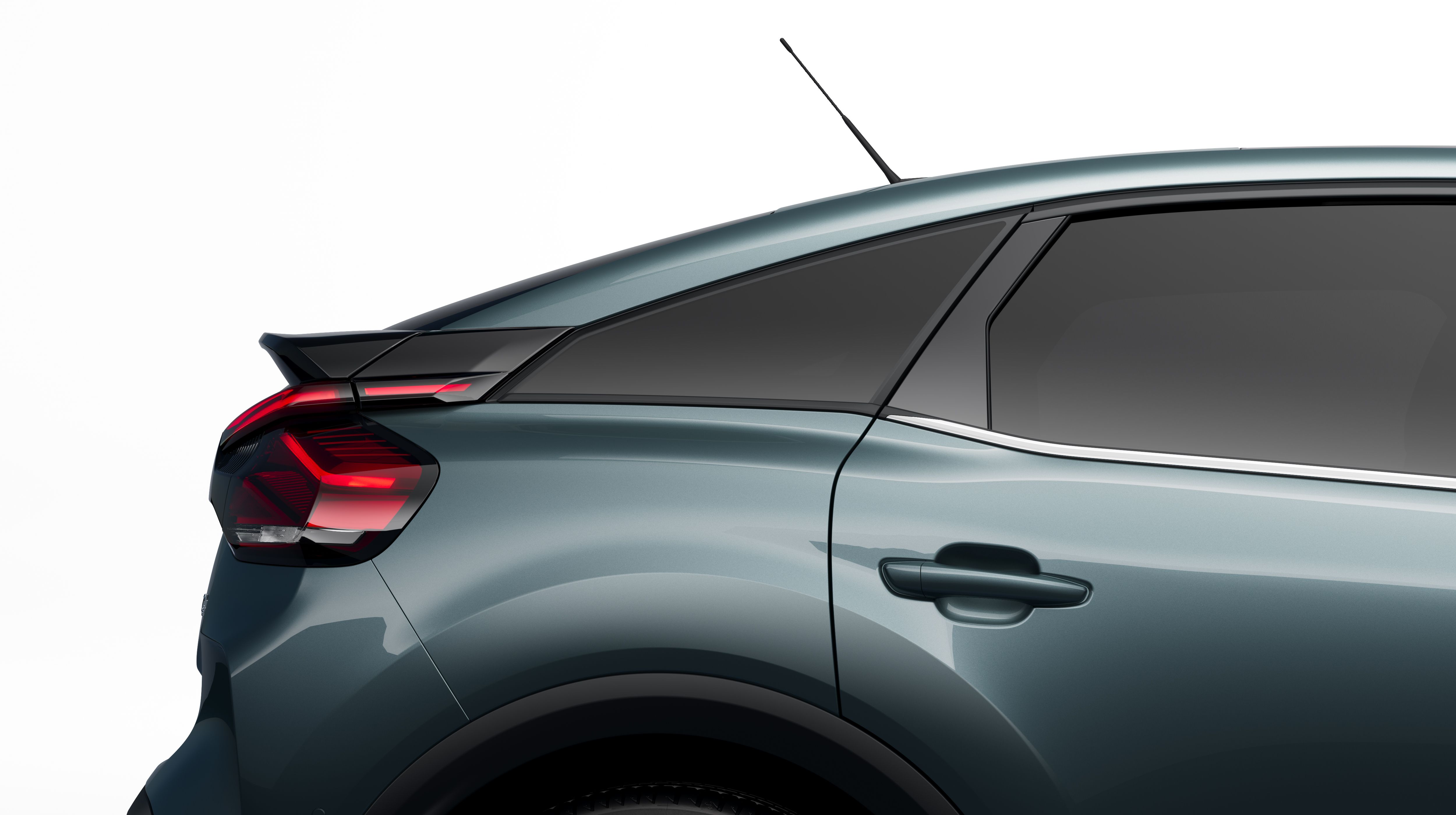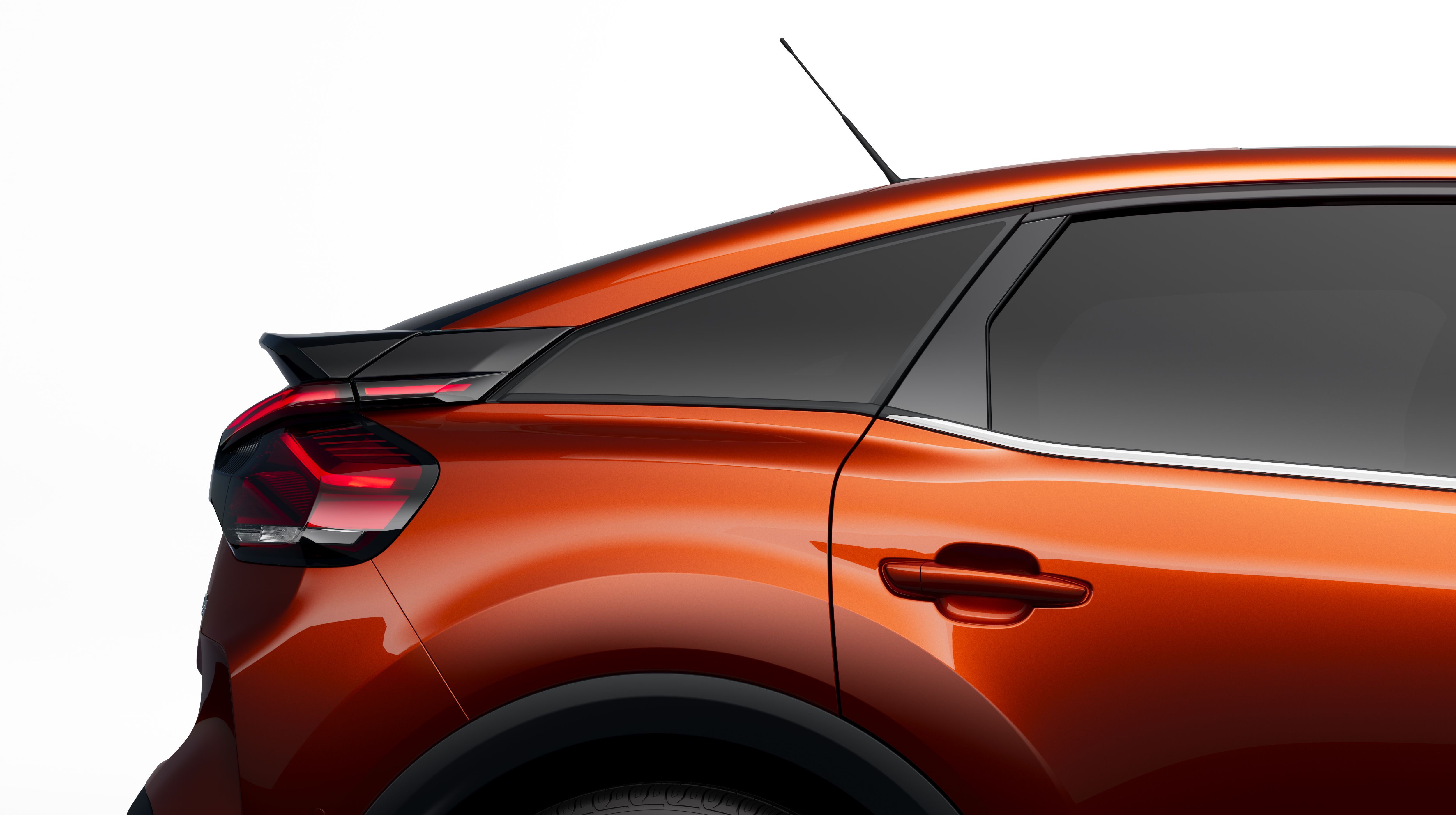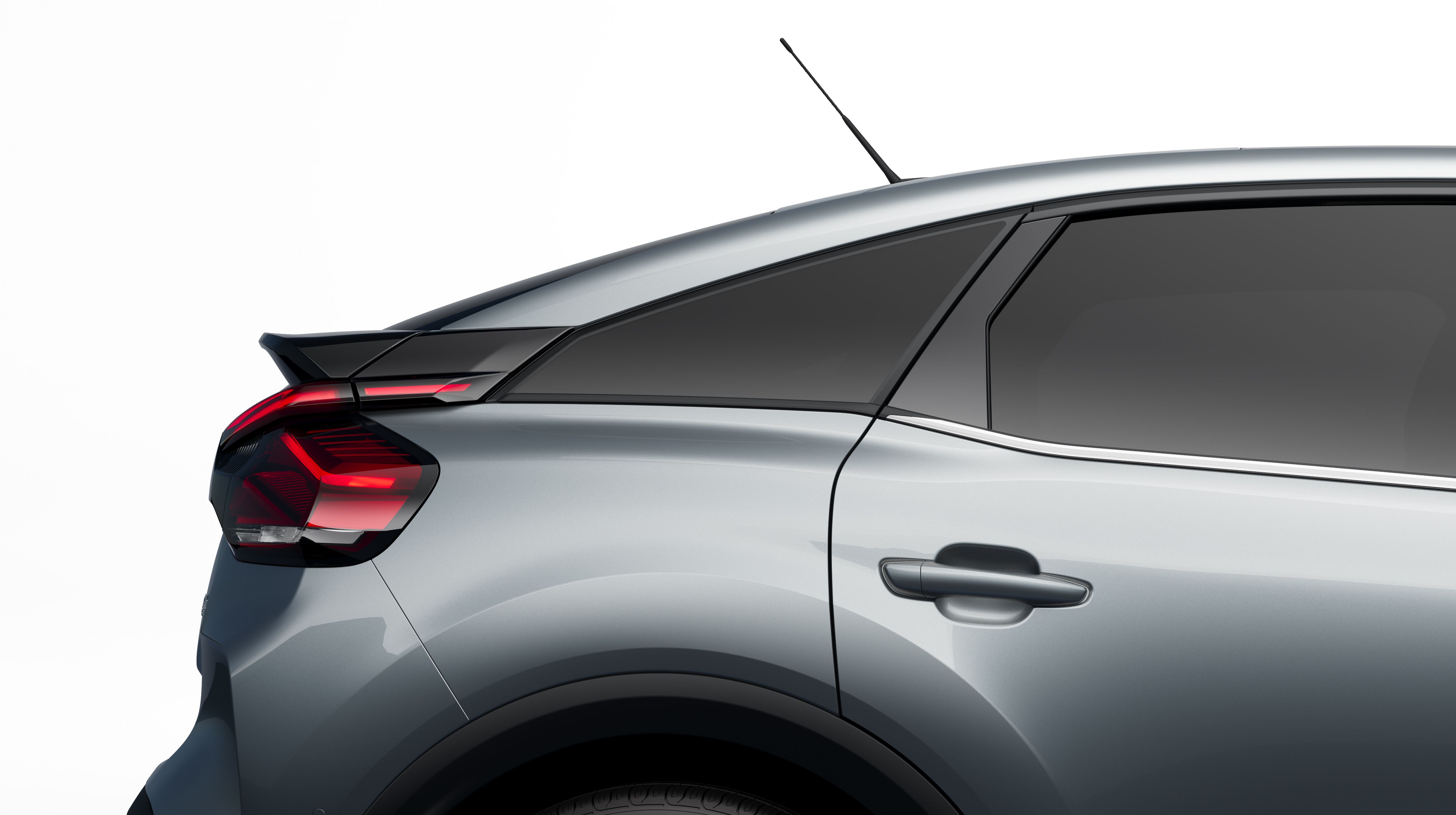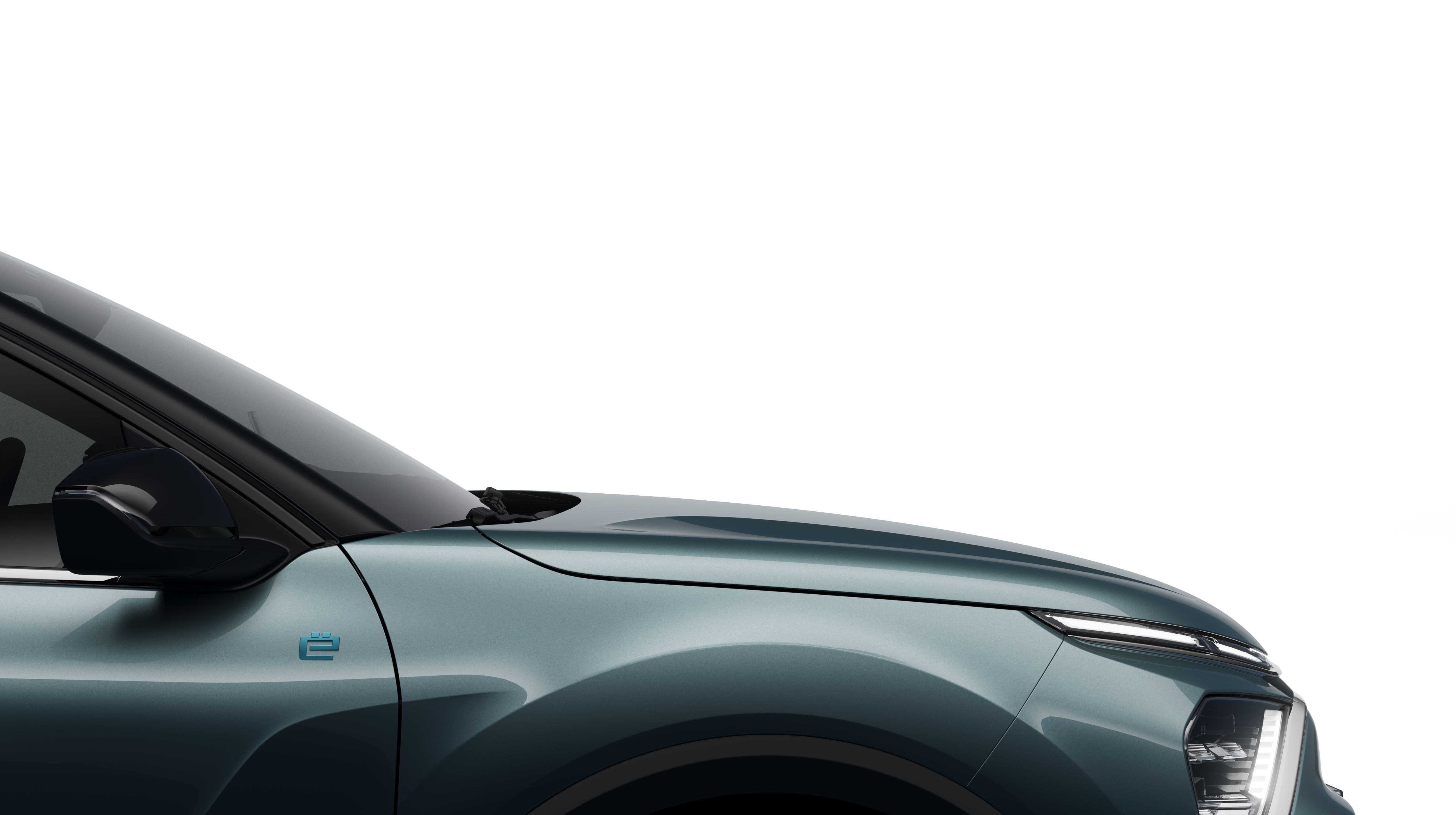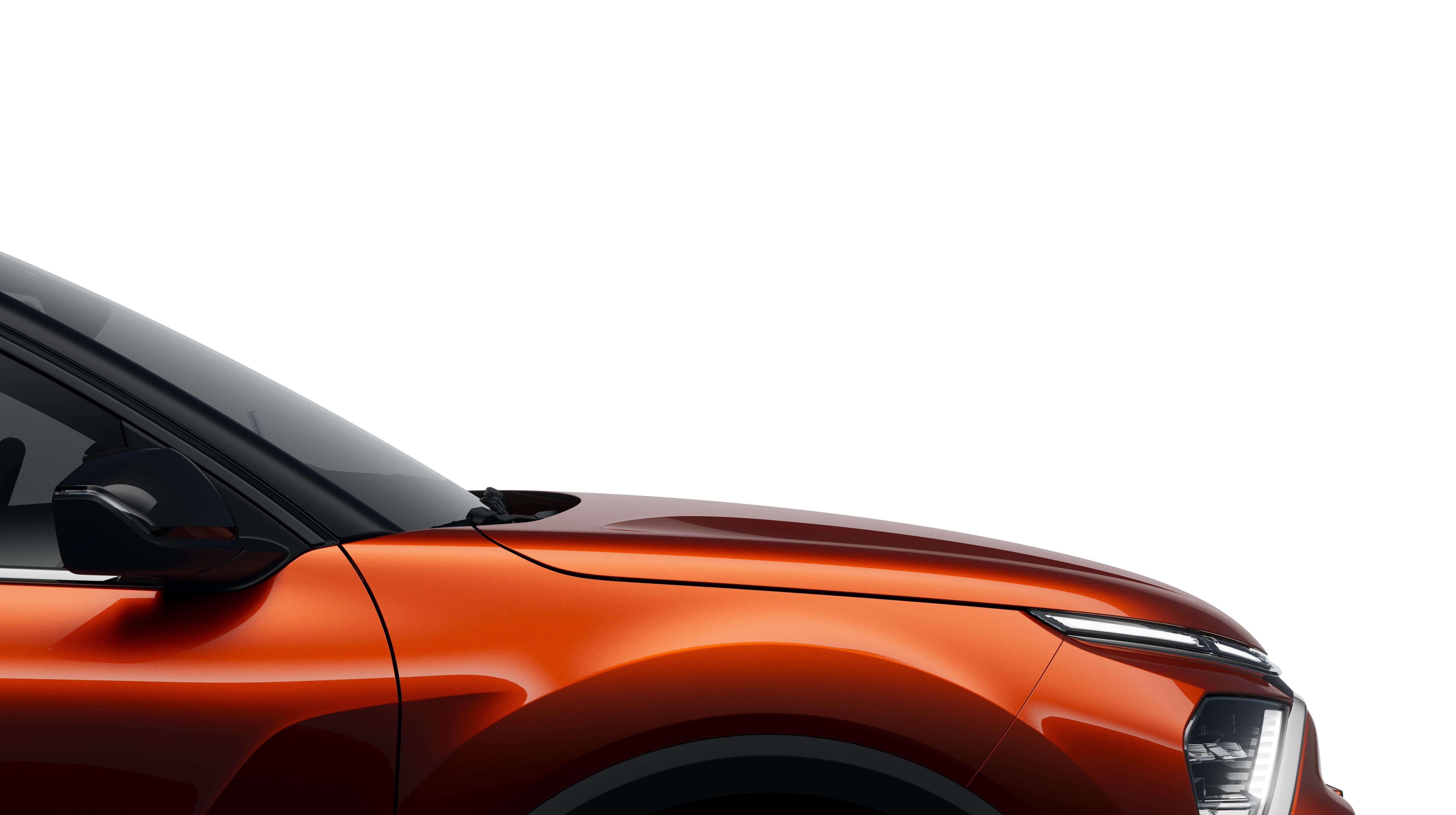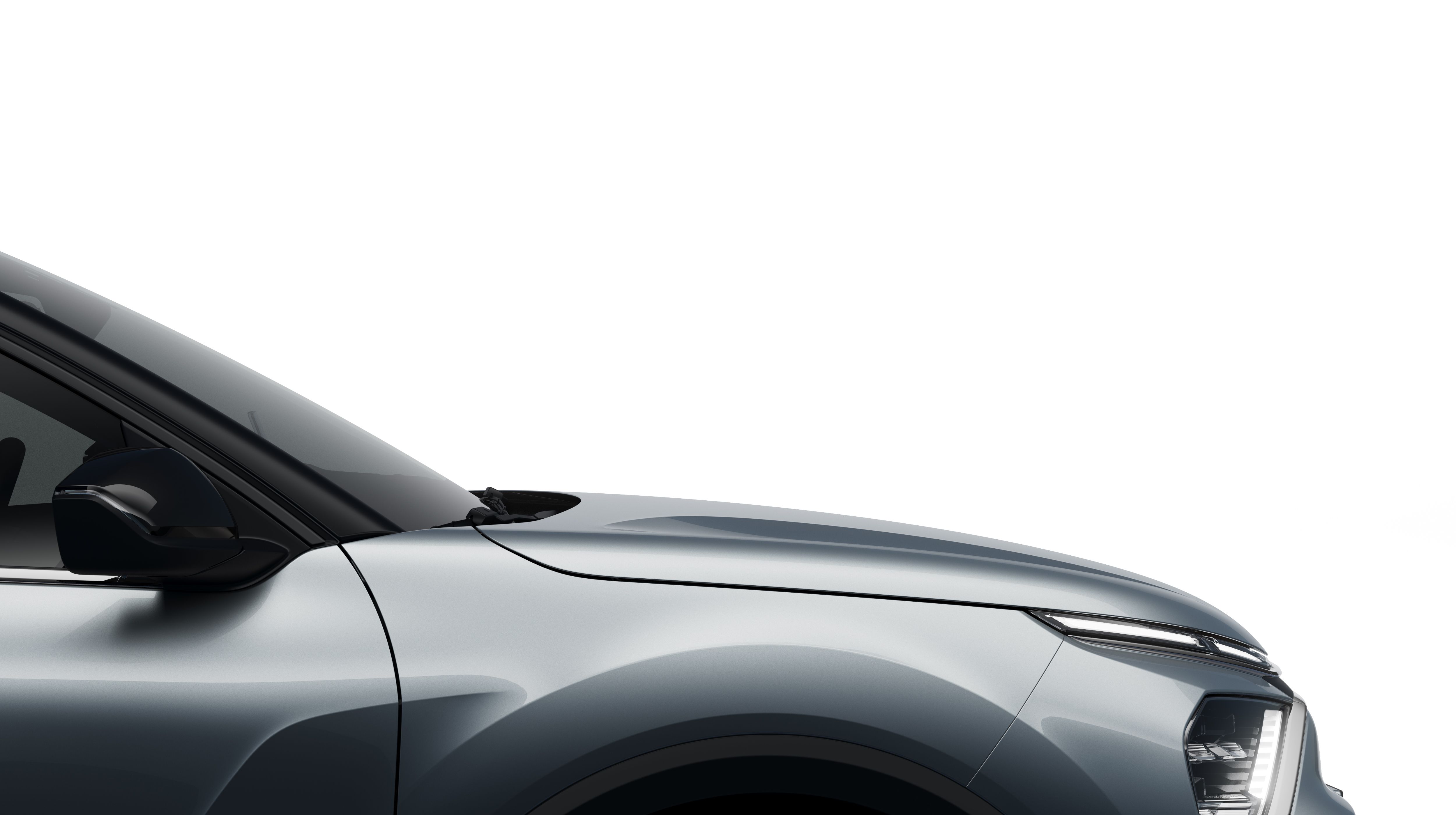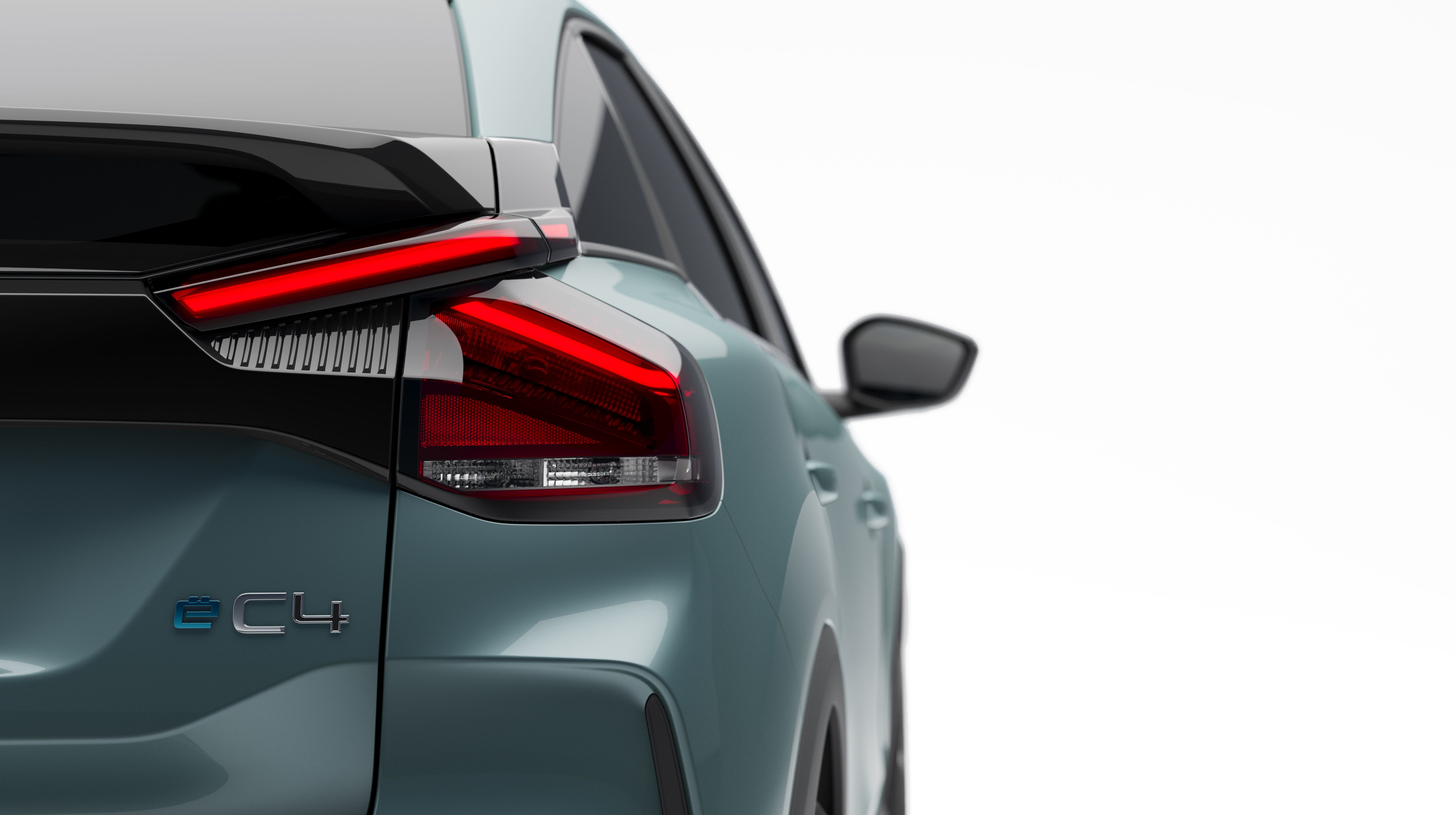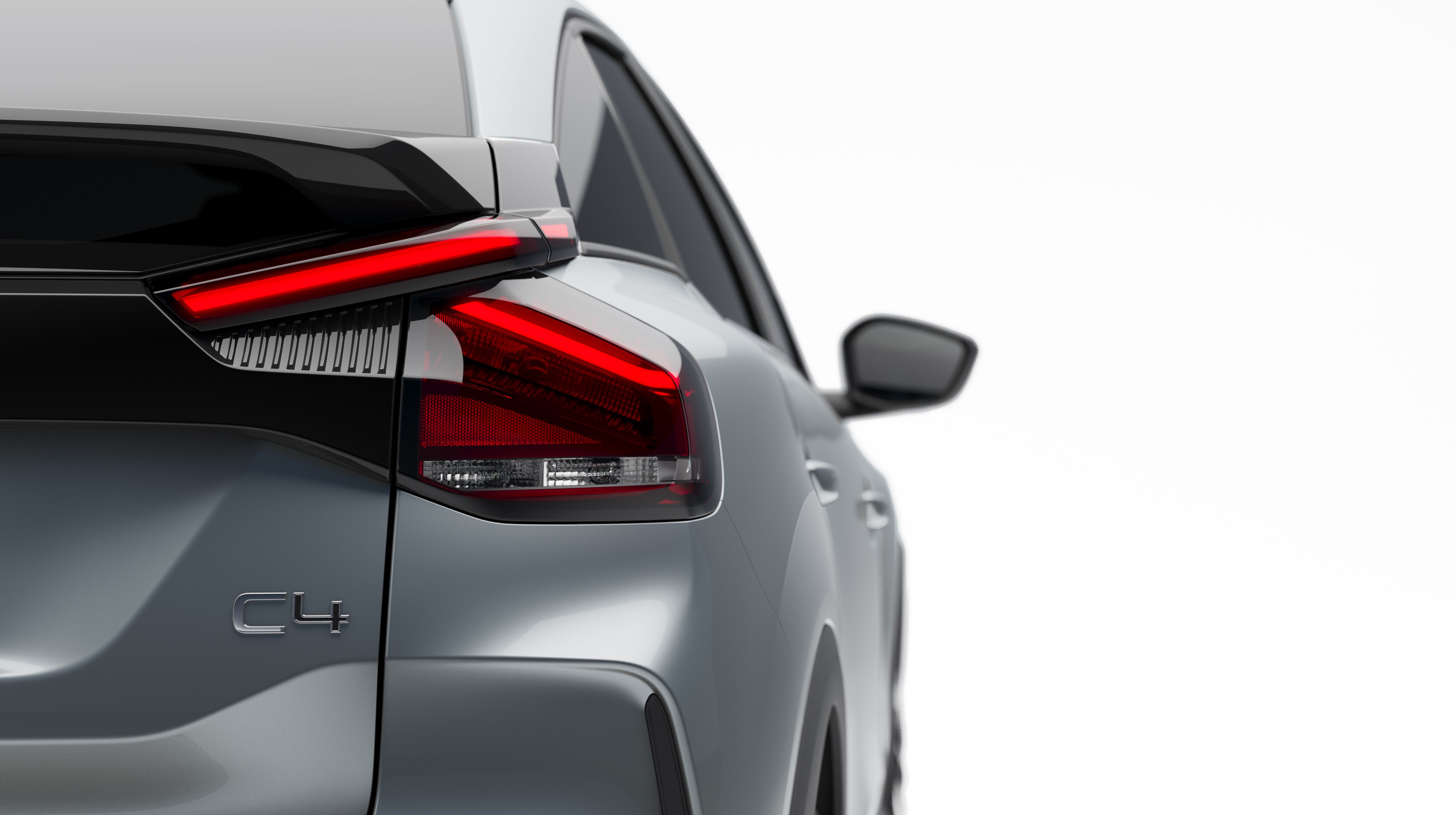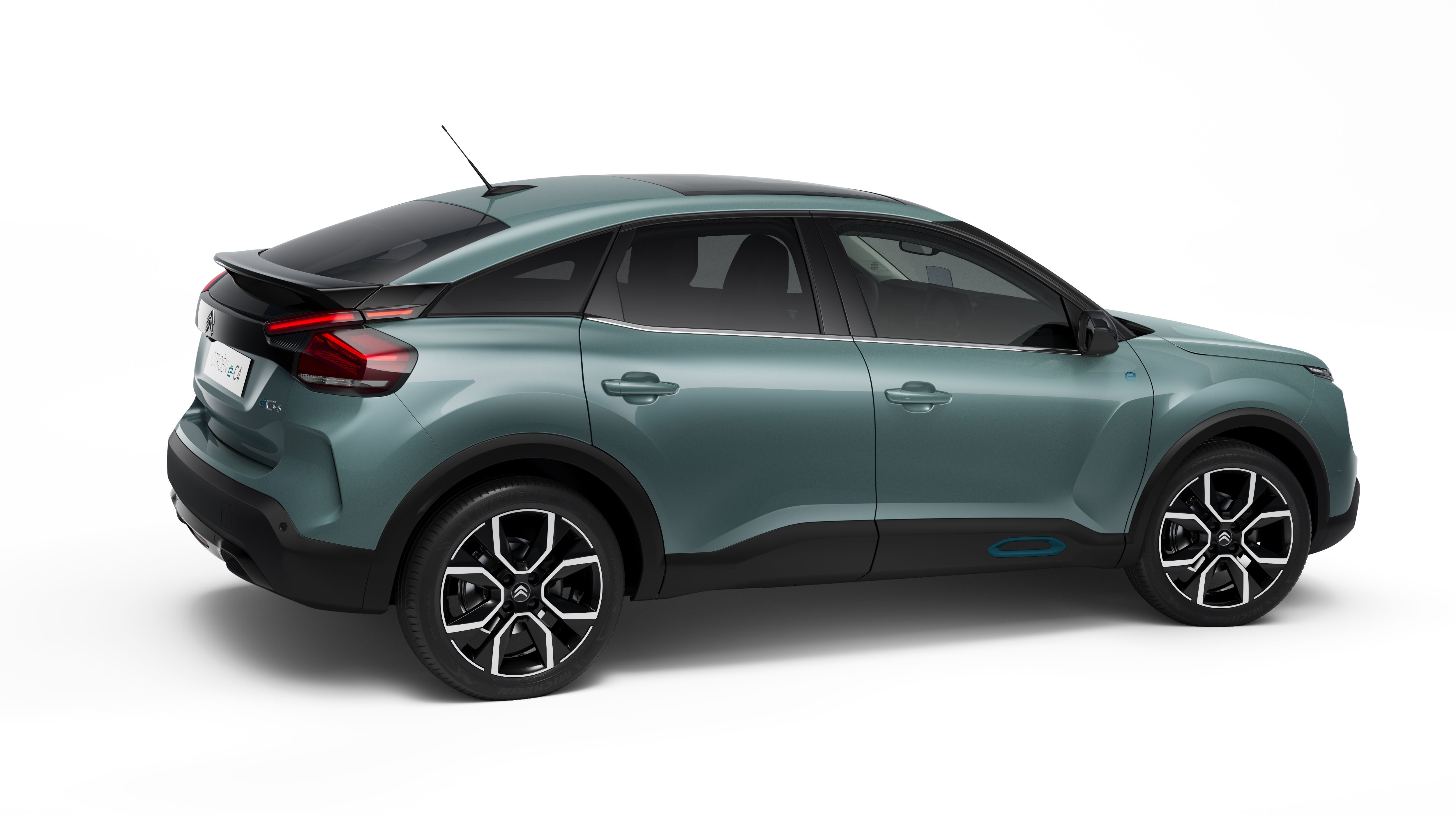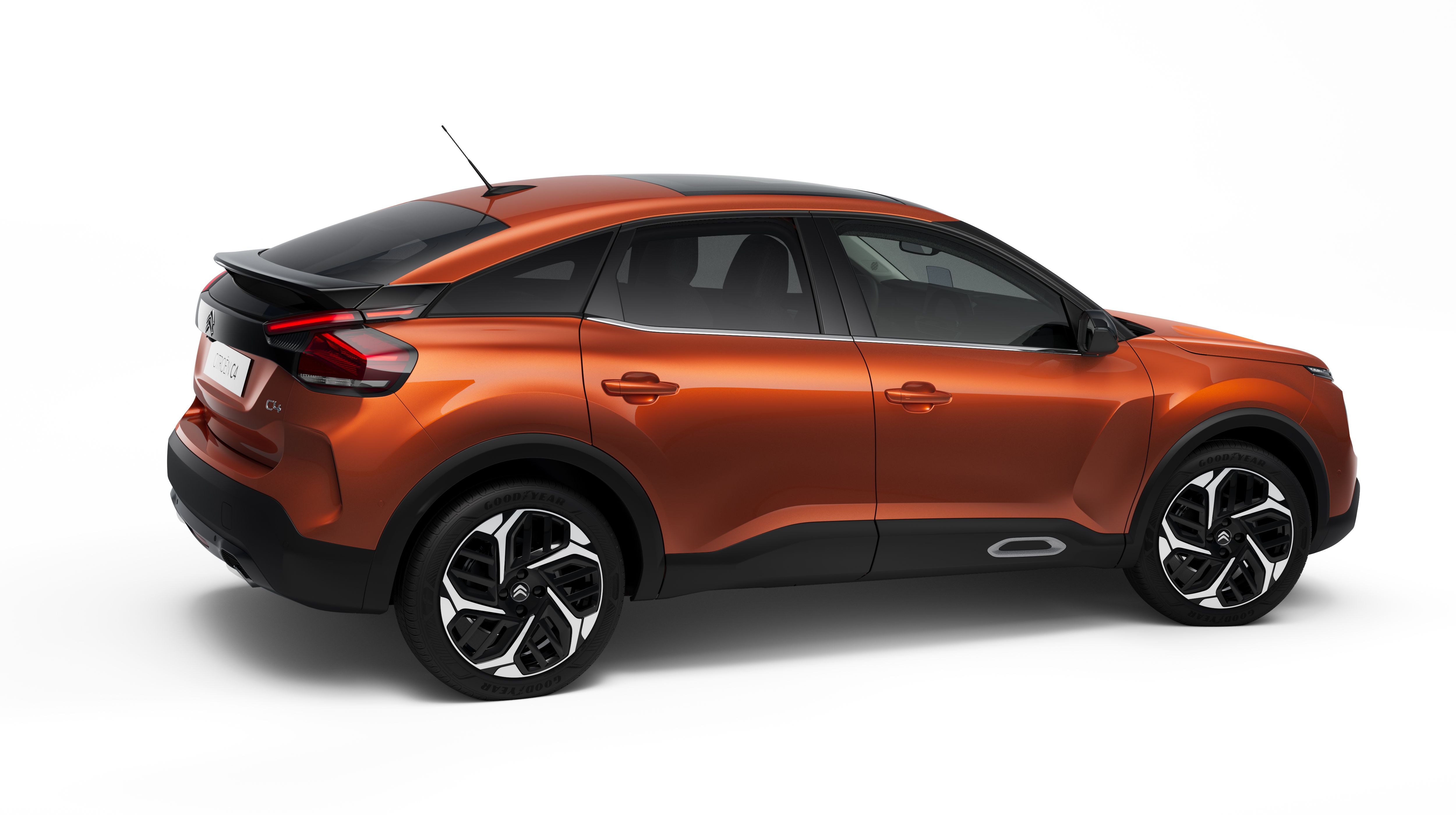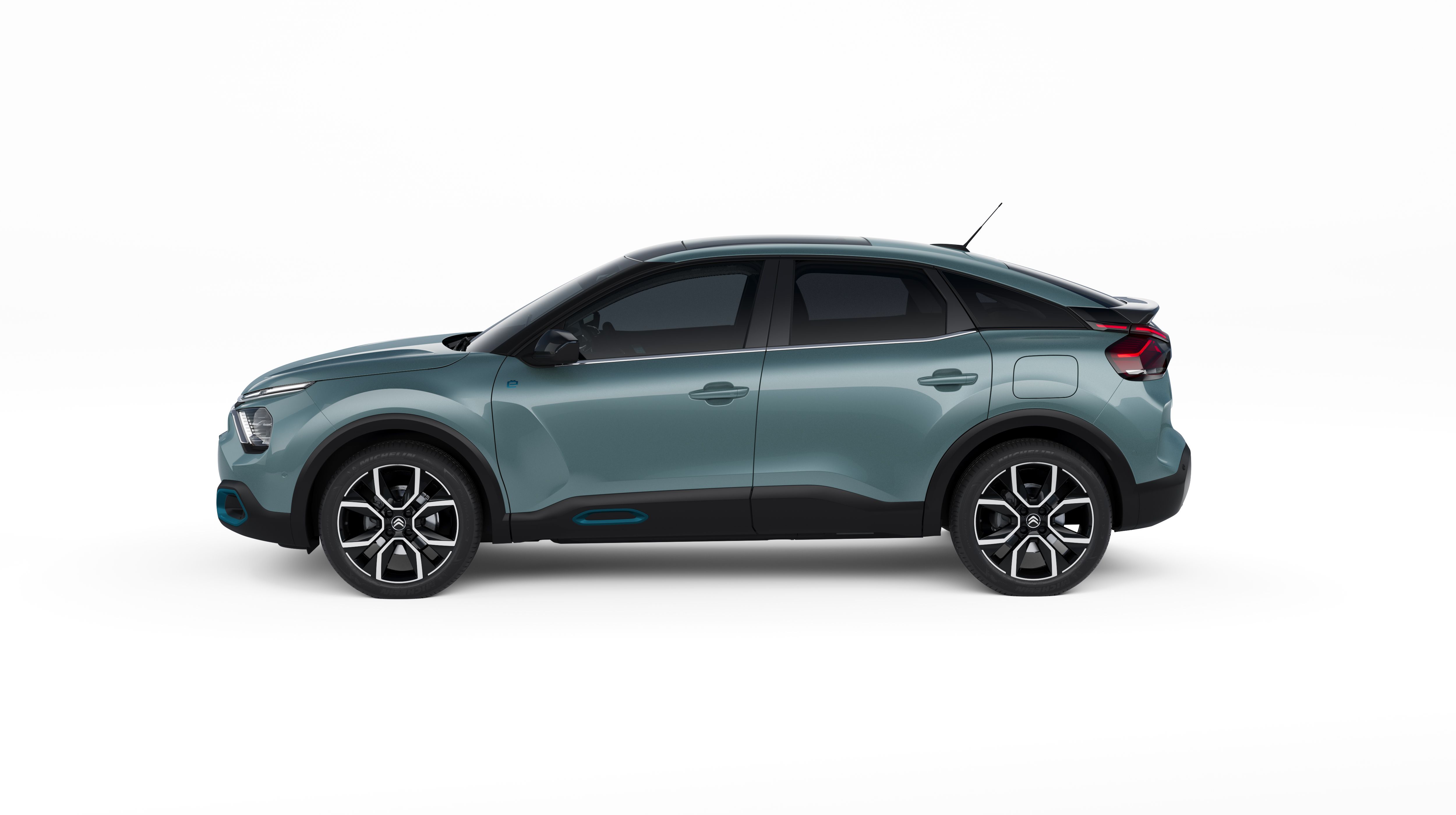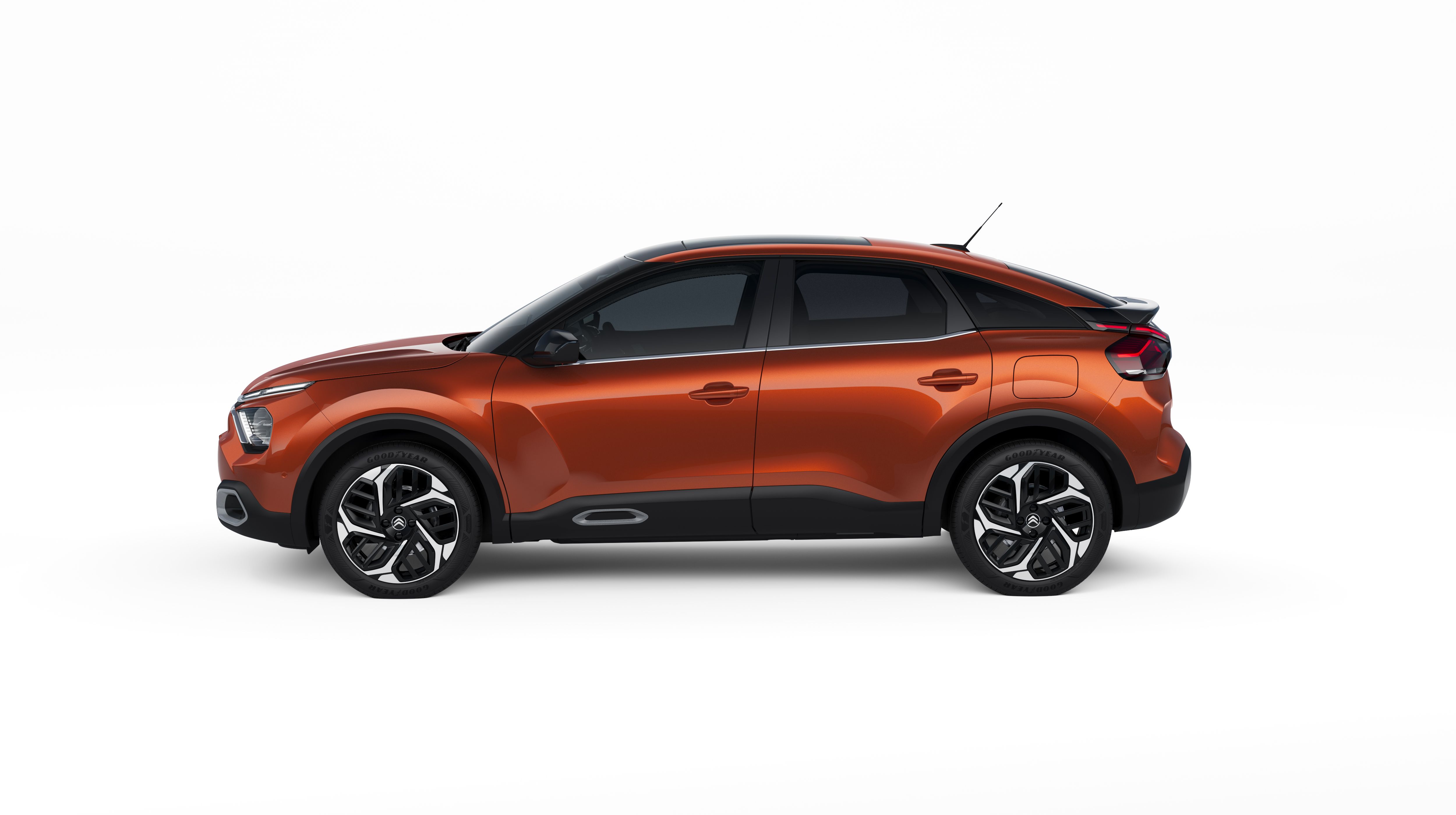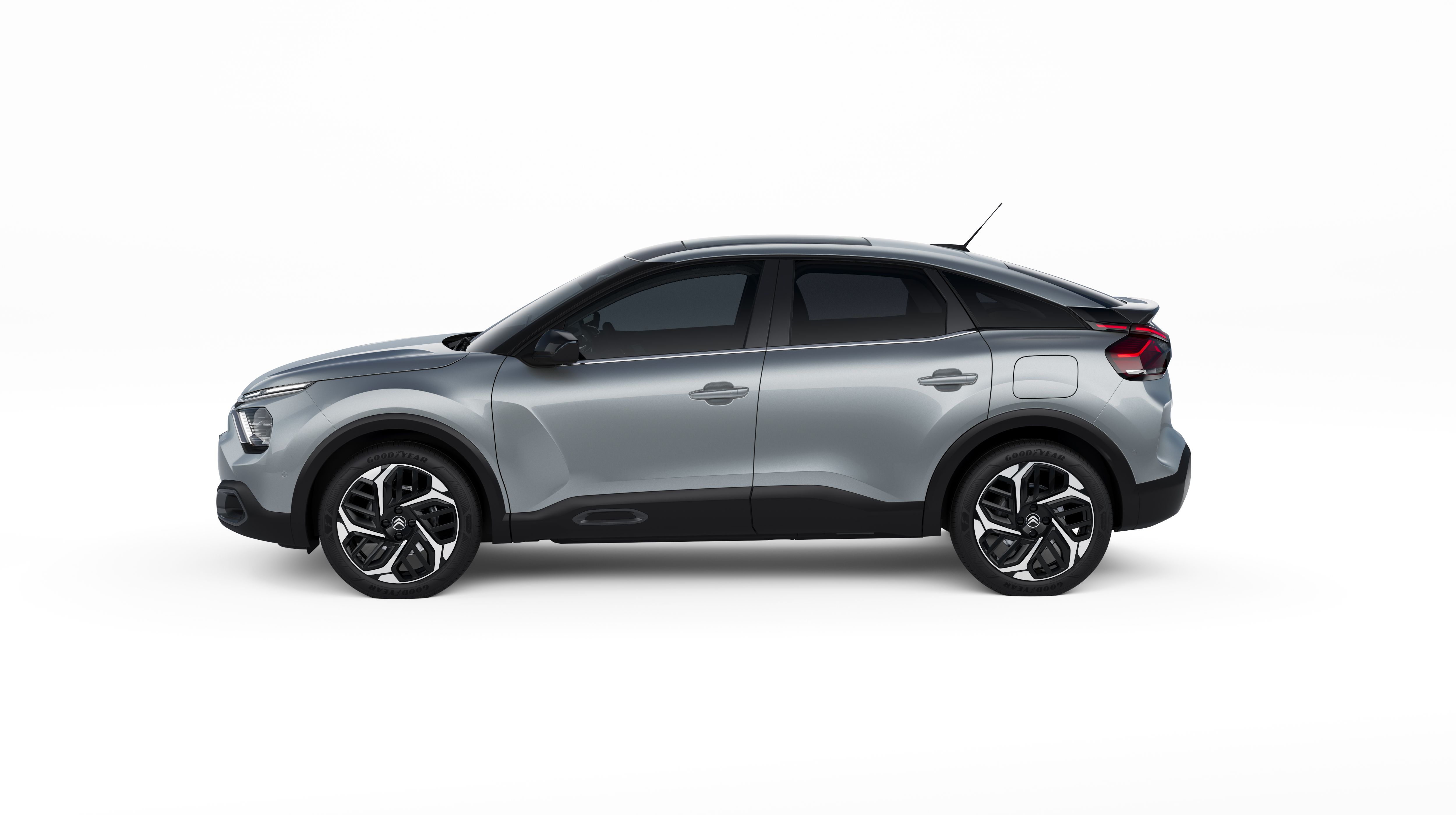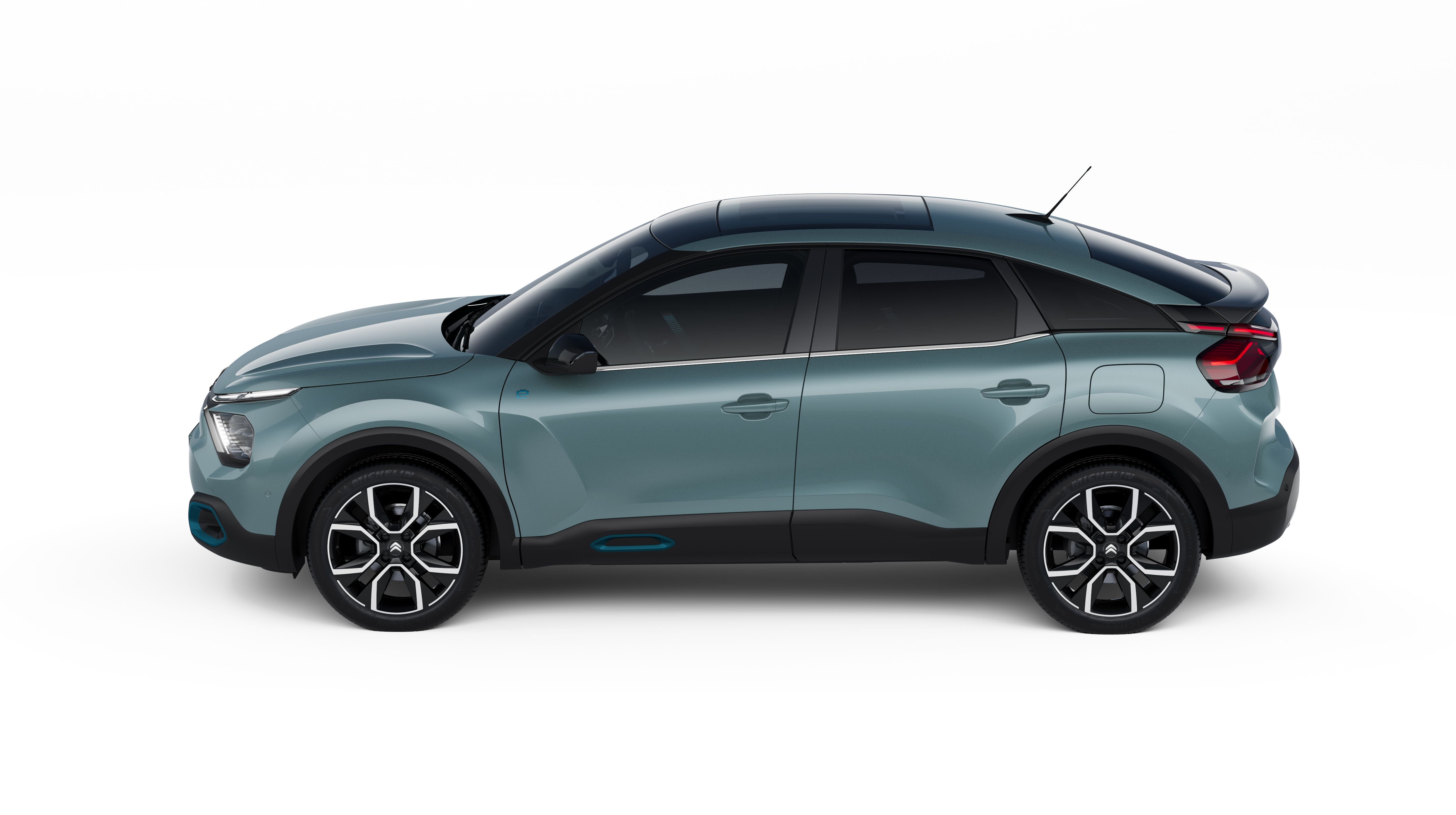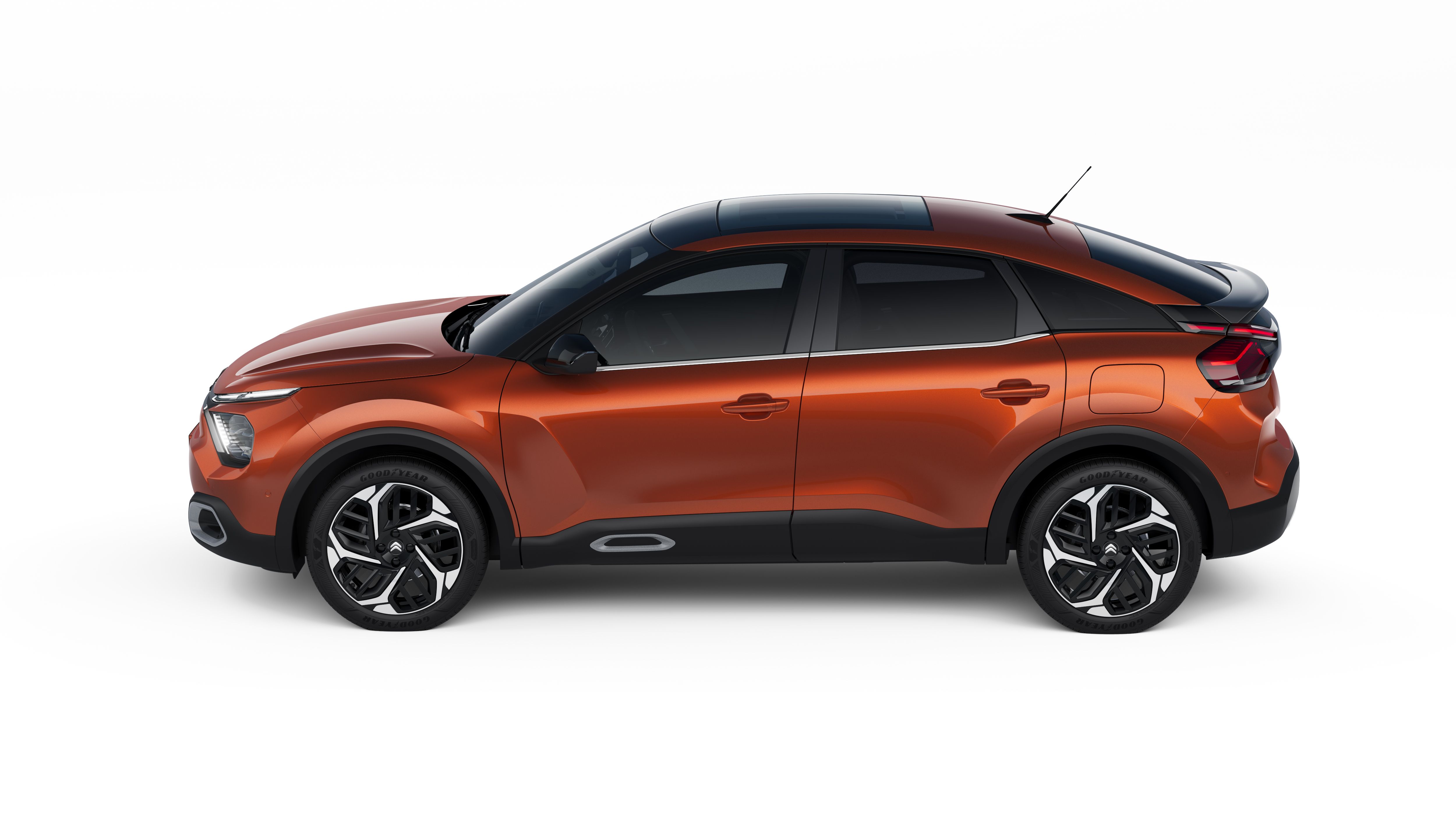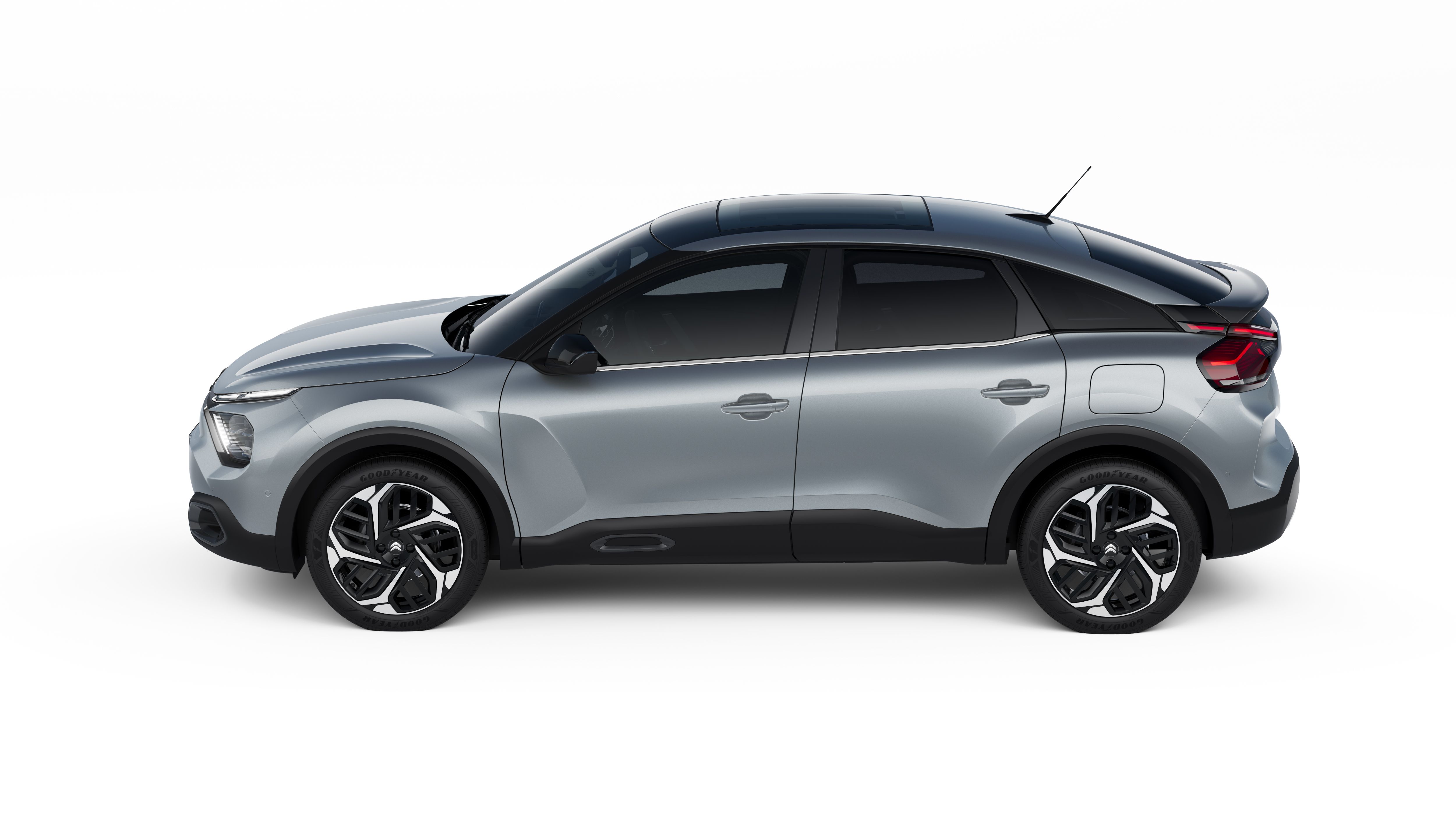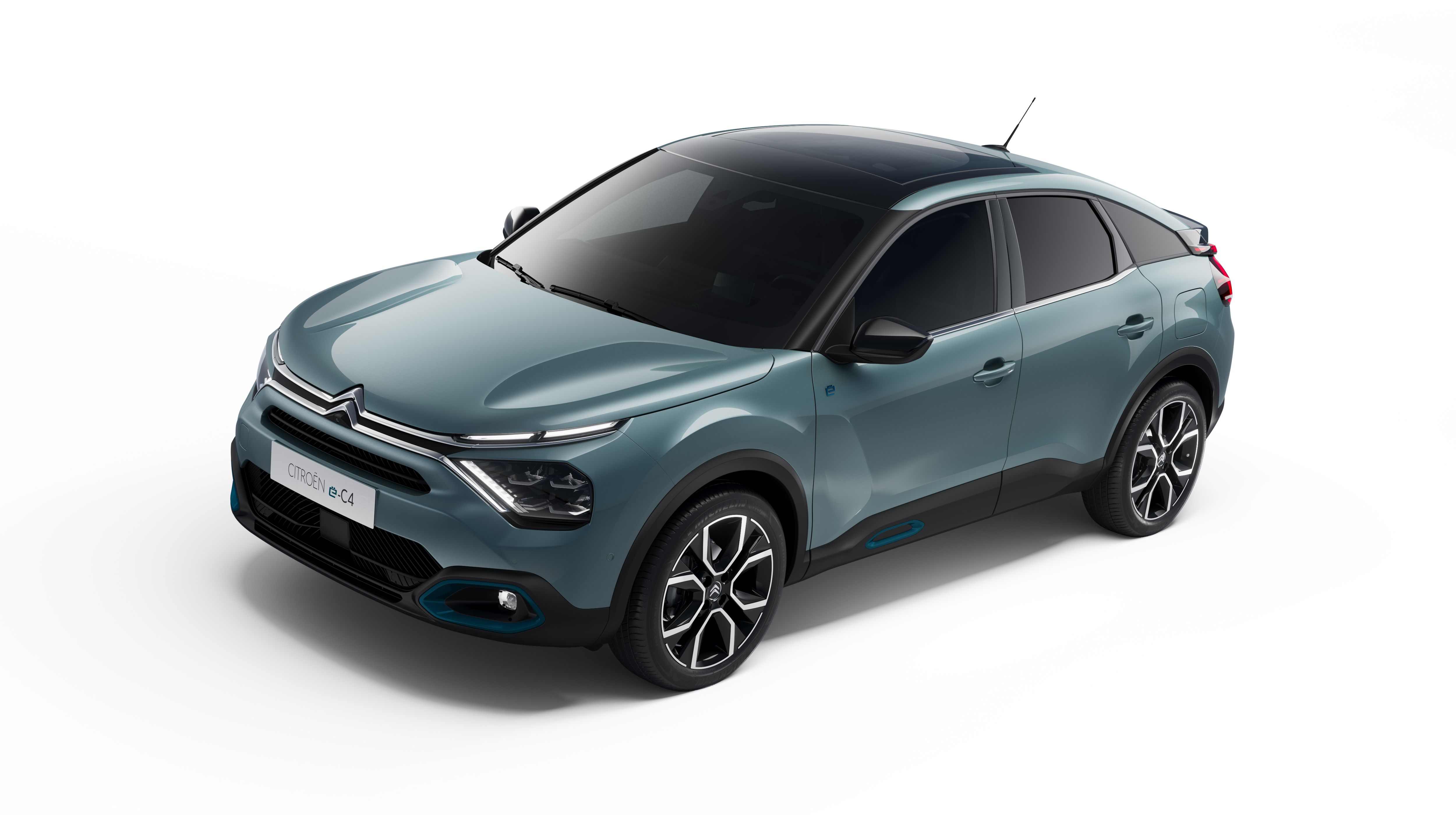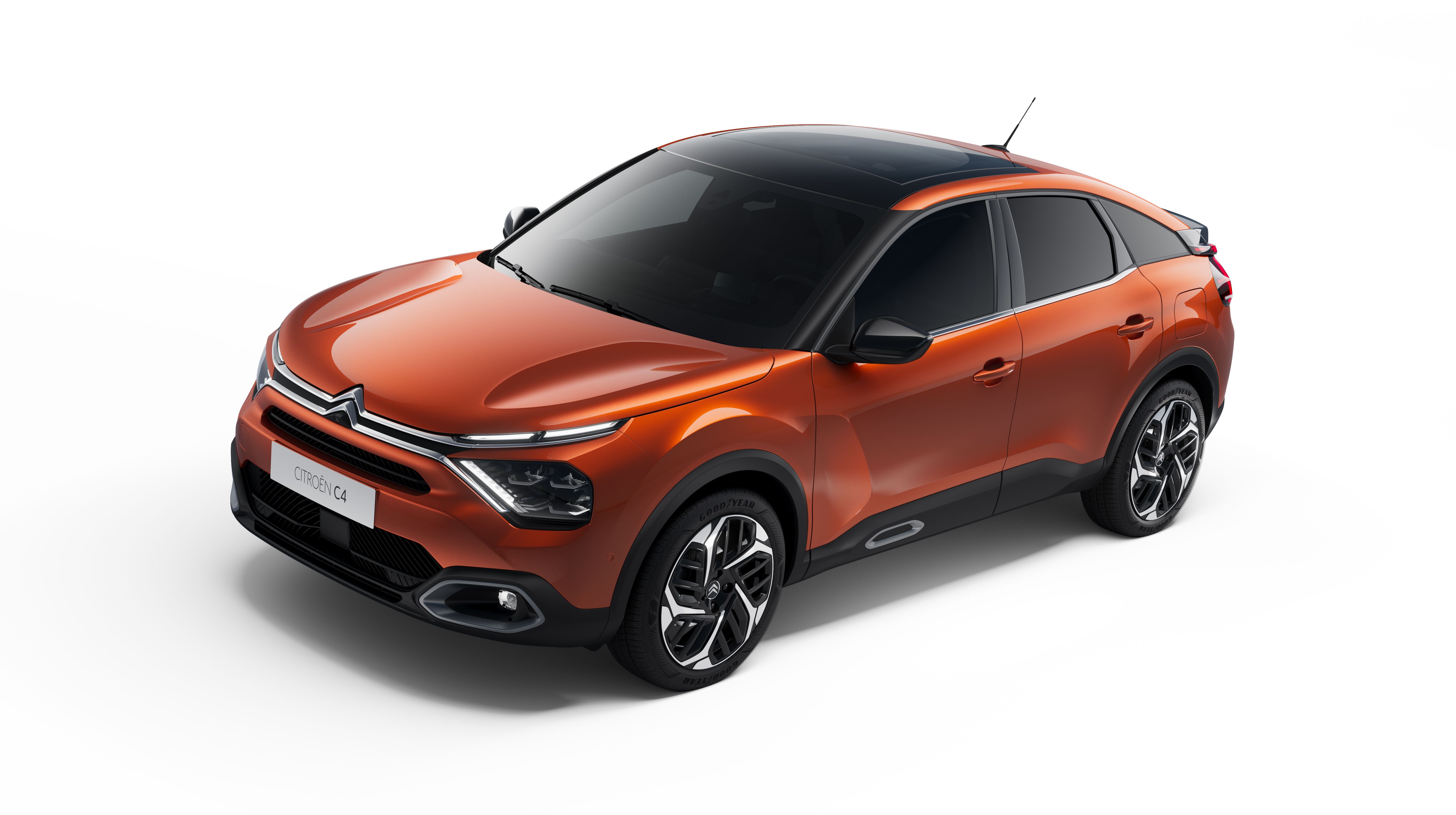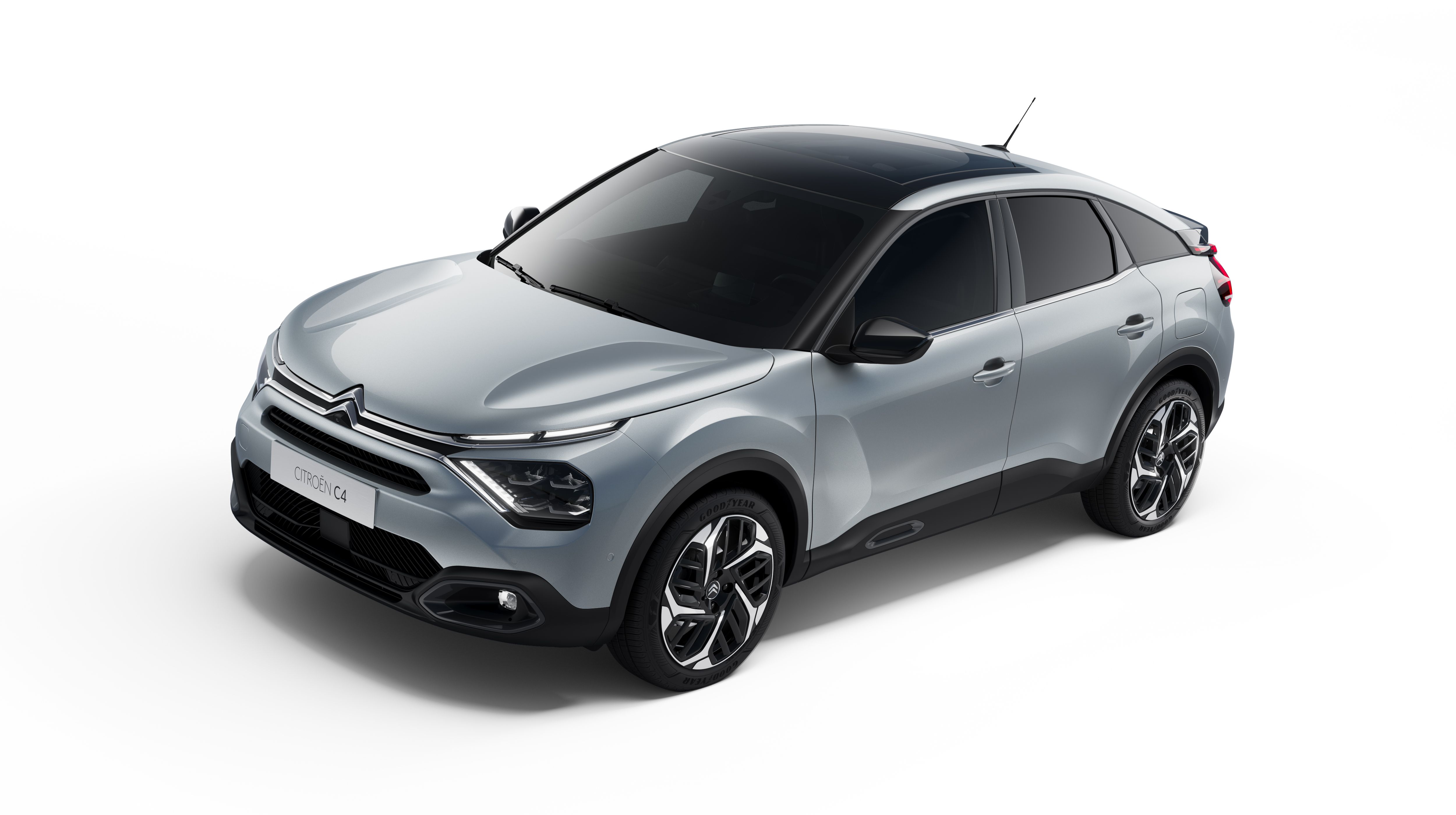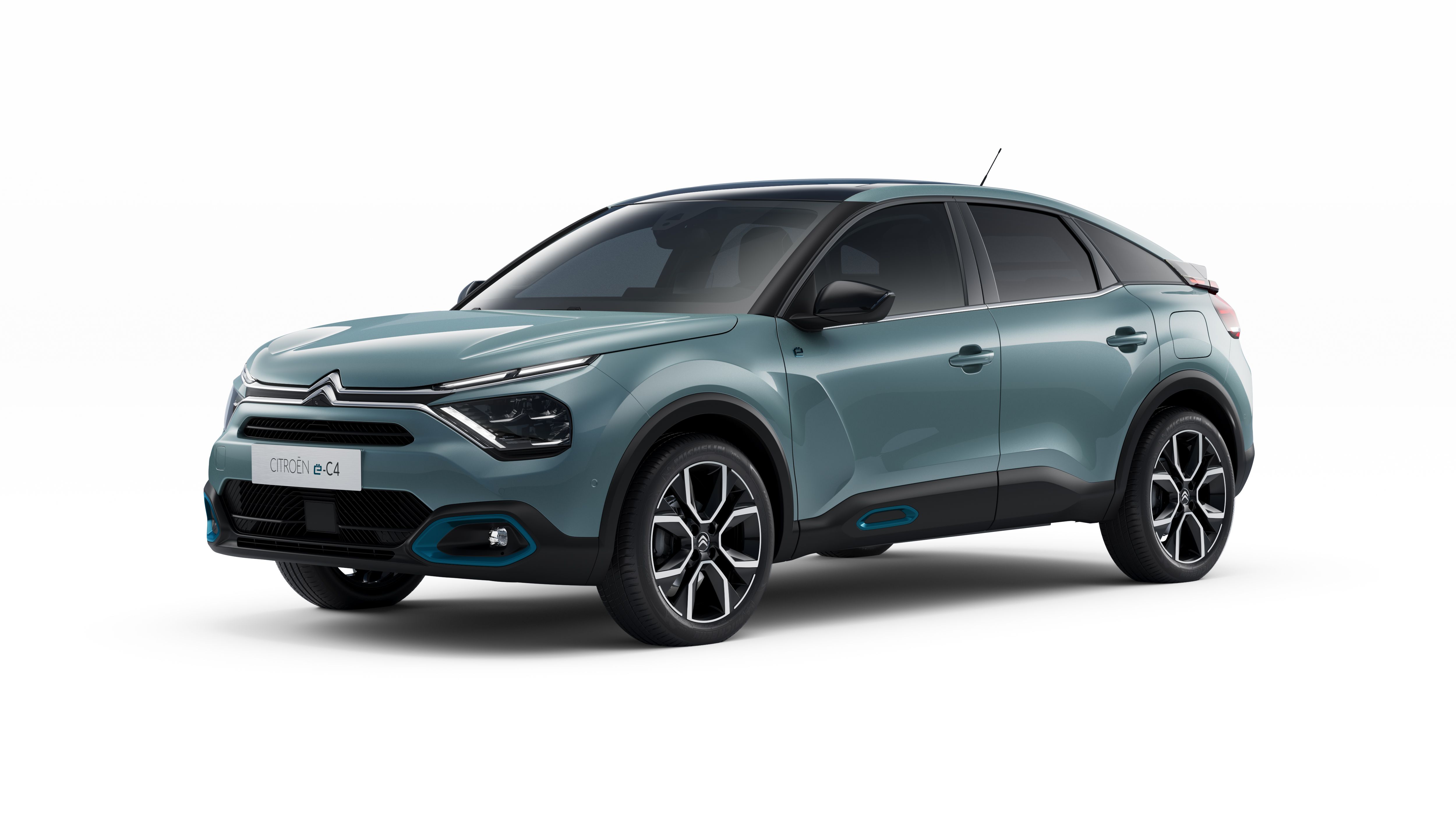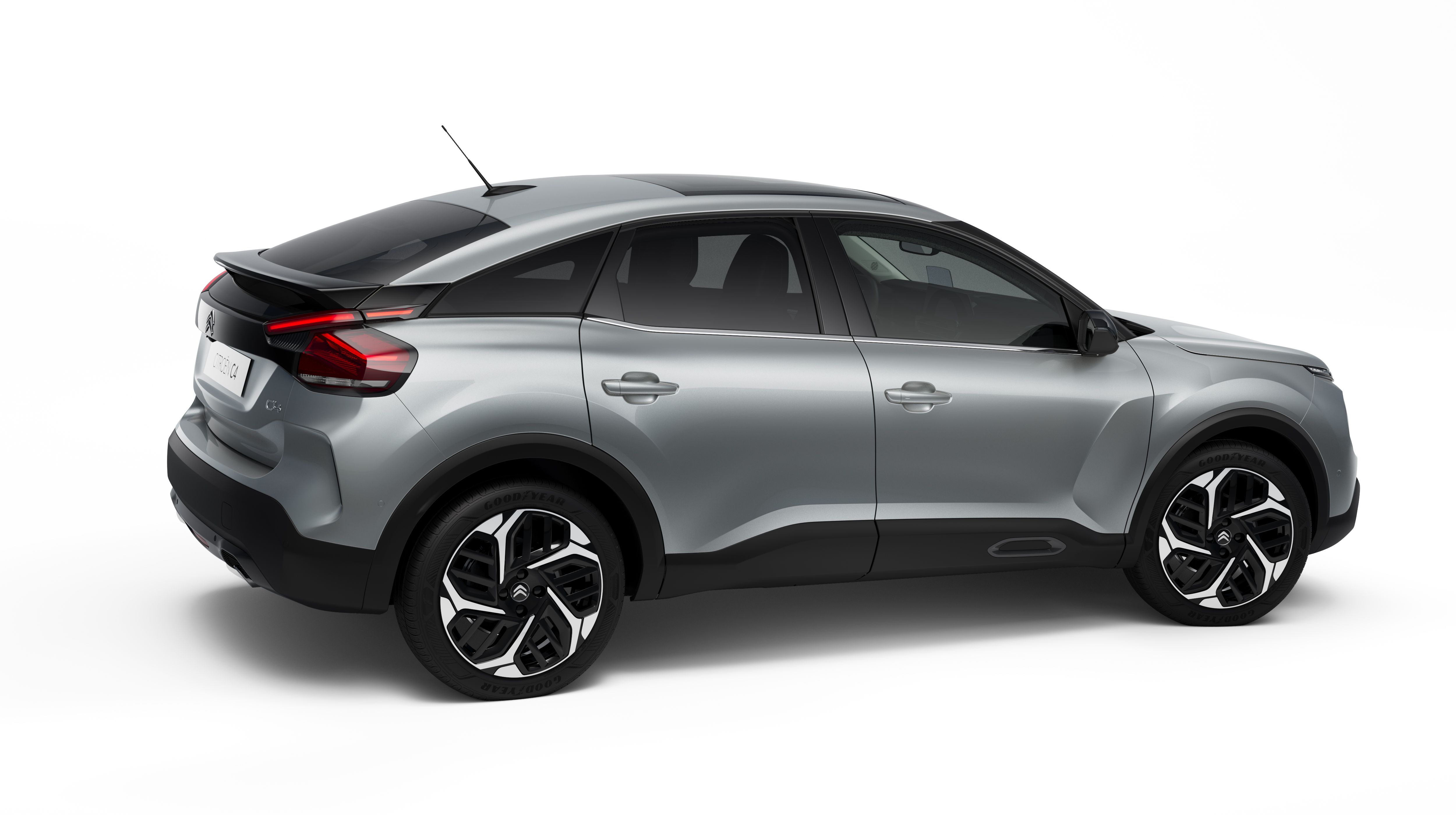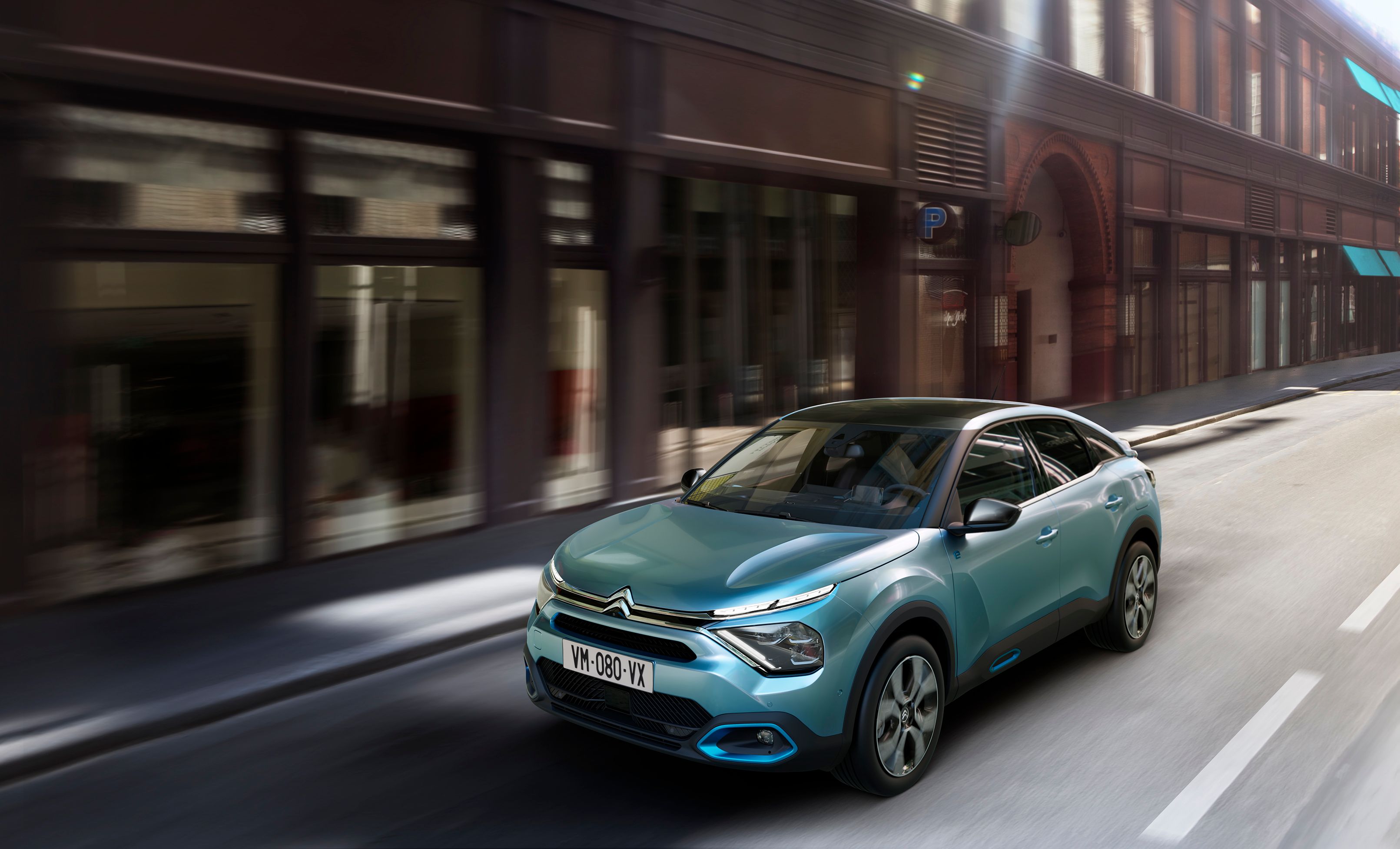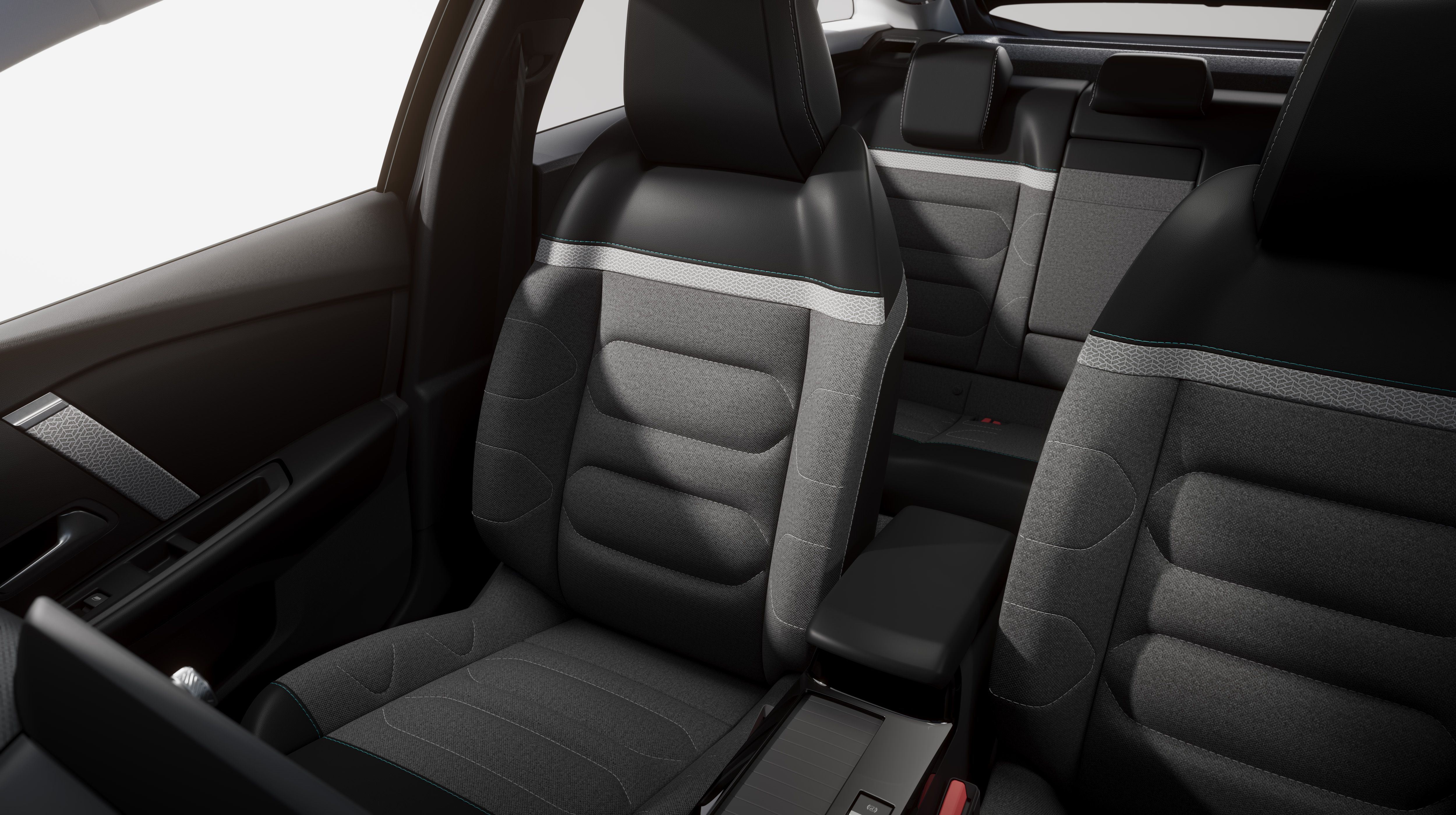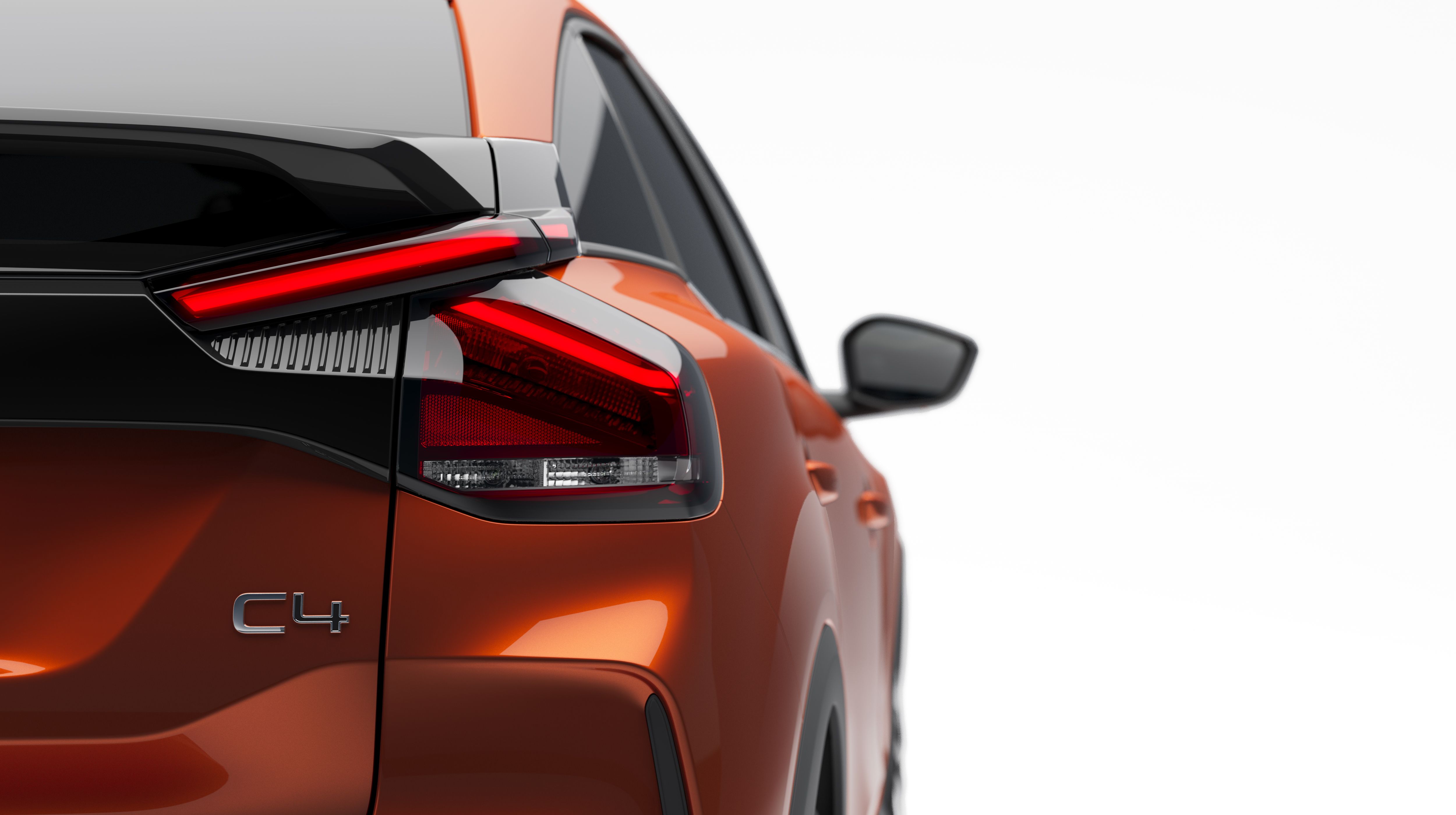The new C4 is here and brings in what can be described as the French equivalent of retro-futurist design. This is especially interesting since Citroens of old were very advanced cars for their time and they also looked futuristic. Because of this, it may seem strange that we are talking about retro-futuristic aesthetics. That is until you look at some of their older models like the Citroen CX or SM. The C4 and now the e-C4 continue to be the backbone of Citroen’s lineup, but will quirky design and modern technology be enough to compete with the best?
2021 Citroen C4 and E-C4
- Make: Array
- Model: 2021 Citroen C4 and E-C4
- [do not use] Vehicle Model: Array
Drivetrain & Performance
The Citroen C4 has always had a decent choice of engines, offering gasoline (petrol) and diesel engine with different power outputs, as well as the all-new, all-electric e-C4.
The first one produces 102 horsepower (76 kW) at 5,500 RPM and 151 pound-feet (205 Nm) at 1,750 RPM. The second one brings those numbers up to 130 horsepower (97 kW) at 5,500 RPM and 170 pound-feet (230 Nm) at 1,750 RPM. The last version produces 155 horsepower (116 kW) at 5,500 RPM and 177 pound-feet (240 Nm) at 1,750 RPM, which allows for a 0 to 62 mph (100 km/h) sprint in around 9.7 seconds. The average fuel consumption for the gasoline units is around 49 MPG (4.8 L/100 km).
The base version can be had only with the six-speed manual, while the 130-horsepower version can be had with either a six-speed manual or an eight-speed automatic from Aisin. The 155-horsepower variant can only be had with the automatic. All versions are Euro 6d-compliant.
It has two power levels. The first one produces 110 horsepower (82 kW) at 3,500 RPM and 184 pound-feet (250 Nm) at 1,750 RPM. The next one takes those numbers to 130 horsepower (97 kW) at 3,750 RPM and 221 pound-feet (300 Nm) at 1,750 RPM. Average fuel consumption is around 63.6 MPG (3.7 L/100 km).
The more powerful version is able to hit 62 mph (100 km/h) in around 10.5 seconds.
Like the gasoline variants, the diesel variants are also Euro 6d-compliant. You get slightly fewer options here, as the base diesel engine can only be had with the six-speed manual, while the more powerful version can only be had with the eight-speed automatic.
e-C4 Drivetrain & Performance
We mentioned that the new C4 can be had as an EV as well, in the form of the e-C4. Like its coal-fueled versions, the all-electric e-C4 sends power to the front axle. It features a single electric motor and a 50 kWh battery. The setup allows for a 217-mile (350 km) range. The average consumption is around 16.6 kWh / 100 km (26.7 kWh / 100 miles) or the equivalent of 126 MPGe. At the same time, it produces 136 horsepower (100 kW) and 192 pound-feet (260 Nm). This allows the EV to sprint to 62 mph (100 km/h) in 9.7 seconds. The top speed is significantly lower, compared to its internal combustion engine counterparts, at 93.2 mph (150 km/h).
2021 Citroen e-C4 specifications
|
Powertrain |
Single electric motor |
|---|---|
|
Battery |
50 kWh |
|
Range |
217 miles (350 km) |
|
Horsepower |
136 HP |
|
Torque |
192 LB-FT |
|
Top Speed |
93.2 mph (150 km/h) |
|
Weight |
3,397 pounds (1,541 kg) |
At 3,397 pounds (1,541 kg) the e-C4 is significantly heavier compared to the gasoline variants (2,665 pounds / 1,209 kg) and diesel variants (2,778 pounds / 1,260 kg). With its 6.1-inch (156 mm) ground clearance, the new C4 should also provide a scrape-free driving experience.
Exterior
Throughout the years, Citroen has been giving us some of the most futuristic-looking vehicles in the industry. Although they slightly deviated from this design theme with their previous-generation models, now they are back at it again. Those who are familiar with the model will notice that the C4 has become a crossover. This is due to the increased demand for cars with a slightly more elevated position.
To put things in perspective, the old C4 hatchback was 170.4 inches (4,329 mm) long, 70.4 inches (1,789 mm) wide, and 59.1 inches (1,502 mm) high. The new generation has ground-up in every measurable way. It’s 171.5 inches (4,355 mm) long, 72.2 inches (1,834 mm) wide, and 59.8 inches (1,520 mm) high. The 2021 C4 also has a longer wheelbase – 105.1 inches (2,670 mm) compared to the old car’s 102.7 inches (2,608 mm).
2021 Citroen C4 exterior dimensions
|
Length |
171.5 |
170.4 |
|---|---|---|
|
Width |
72.2 |
70.4 |
|
Height |
59.8 |
59.1 |
|
Wheelbase |
105.1 |
102.7 |
The rear end features a high profile and carries over the V-shaped LED lights. We can also see that the cargo opening is quite low, so loading stuff in the back will be a breeze. Overall, the new C4 looks a lot more athletic, purposeful, and distinctive. The e-C4 stands out with the obligatory for most EVs blue trim on the exterior.
Interior
For the most part, French cars have featured very clever use of interior space. The previous C4 had one of the most spacious interiors in the segment. The new one improves upon it further. The interior of the new C4 is all about quality and modernity, featuring good quality materials, flat surfaces, and lots of tech, even as standard. The 10-inch touchscreen is standard for all trim levels and the seats are extra cushioned, for better comfort – something Citroen has been known for, for almost a century. The instrument cluster consists of a flat-screen, which gives you all the info you may need and can be customized.
You get your climate controls near the bottom of the center console, where you would expect and even the buttons on the steering wheel are flush and non-intrusive. As we mentioned, because you get a lot of glass surfaces on the new C4, visibility is great.
Cargo space is generous too. Opening the rear hatch reveals a low cargo area, with 13.4 cubic feet (380 liters) of capacity. This is slightly less than the previous generation's 14.4 cubic-feet (408 liters). However, the new C4 makes up for it, with a maximum cargo capacity of 44.1 cubic feet (1,250 liters), compared to the old one’s 41.8 cubic feet (1,183 liters) after folding the rear seats.
Price
The new Citroen C4 will start at £20,990, while the all-electric e-C4 will cost around £29,180 after the plug-in car grand has been applied. All-in-all, a top-spec Citroen C4 will come at around £27,590, while a fully-equipped e-C4 will come in at £31,330.
These numbers equate to $29,189 for the base C4 and $40,578 for the base e-C4. For the full-spec C4 and e-C4, it would be the equivalent of $38,367 and $43,570 respectively.
Competition
Hyundai Kona
Hyundai’s compact crossover is one of the latest additions to the segment and from 2020, it’s all-electric. It can be had in two versions, both of which have a single electric motor powering the front wheels. The base one develops 136 horsepower (100 kW) and 291 pound-feet (395 Nm). This is good for a 0-62 mph (100 km/h) sprint in 9.9 seconds, on its way to a top speed of 96.3 mph (155 km/h). At the same time, you get a range of 190 miles (305 km), with an average consumption of 146 MPGe (14.3 kWh / 100 km). The top version bumps power to 204 horsepower (152 kW), while torque remains the same. Performance is improved, as the sprint to 62 mph now happens in 7.9 seconds, while the top speed is 104 mph (167 km/h). The now 64 kWh battery is good for a range of 301 miles (484 km), with an average consumption of 142 MPGe (14.7 kWh / 100 km). The Kona offers less practicality, as interior and cargo space are not as generous. In the UK, prices start at £21,060 or the equivalent of $29,292. Unlike the Peugeot, the Kona is already being sold in the US too, at a starting price of $20,450. A full-spec Kona will set you back $29,450.
Read our full review on the Hyundai Kona
Volvo V40 Cross Country
Internal combustion engines are still very much alive and popular, and on that front, this will be one of C4’s biggest European competitors. The Volvo V40 is yet to receive an all-electric version, but we expect it will with the upcoming 2022 model. In the meantime, it still offers a variety of turbo-four gasoline and diesel engines. Power ranges from 120 to 152 horsepower. The Volvo features an upscale interior but interior space can best be described as adequate. The cargo capacity is a not very impressive 11.4 cubic feet (324 liters), but things get significantly better when you fold down the rear seats, to reveal a 53-cubic feet (1,500 liters) cargo area. The petrol version can achieve 41 MPG (5.8 L/100 km) combined while enabling the V40 to hit 62 mph (100 km/h) in 8.5 seconds. The more powerful 150-horsepower diesel variant almost matches the performance figures of the 1.5-liter turbocharged gasoline unit, with a 0-62 mph time of 8.6 seconds and average fuel consumption of 51 MPG (4.6 L/100 km). Prices for the UK start at £23,675 but can get up to £34,960, or the equivalent of $32,907 and $48,622 respectively.
Read our full review on the Volvo V40 Cross Country
Conclusion
With the introduction of the new C4 and e-C4, Citroen wants to bring glory back to one of their oldest names, dating back to the 1920s. The new C4 reinterprets the marque’s old design, which made Citroens of the past distinctive and futuristic. Although the C4 is still very much a hatchback, it embodies traits and solutions from the crossover segment. Given that both the hatchback and crossover markets are substantial in Europe, the C4 and e-C4 respectively are expected to be one of Citroen’s most successful models. Moreover, unlike other brands, they still offer a wide variety of drivetrains – diesel, gasoline, and electric. Overall, the C4 merges modern technology with the effortless comfort that the now-classic models of the brand were praised for back in the day.

